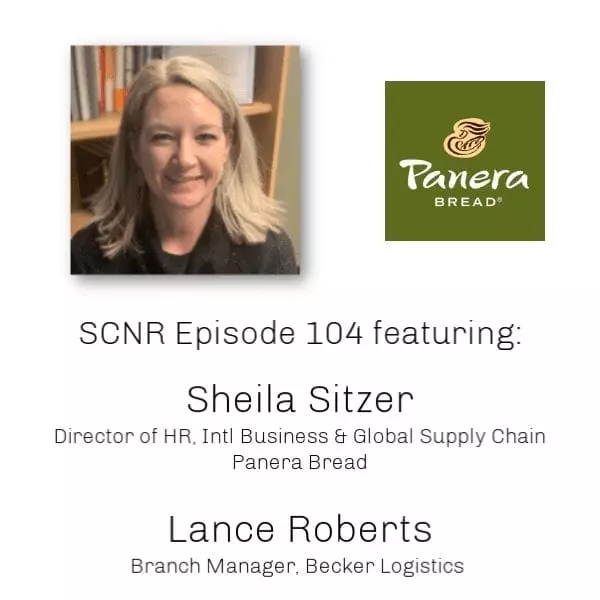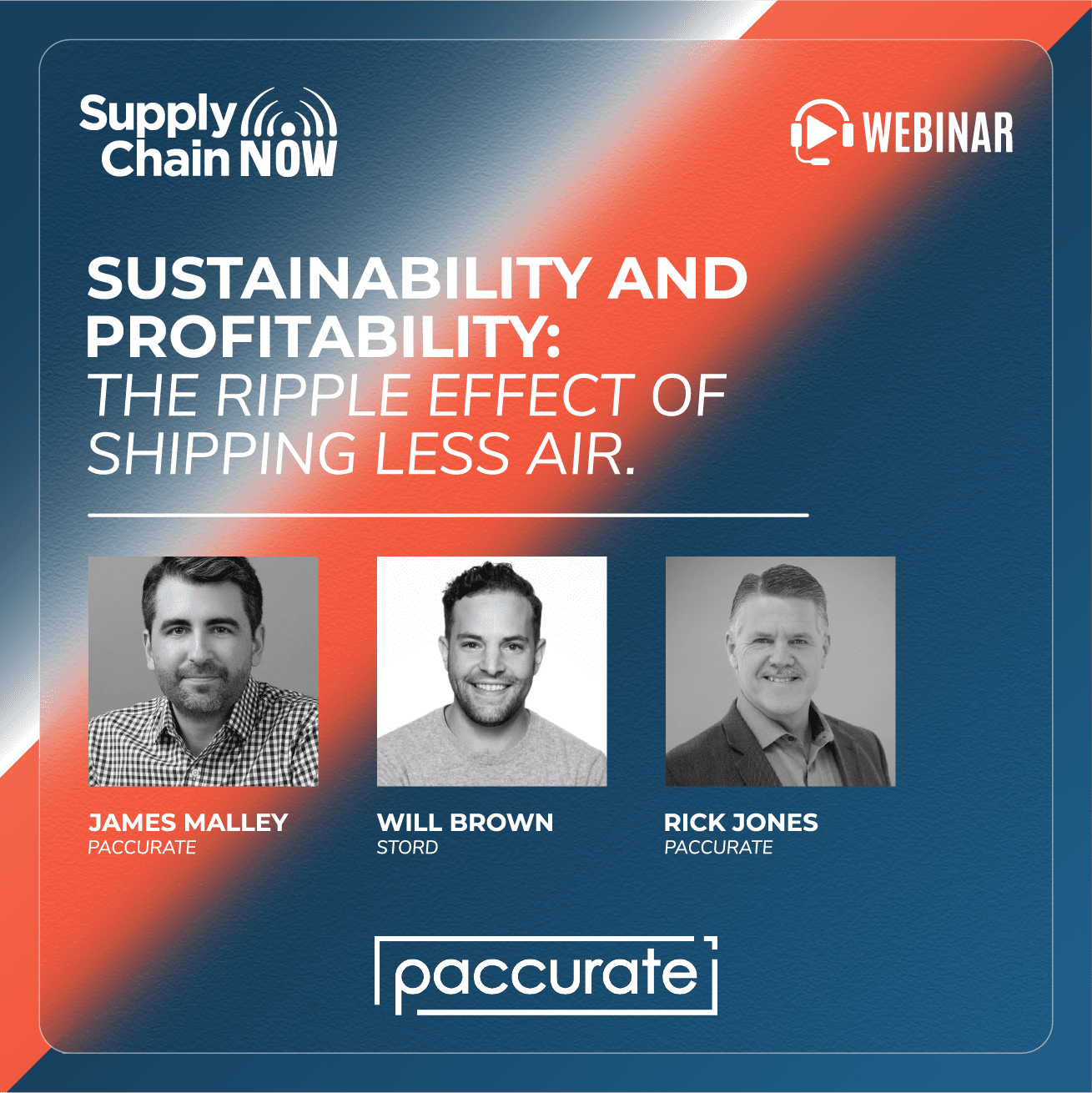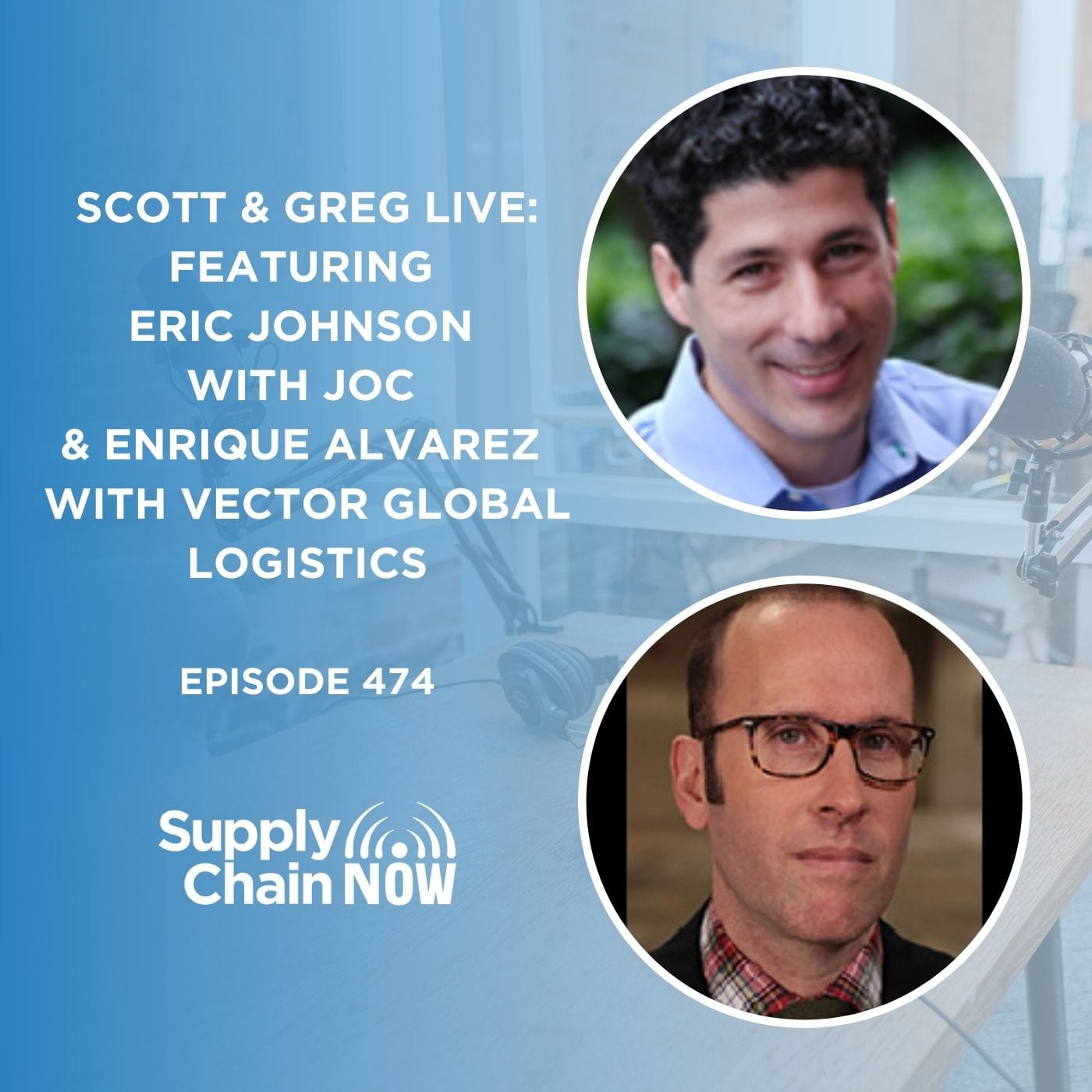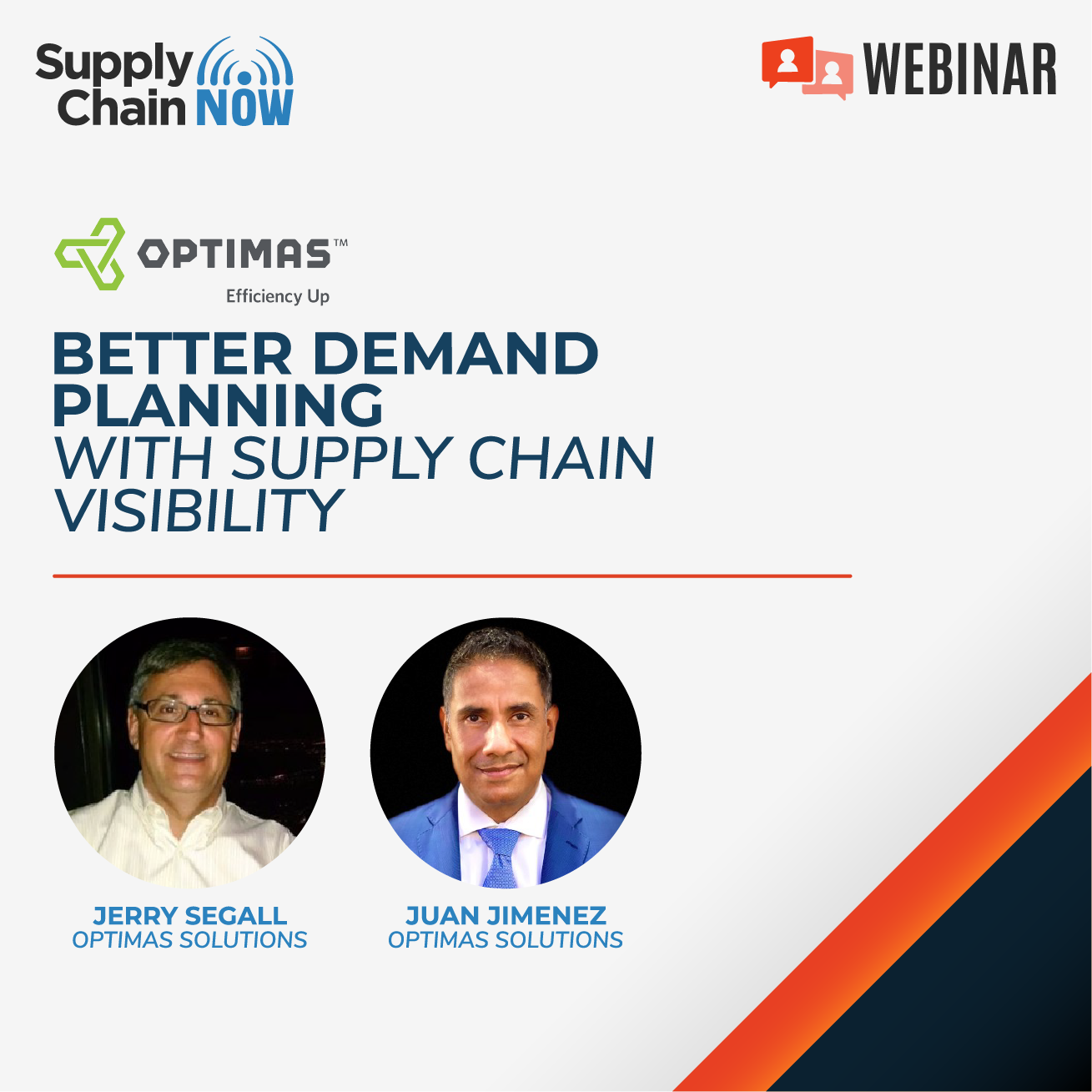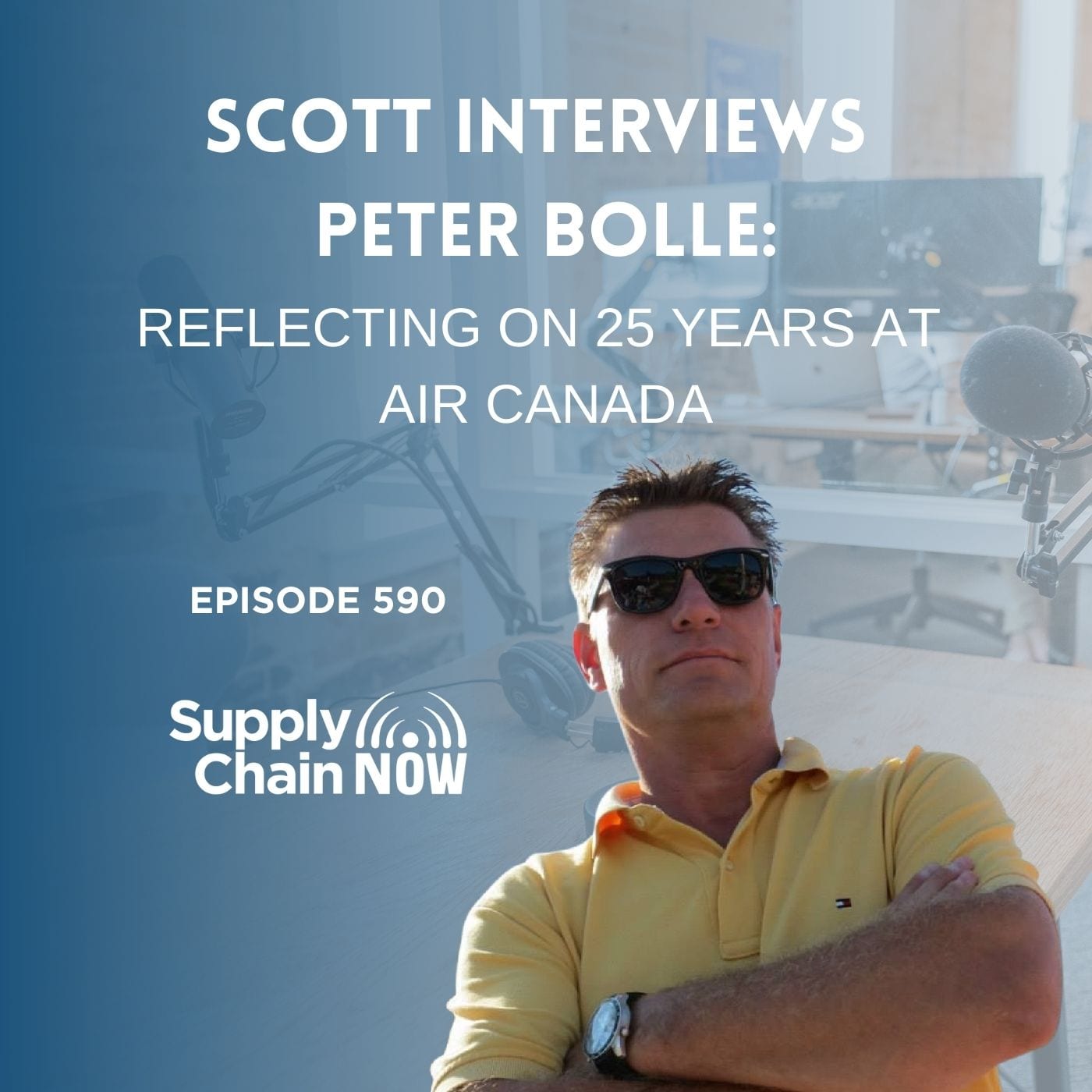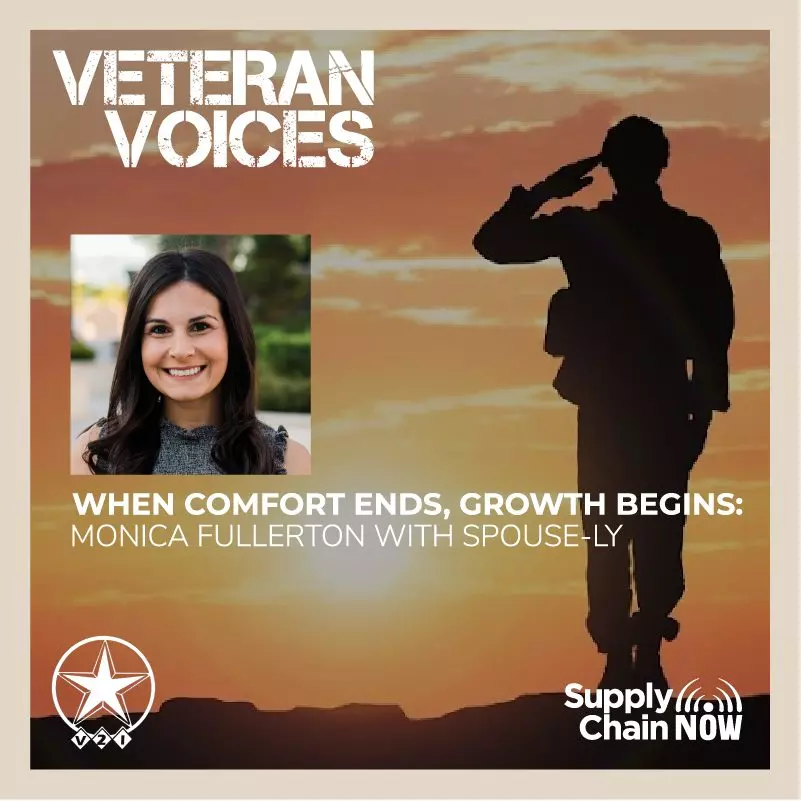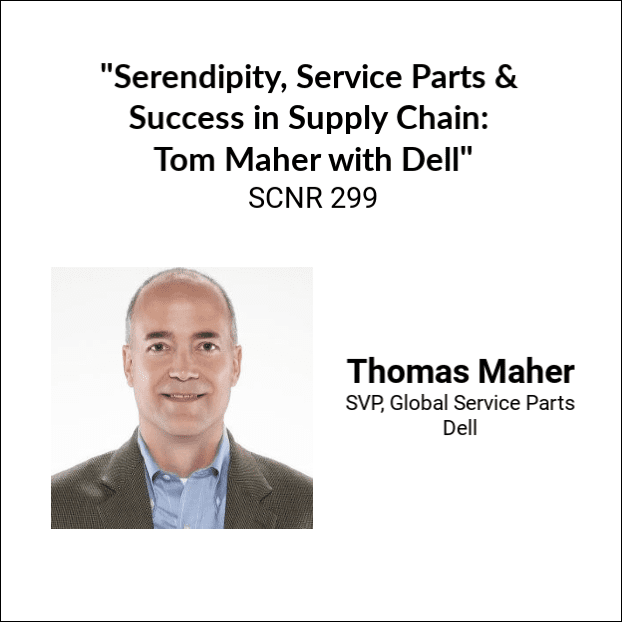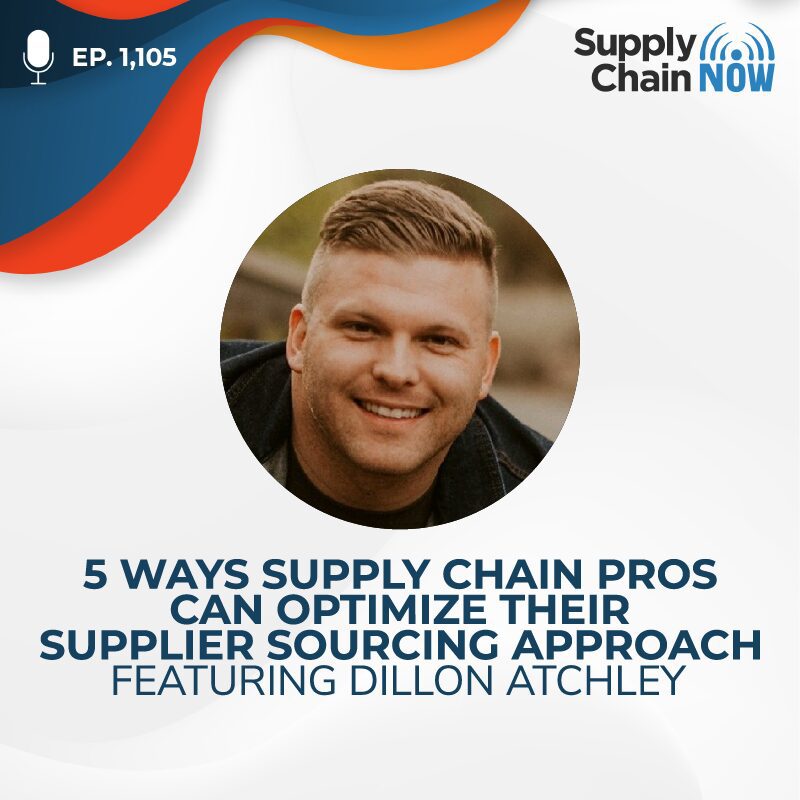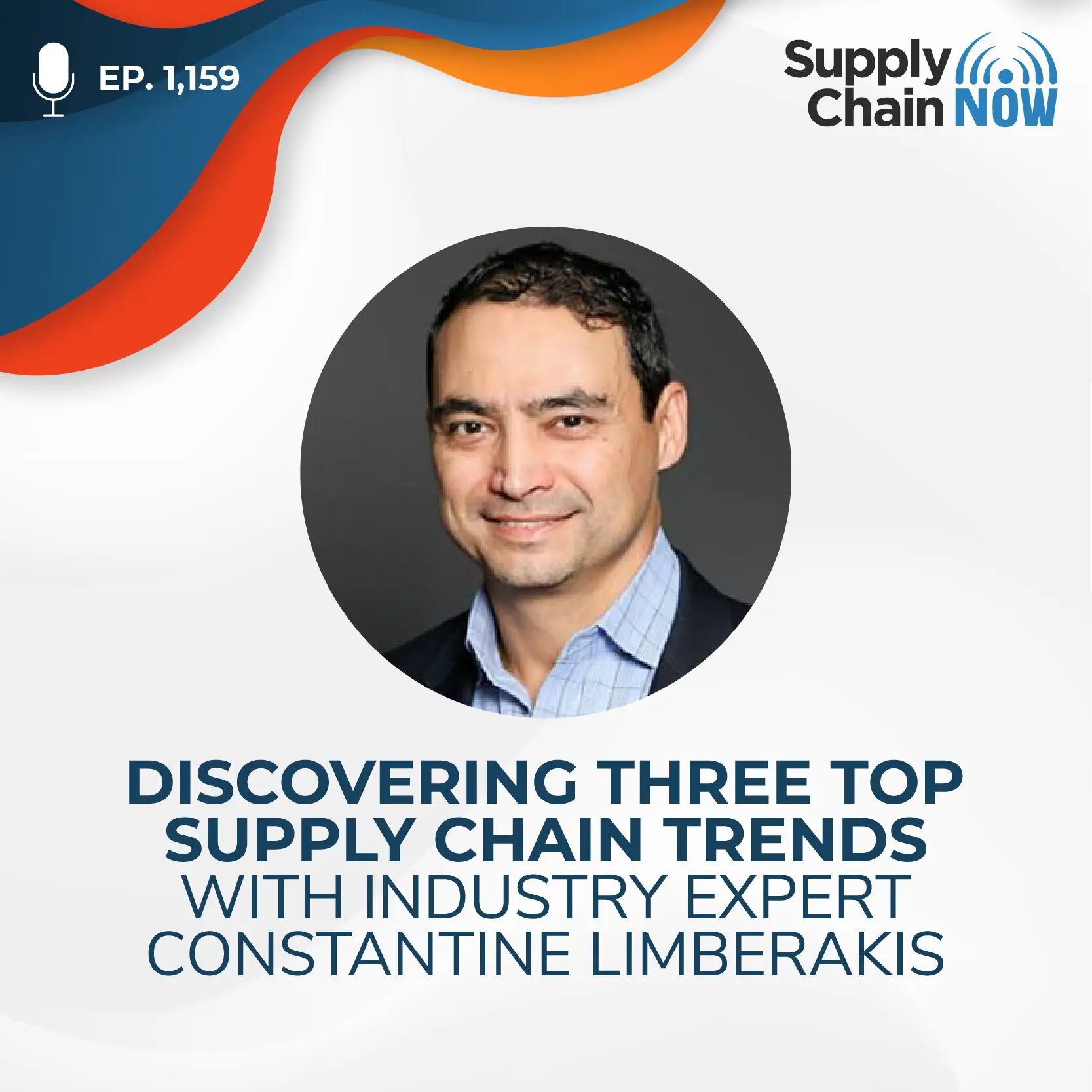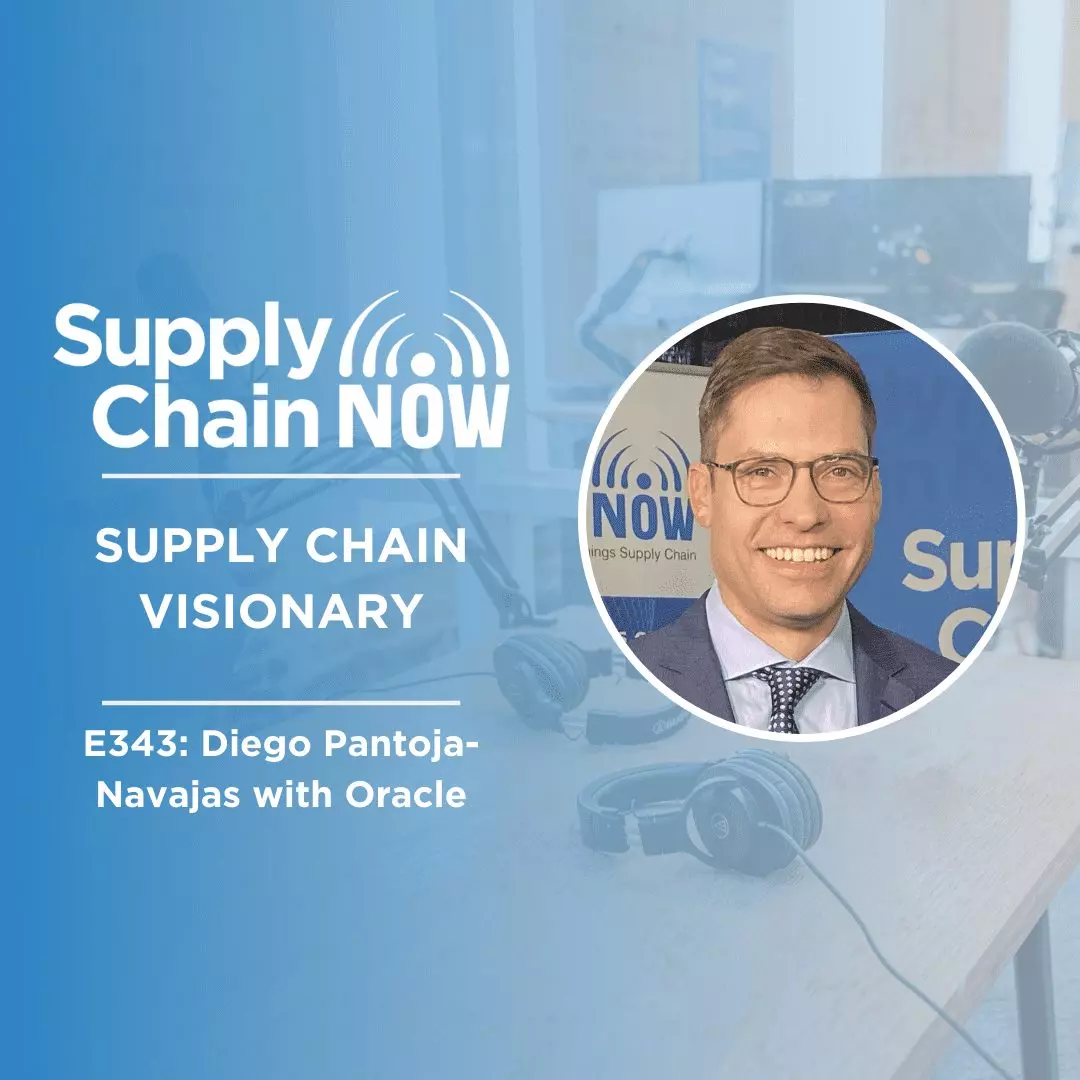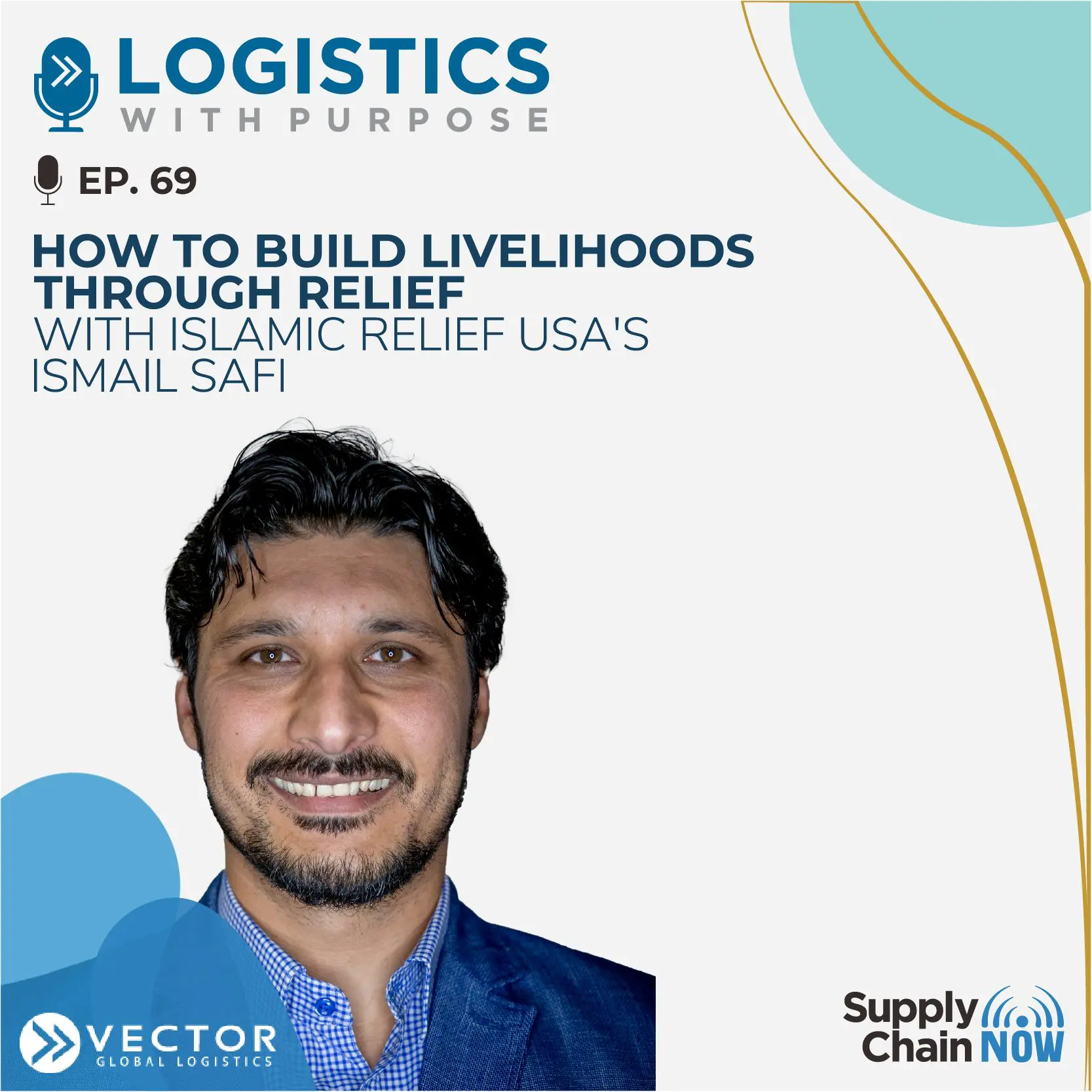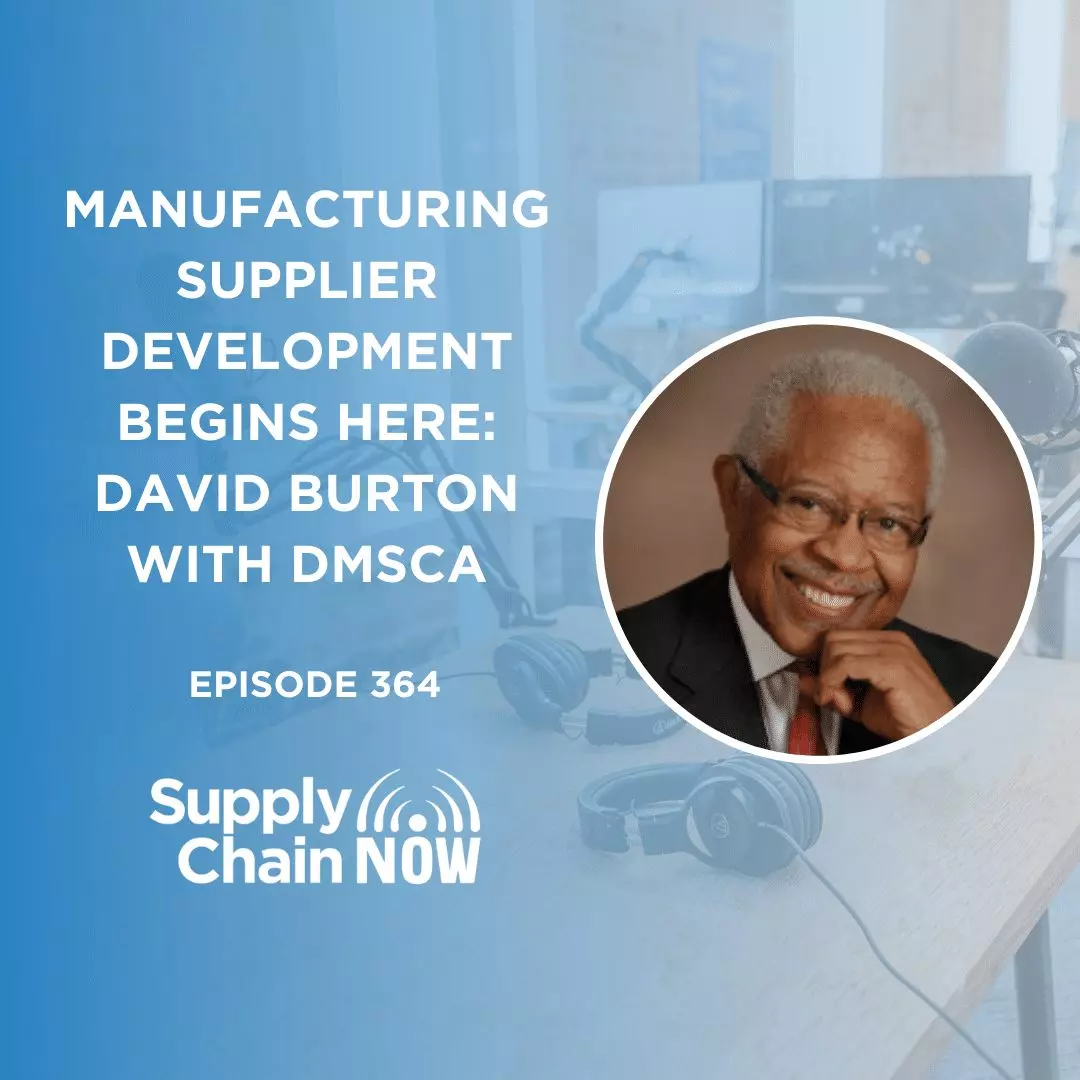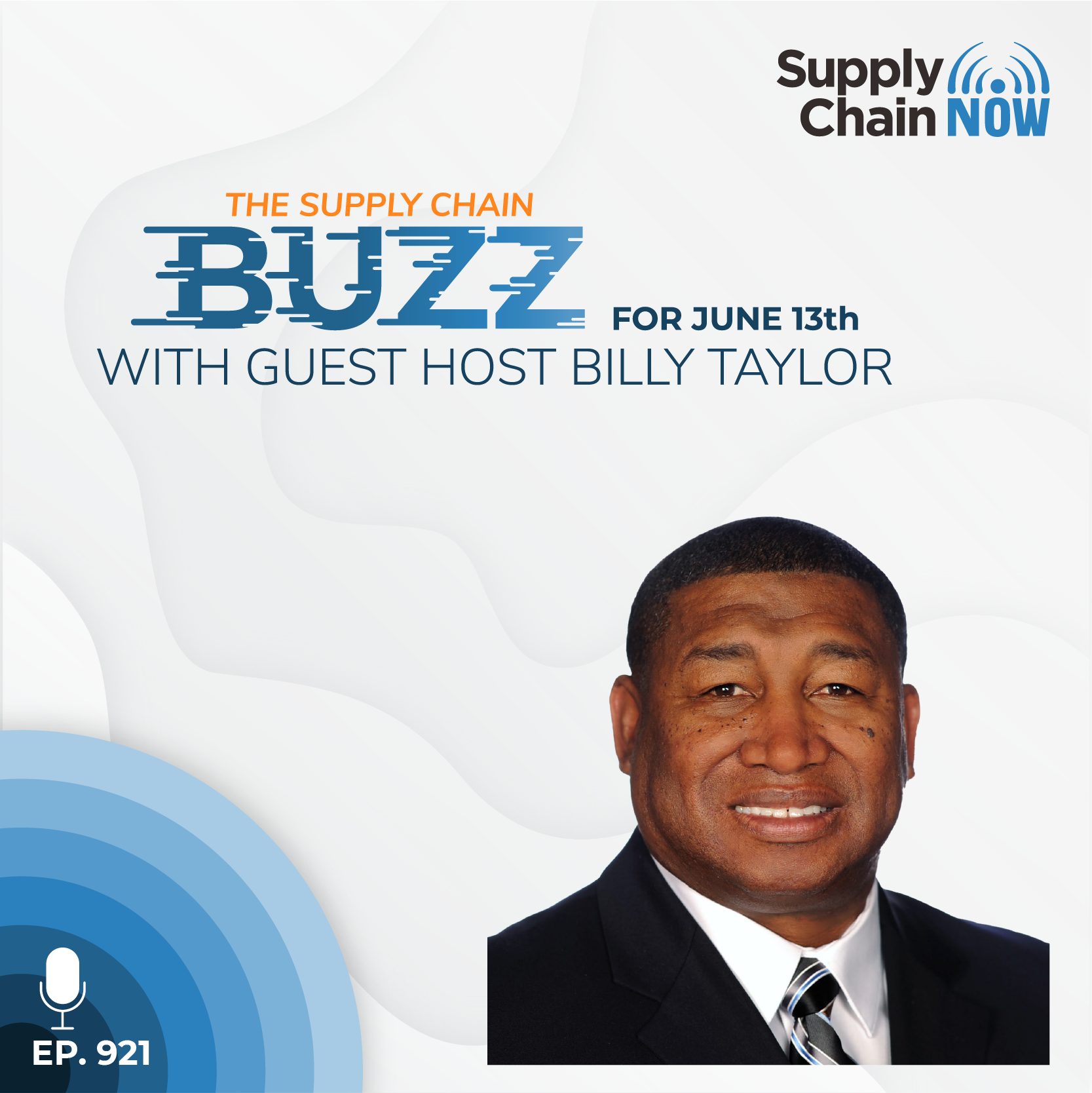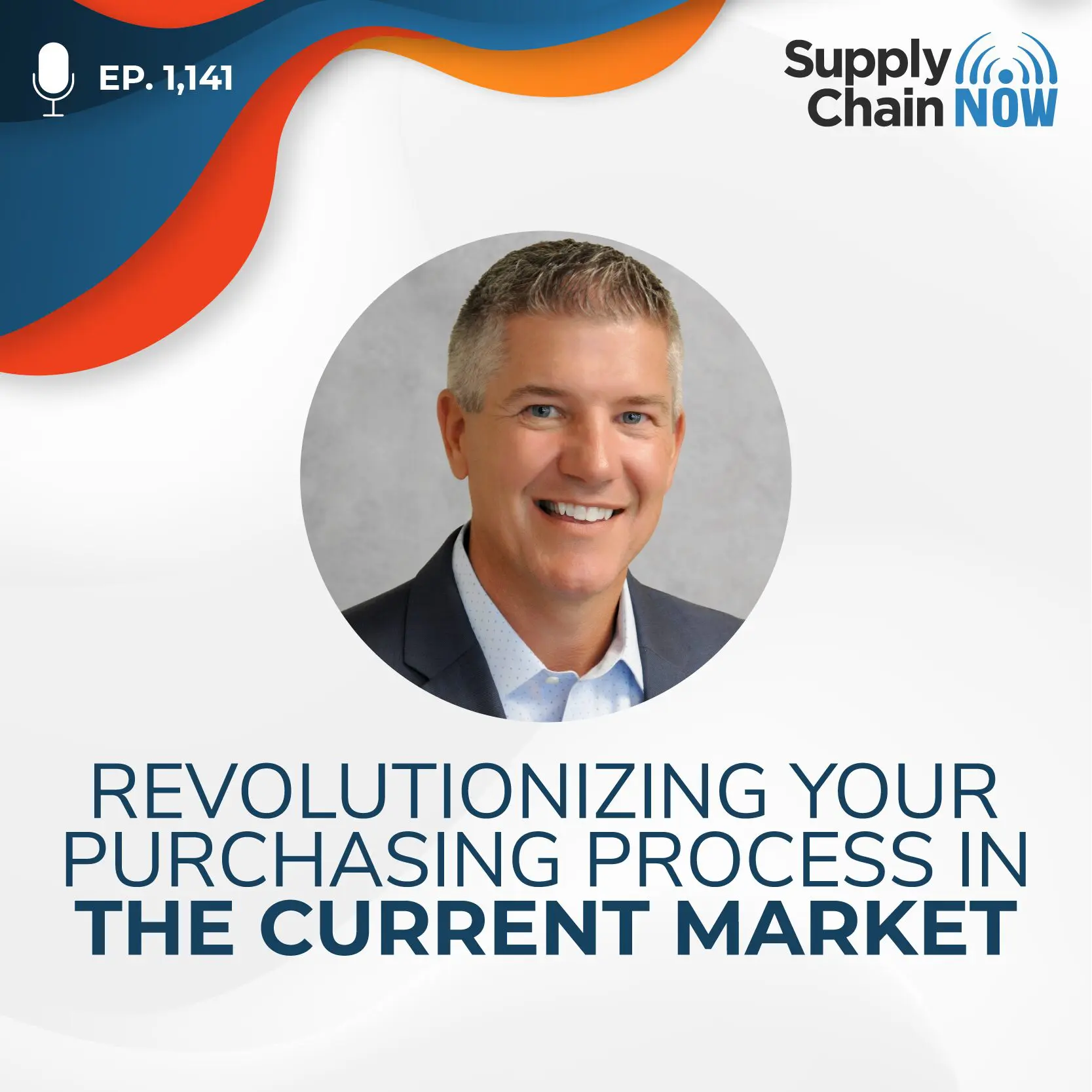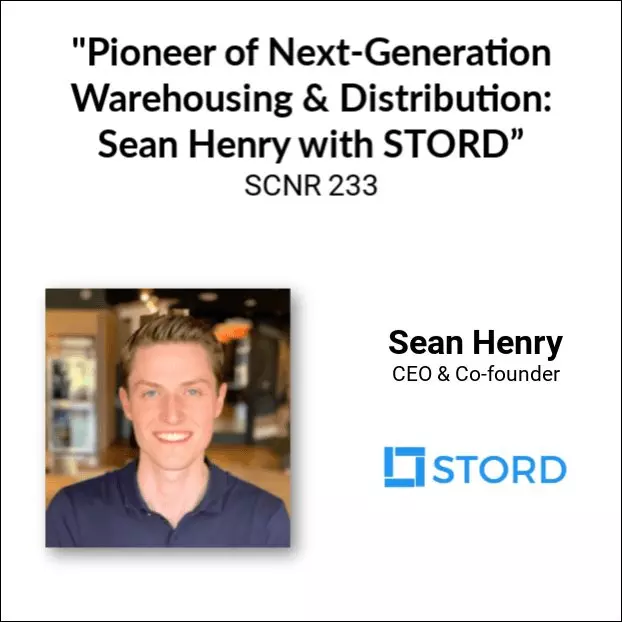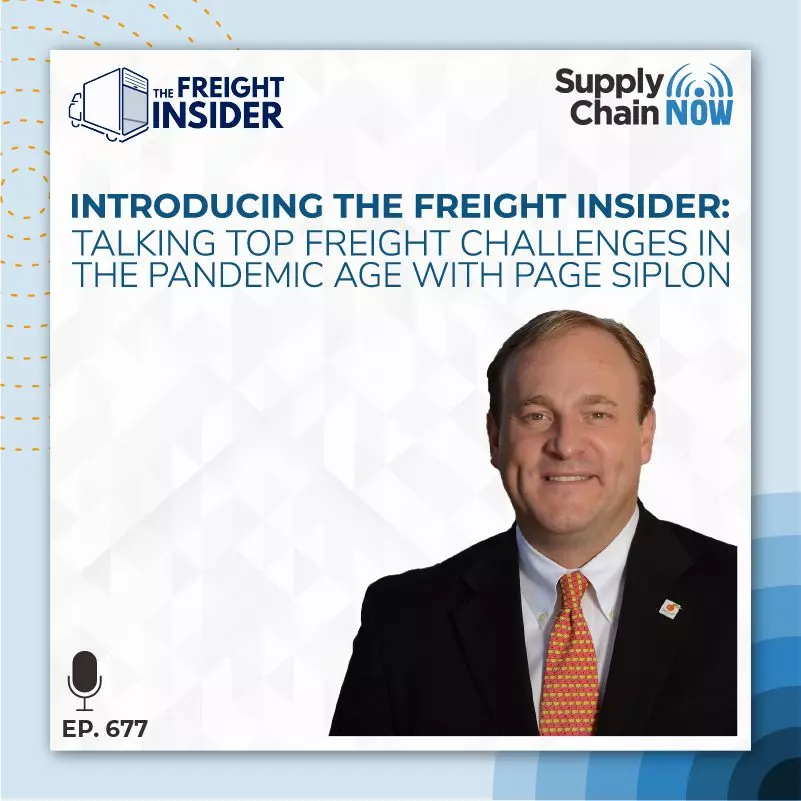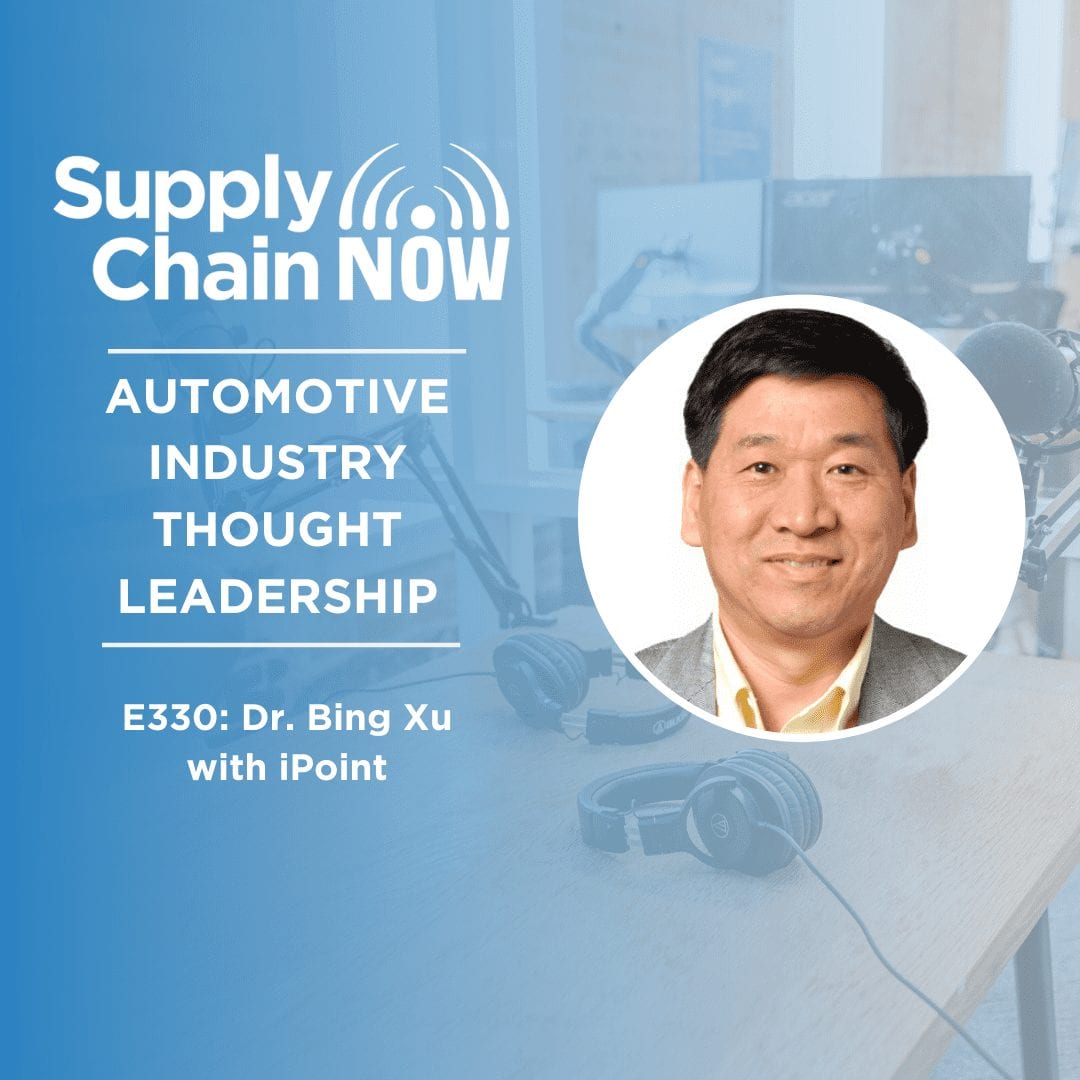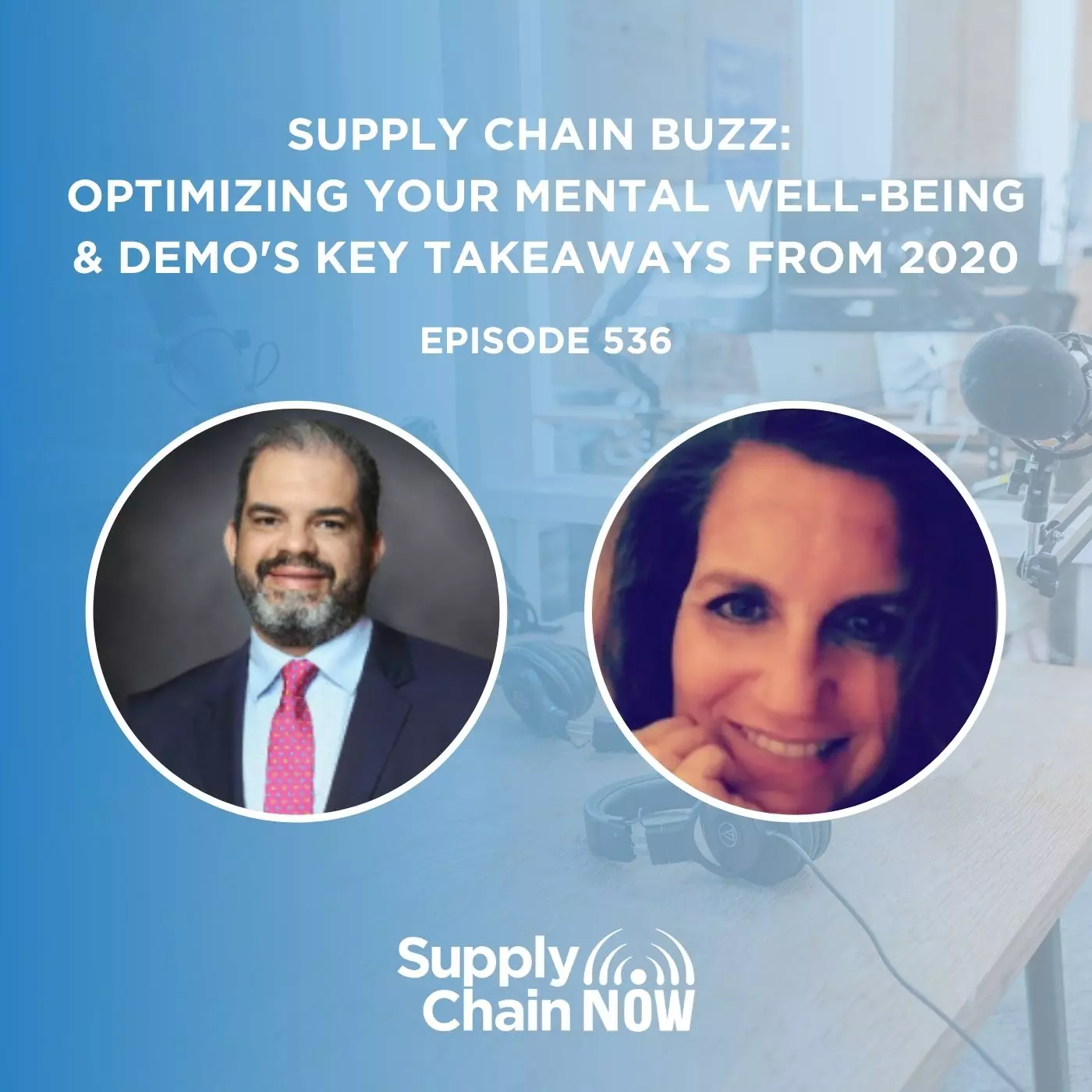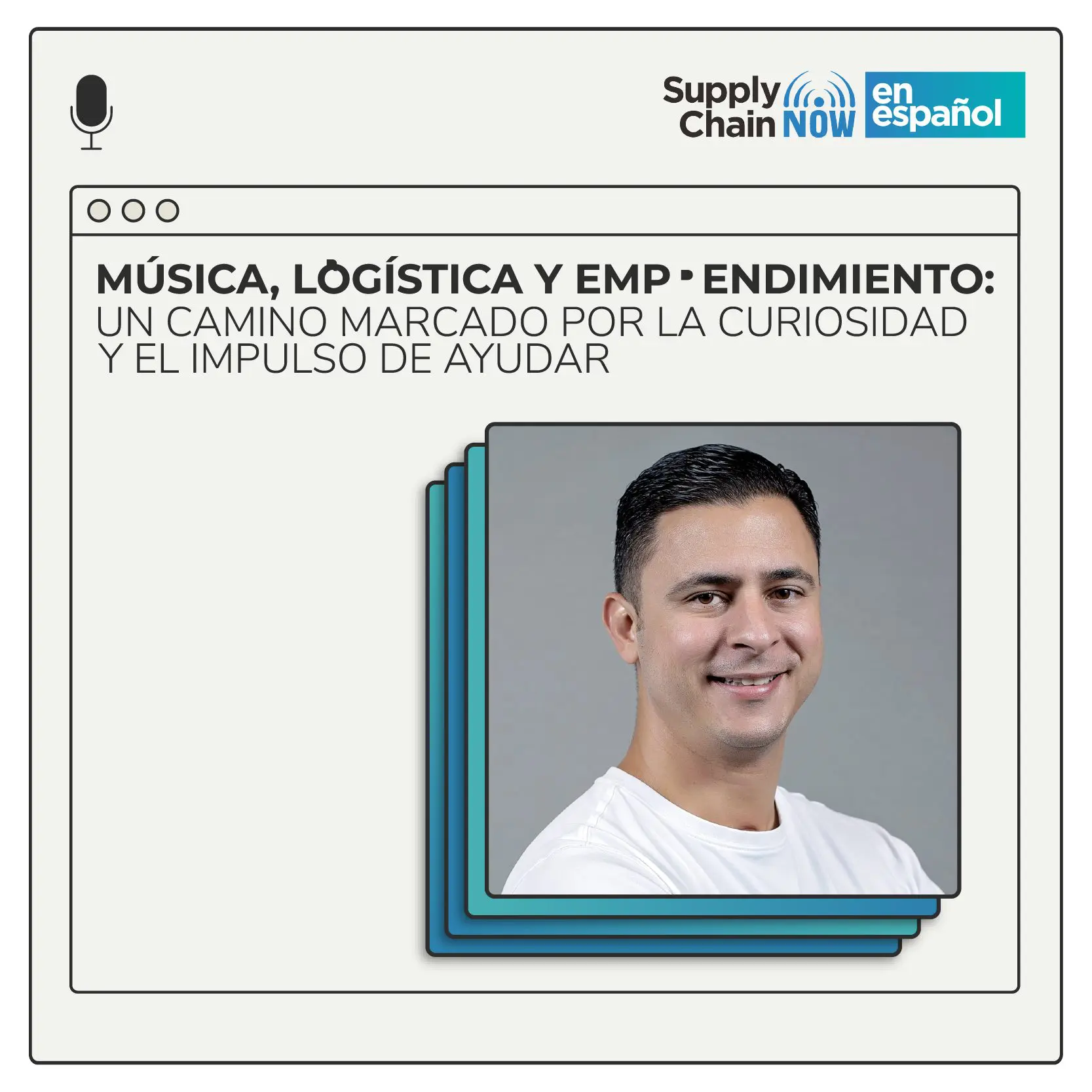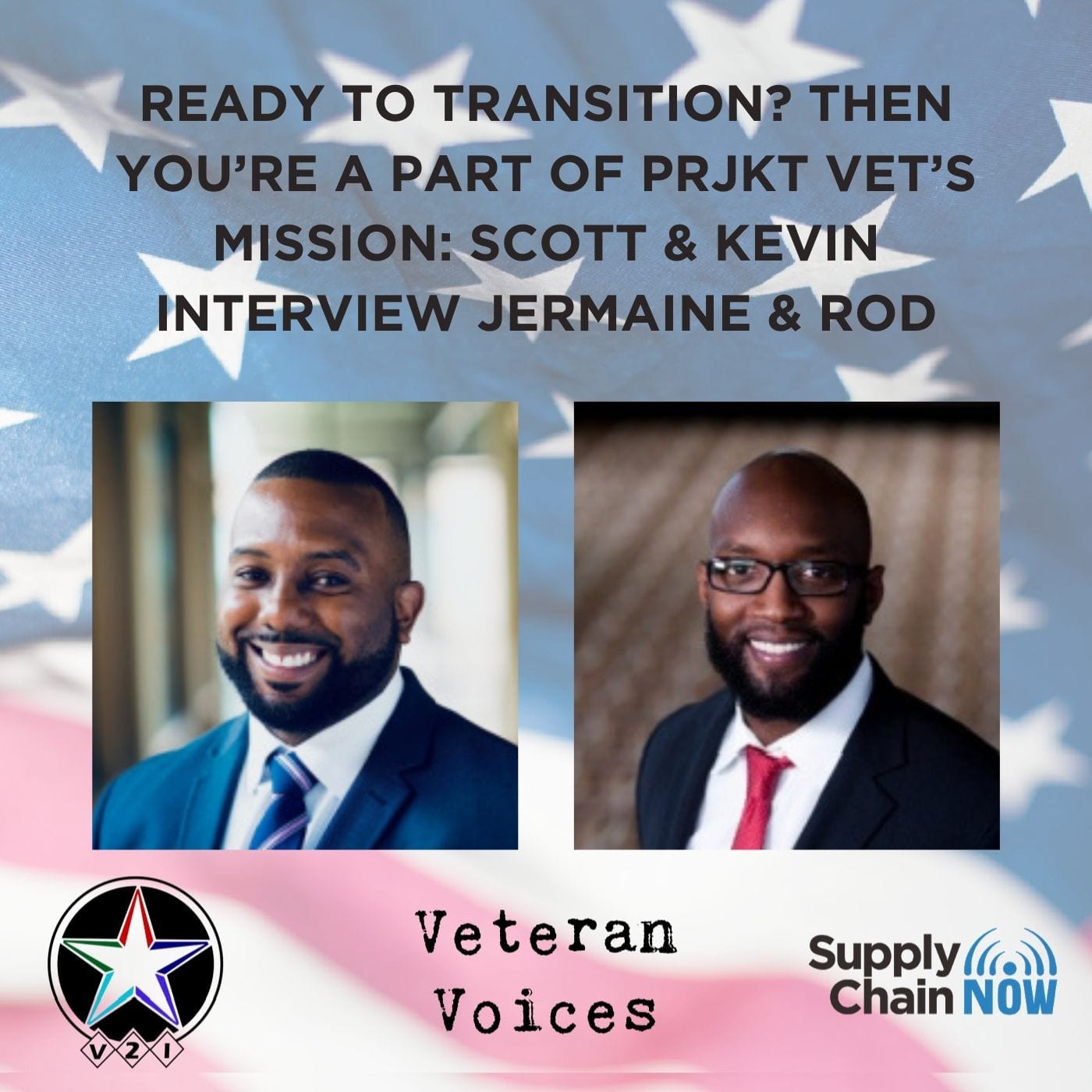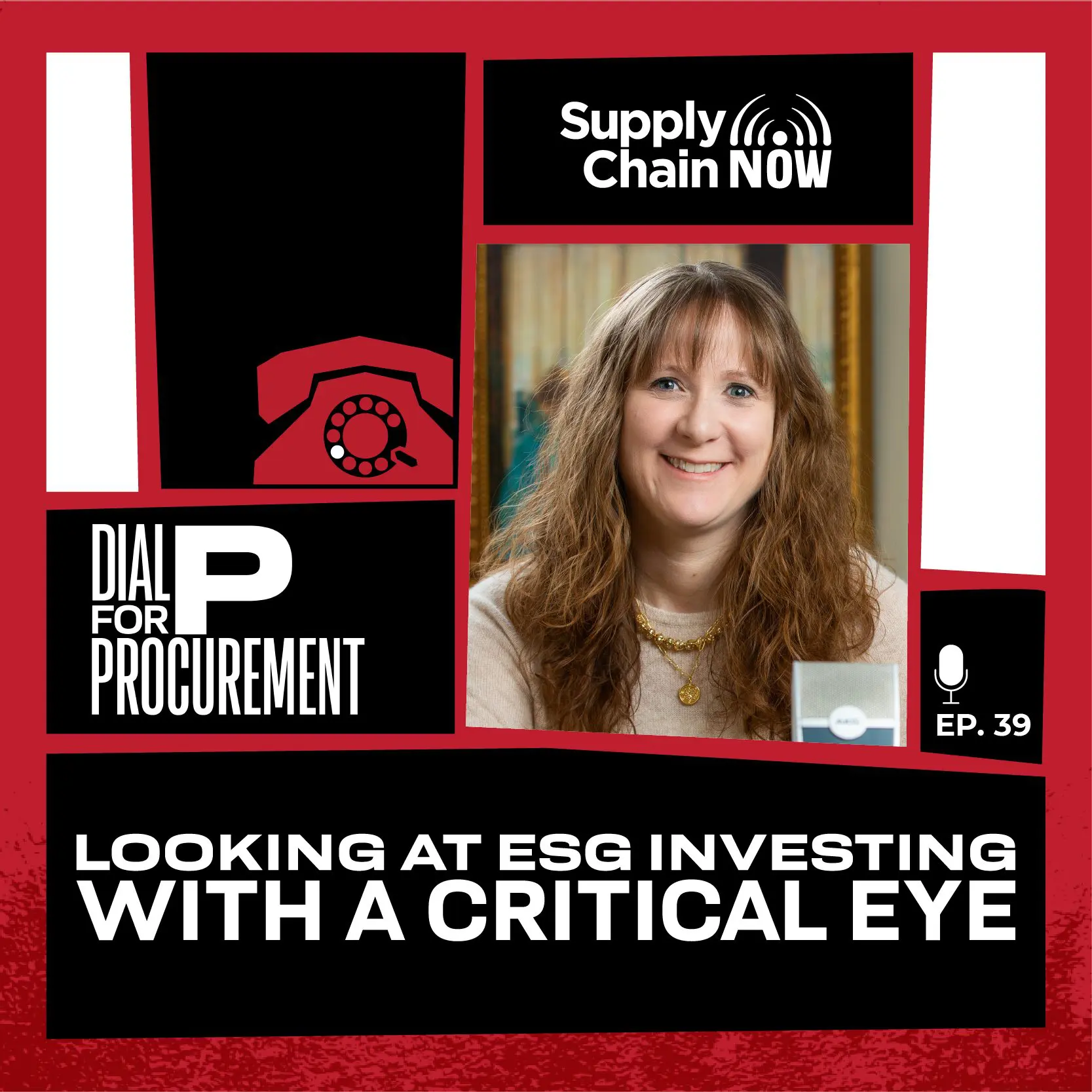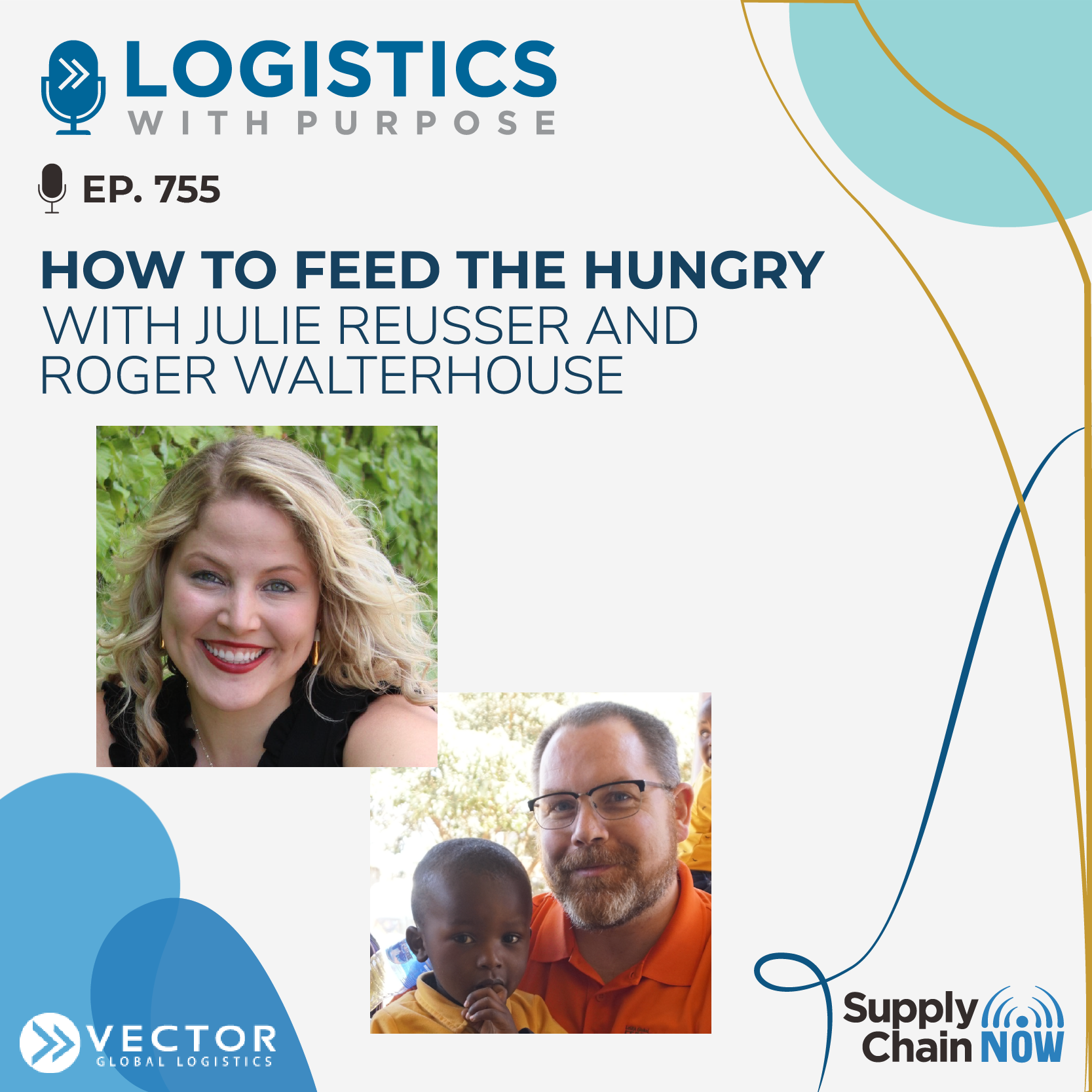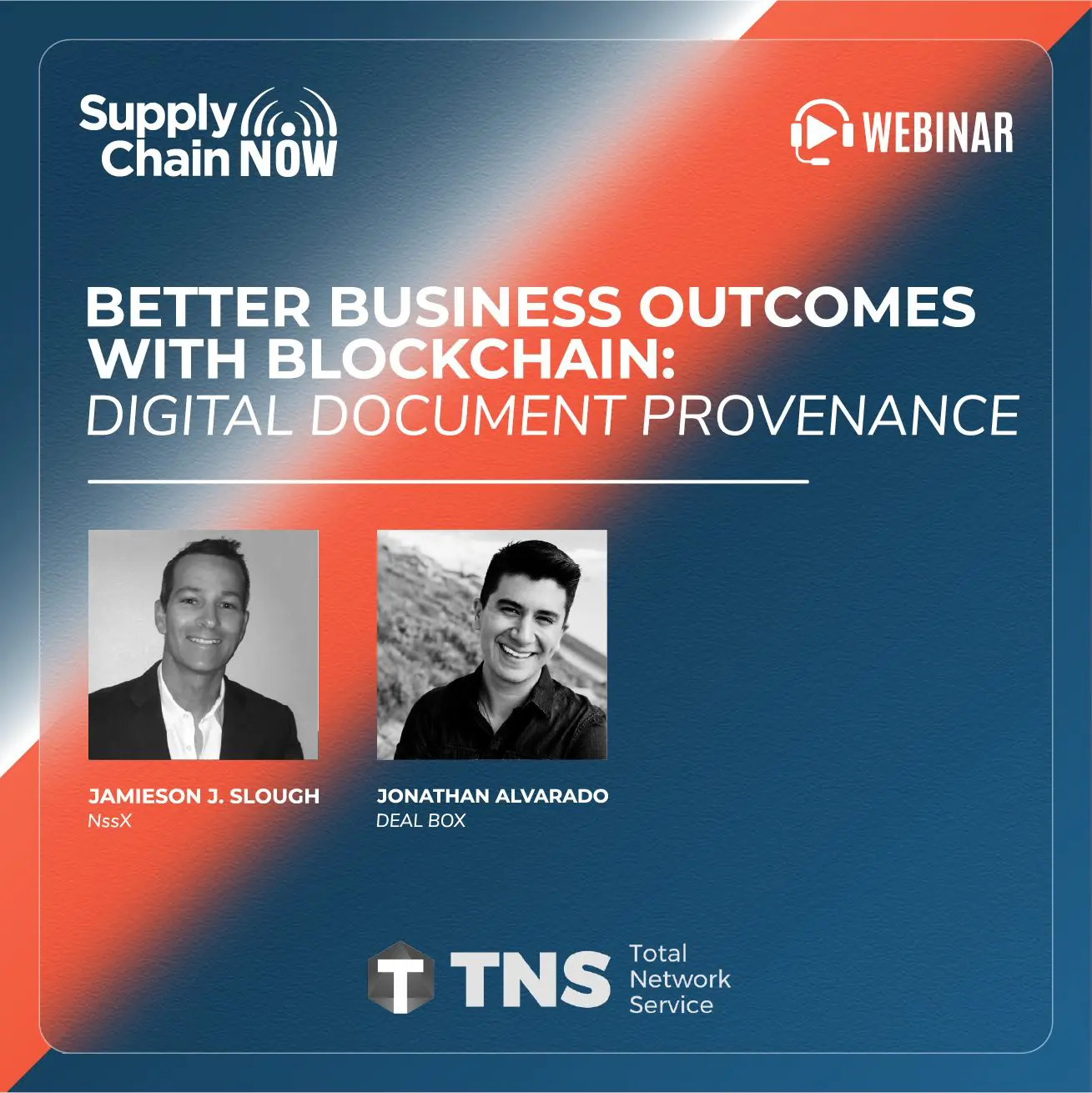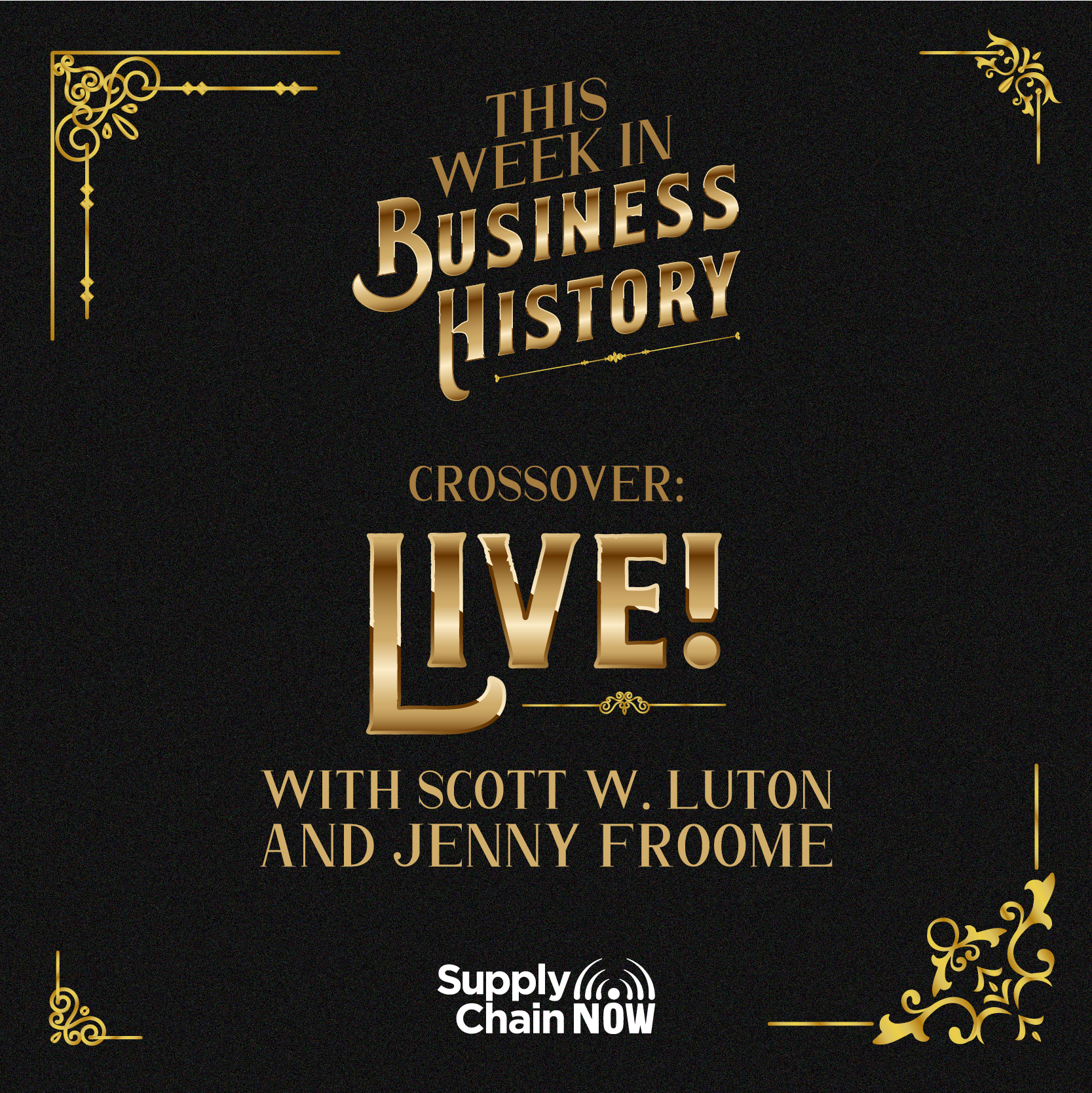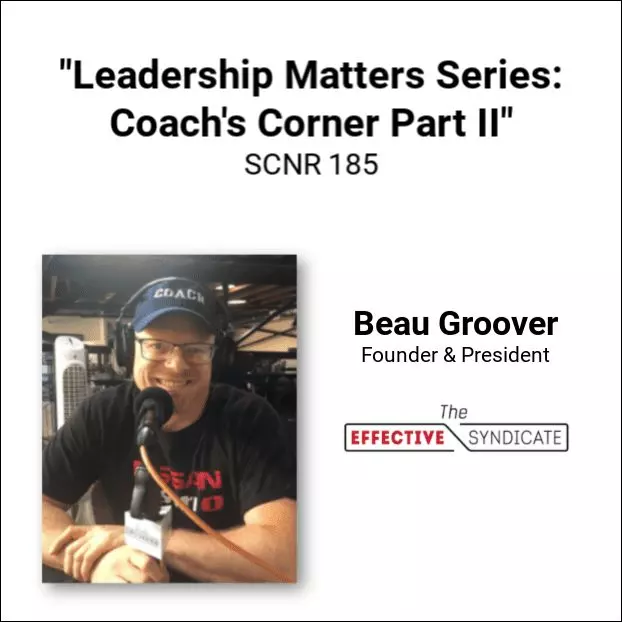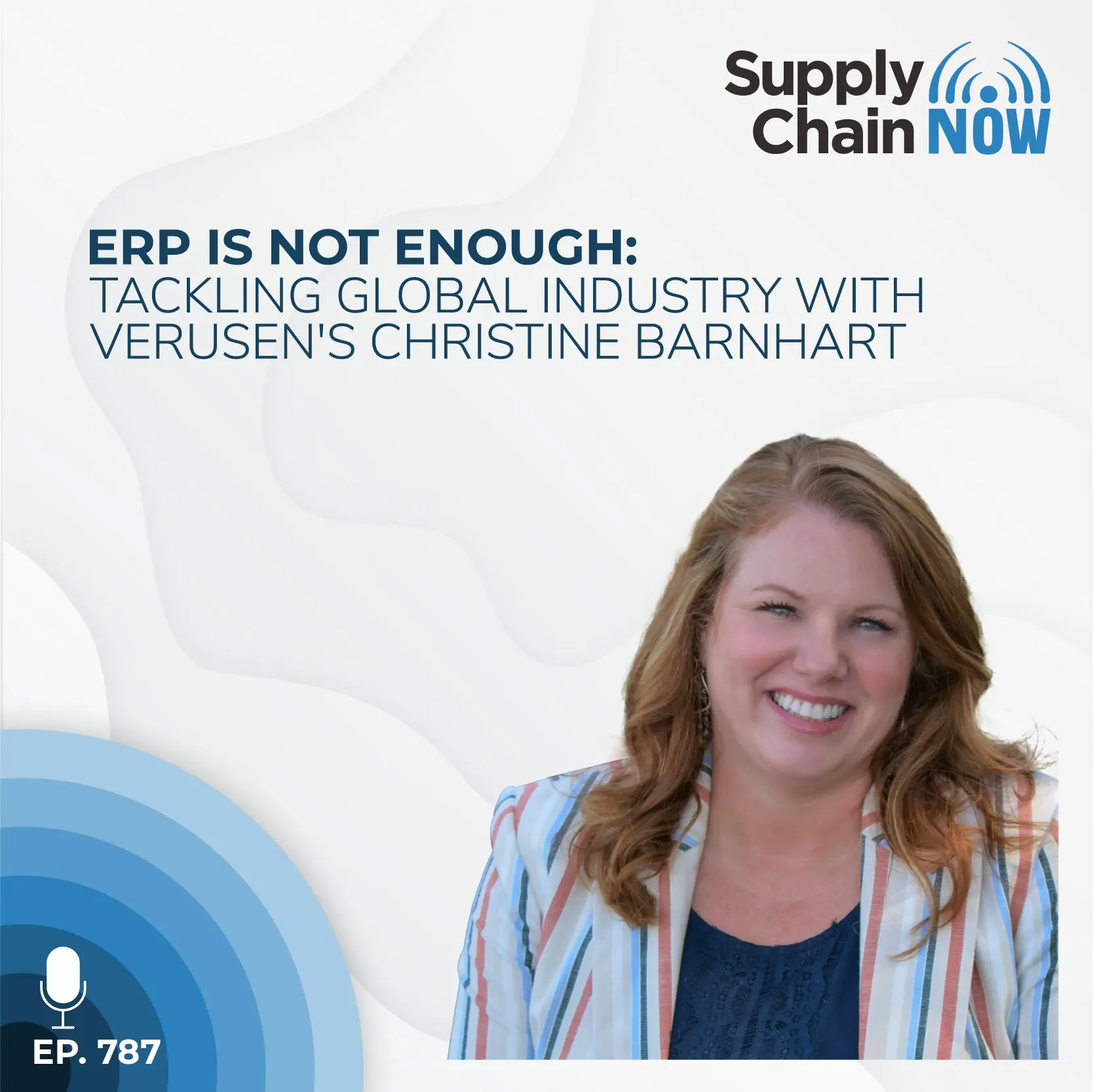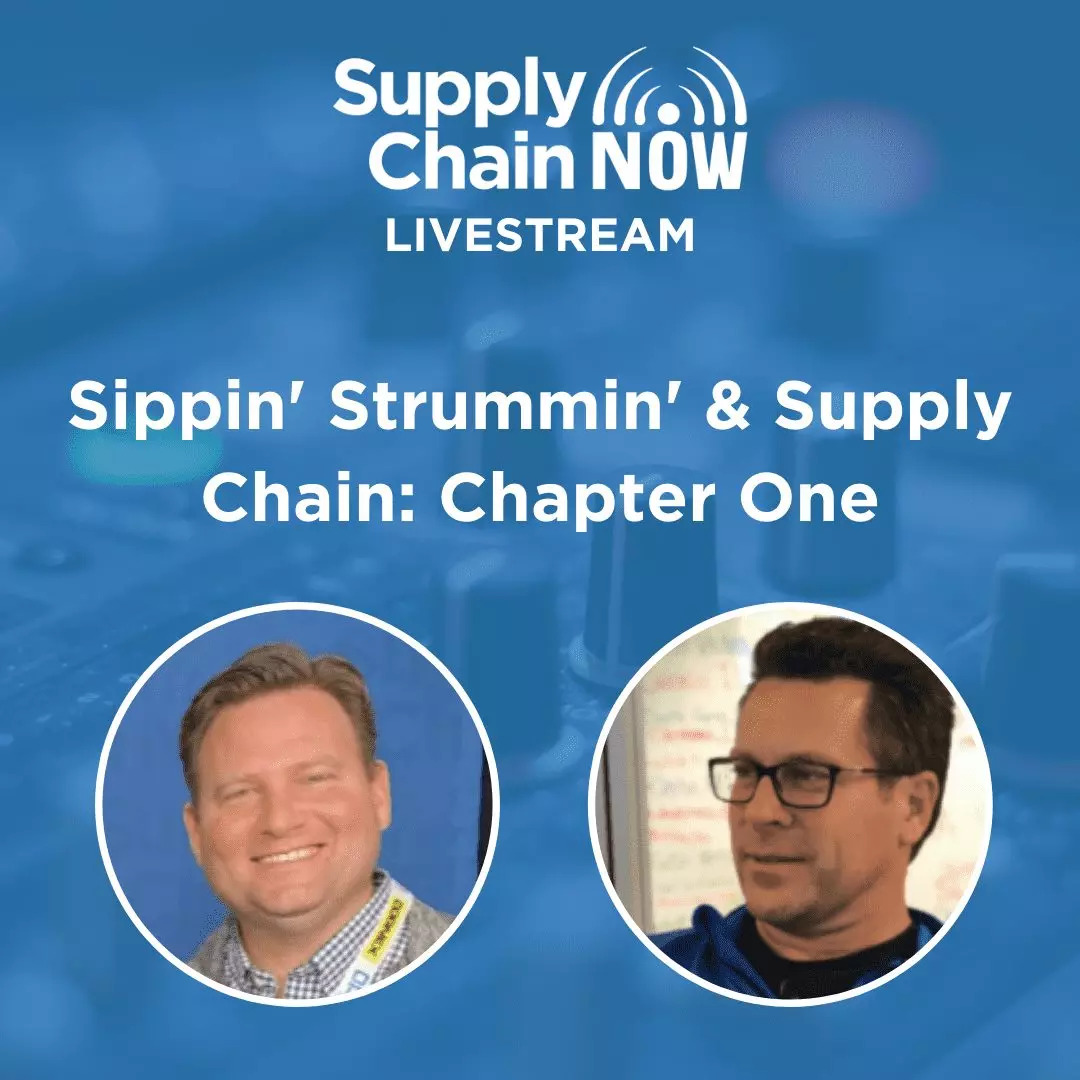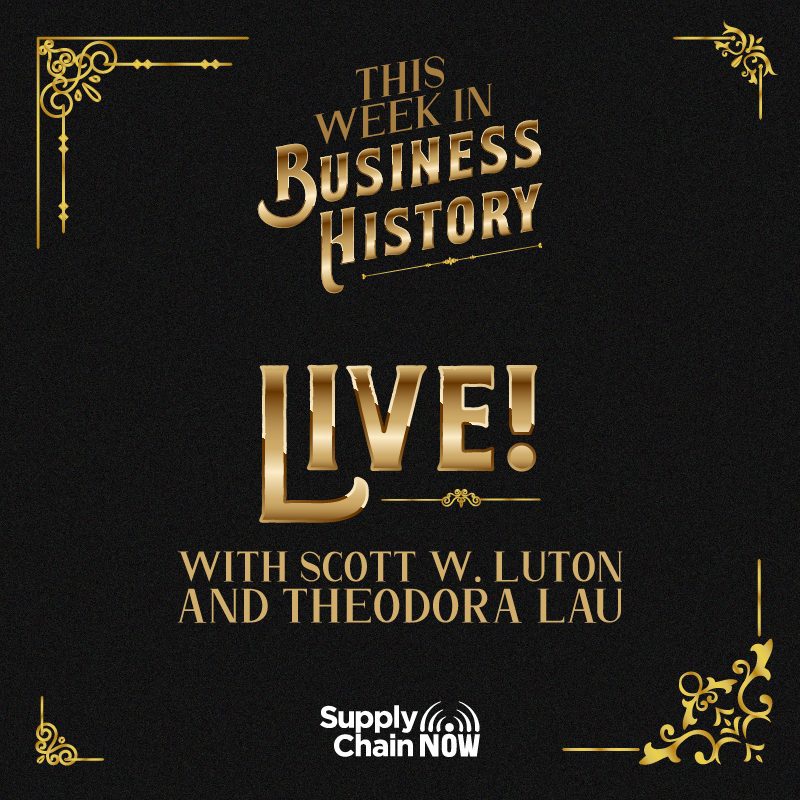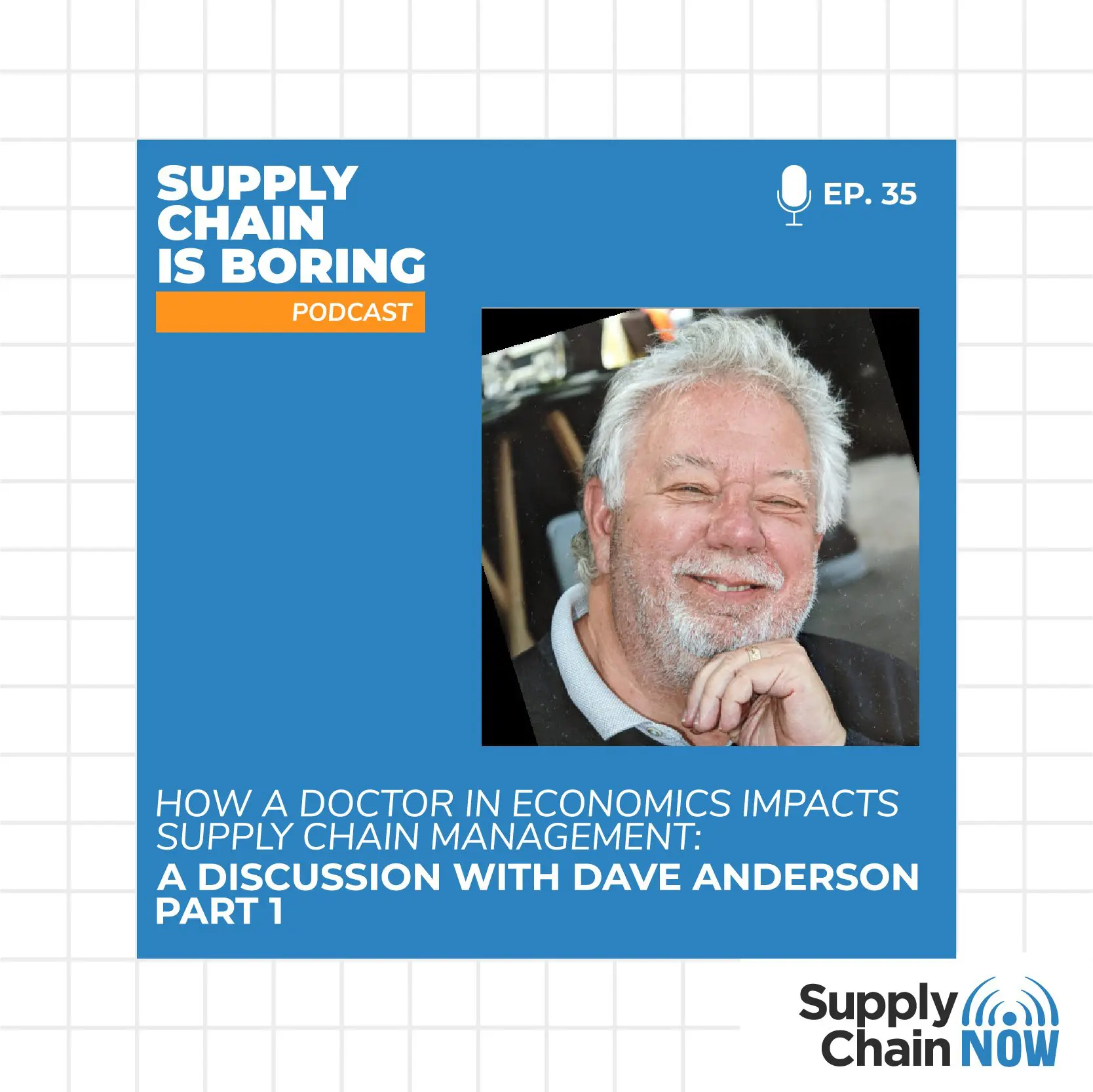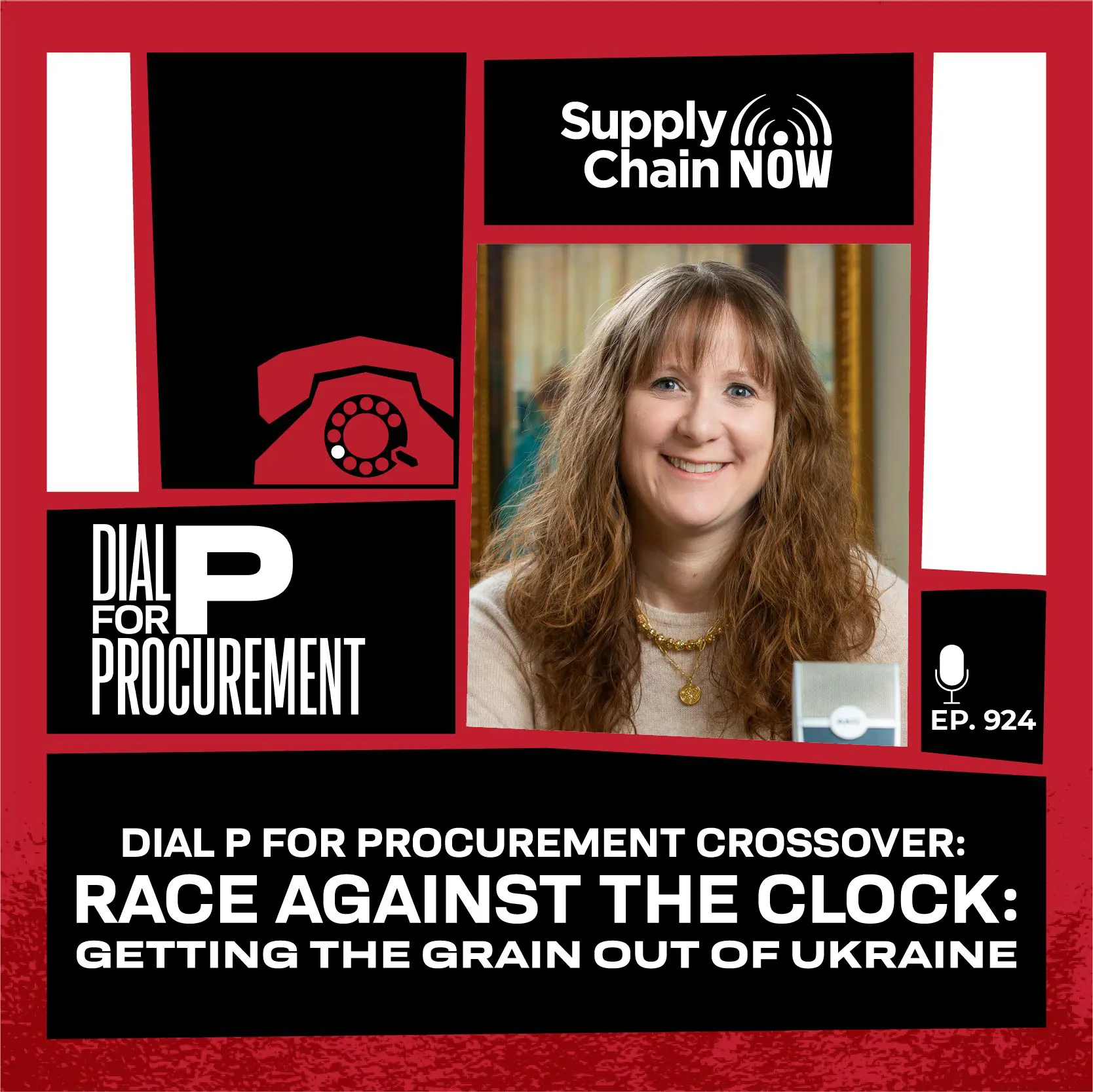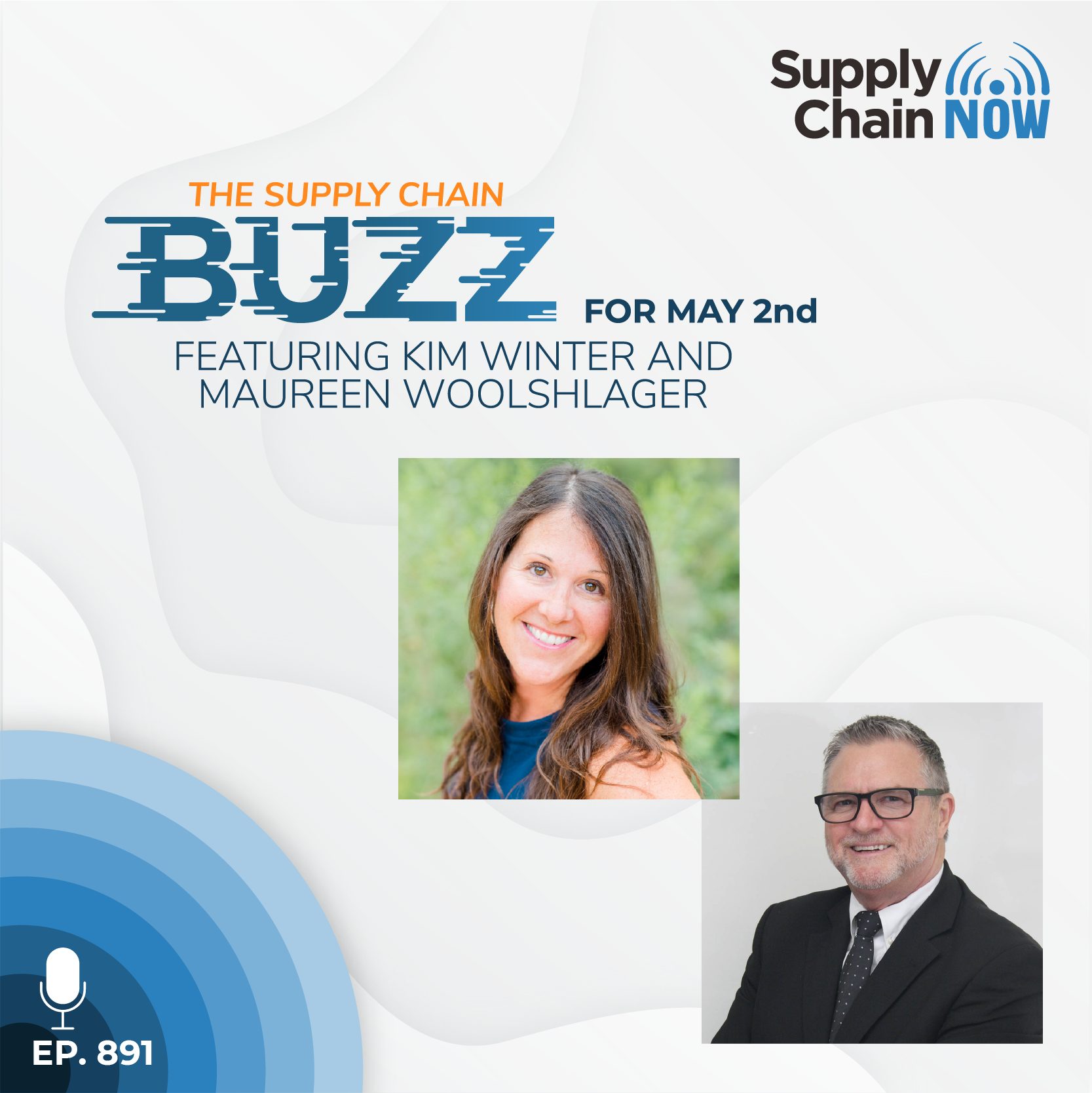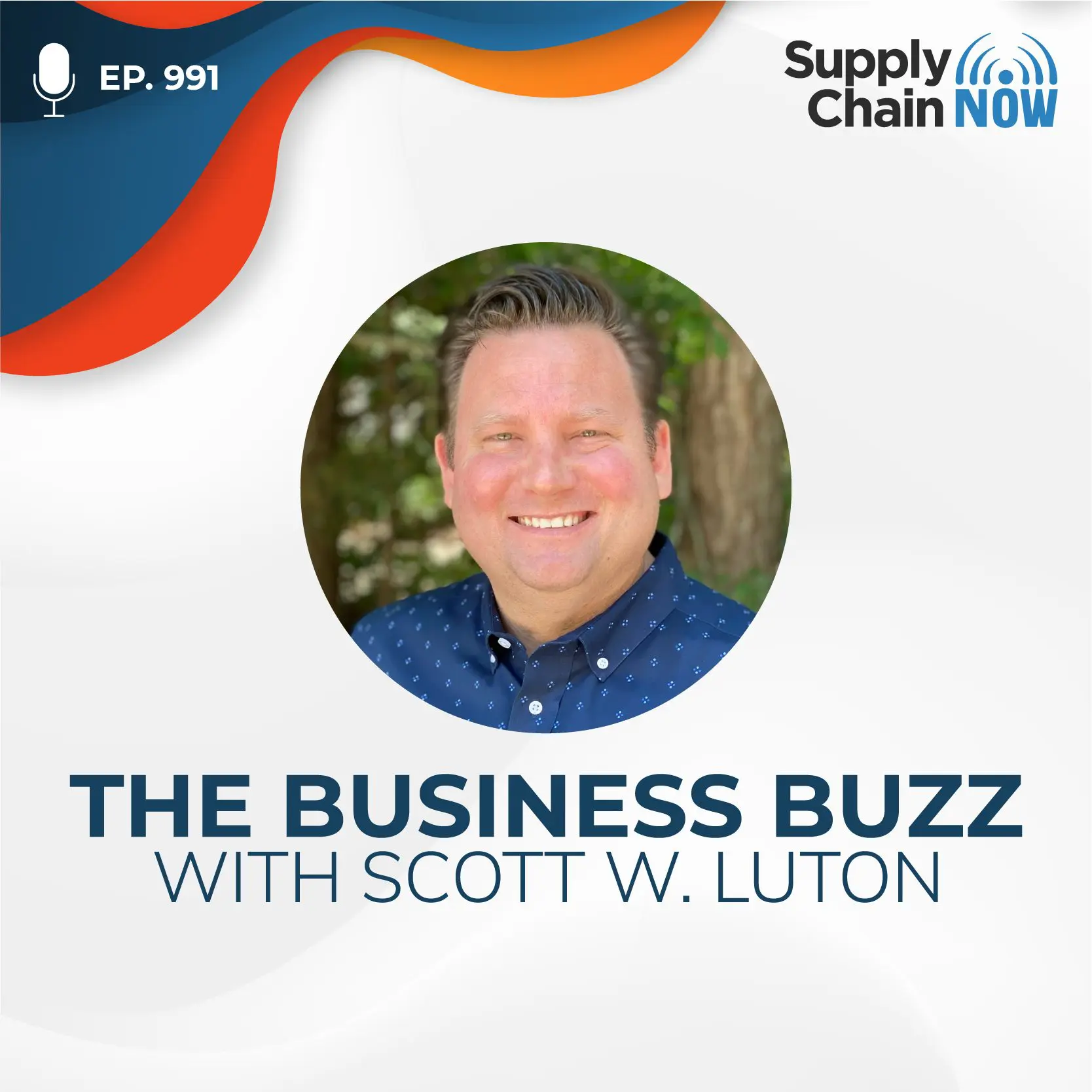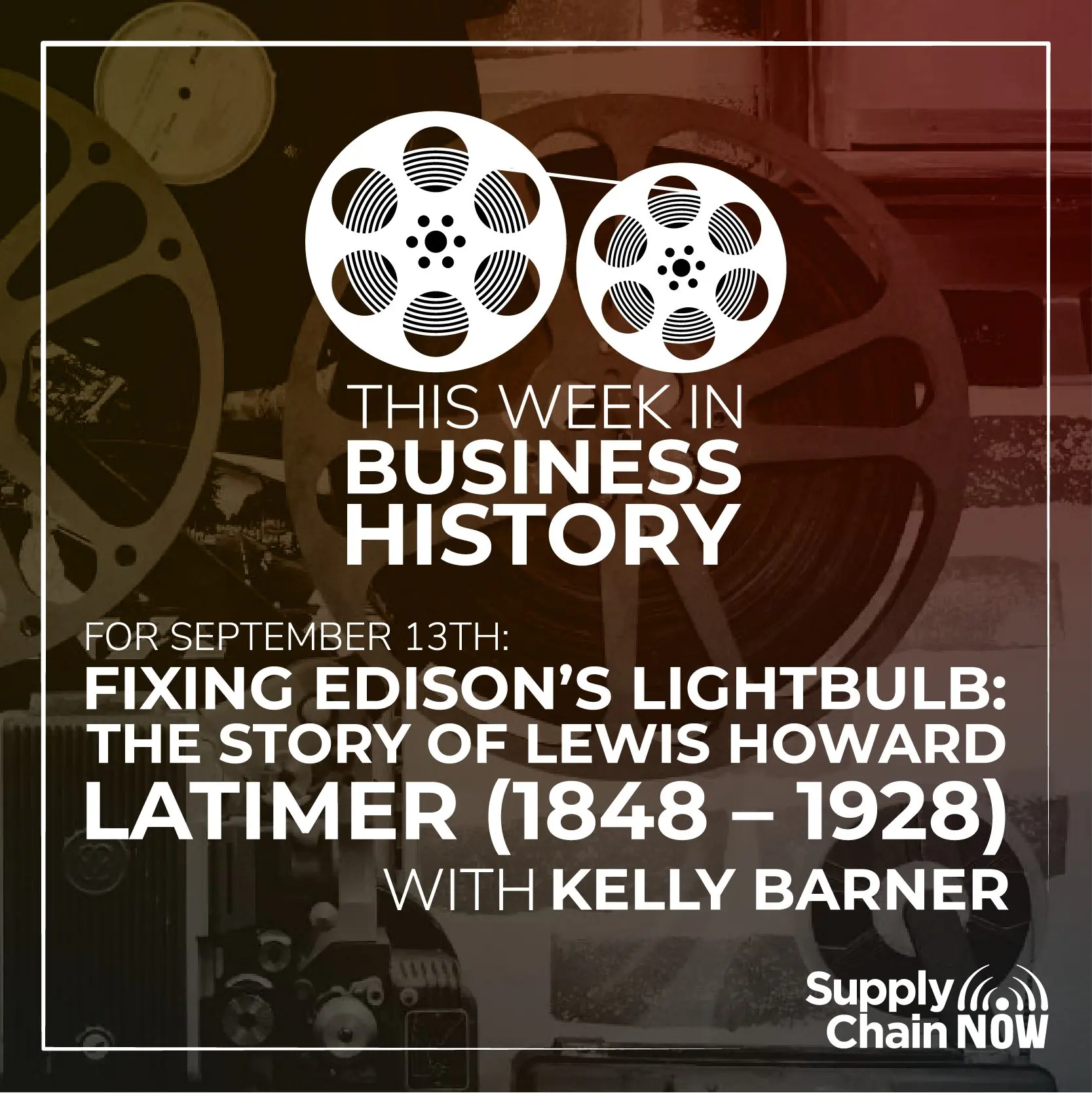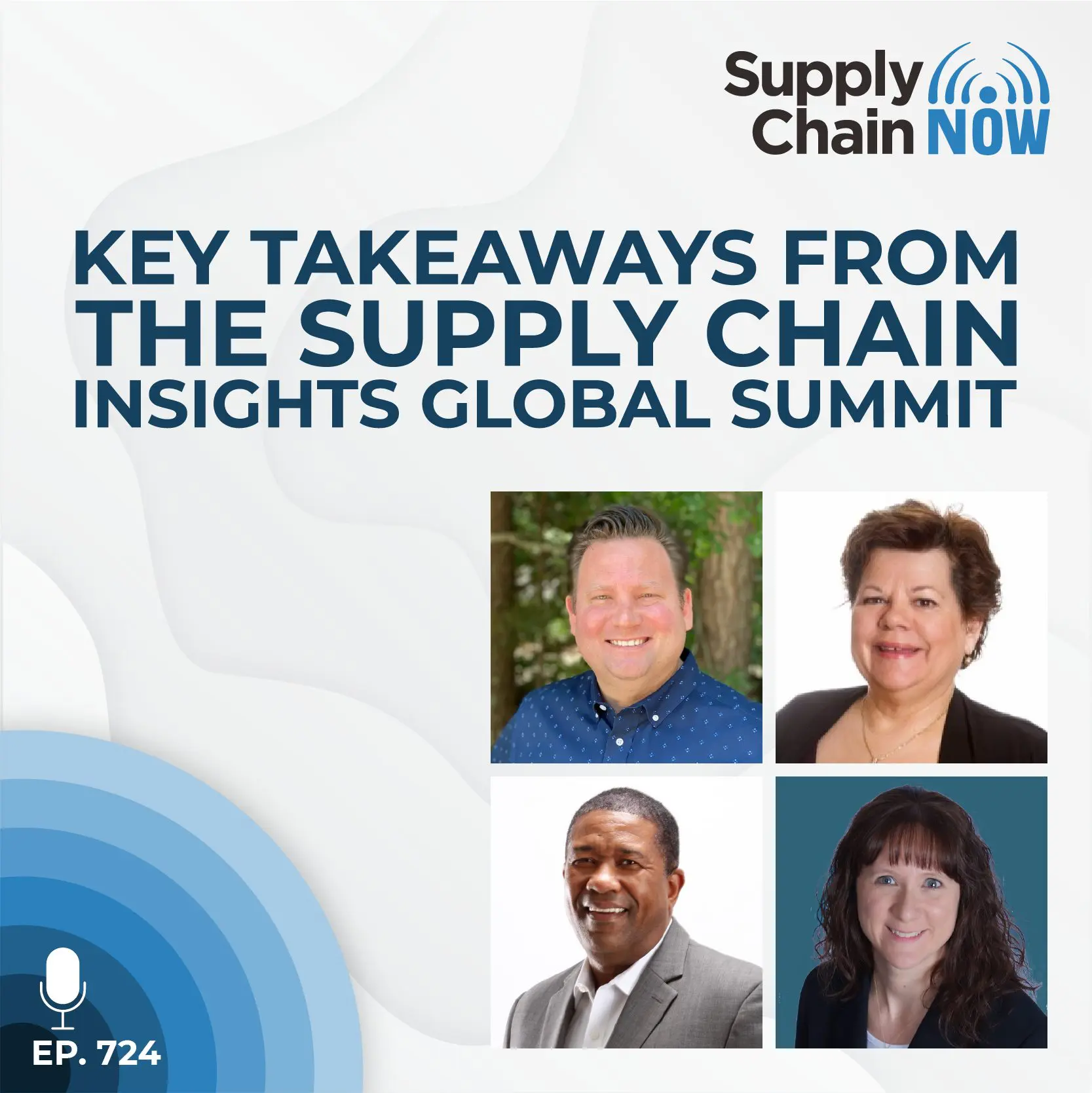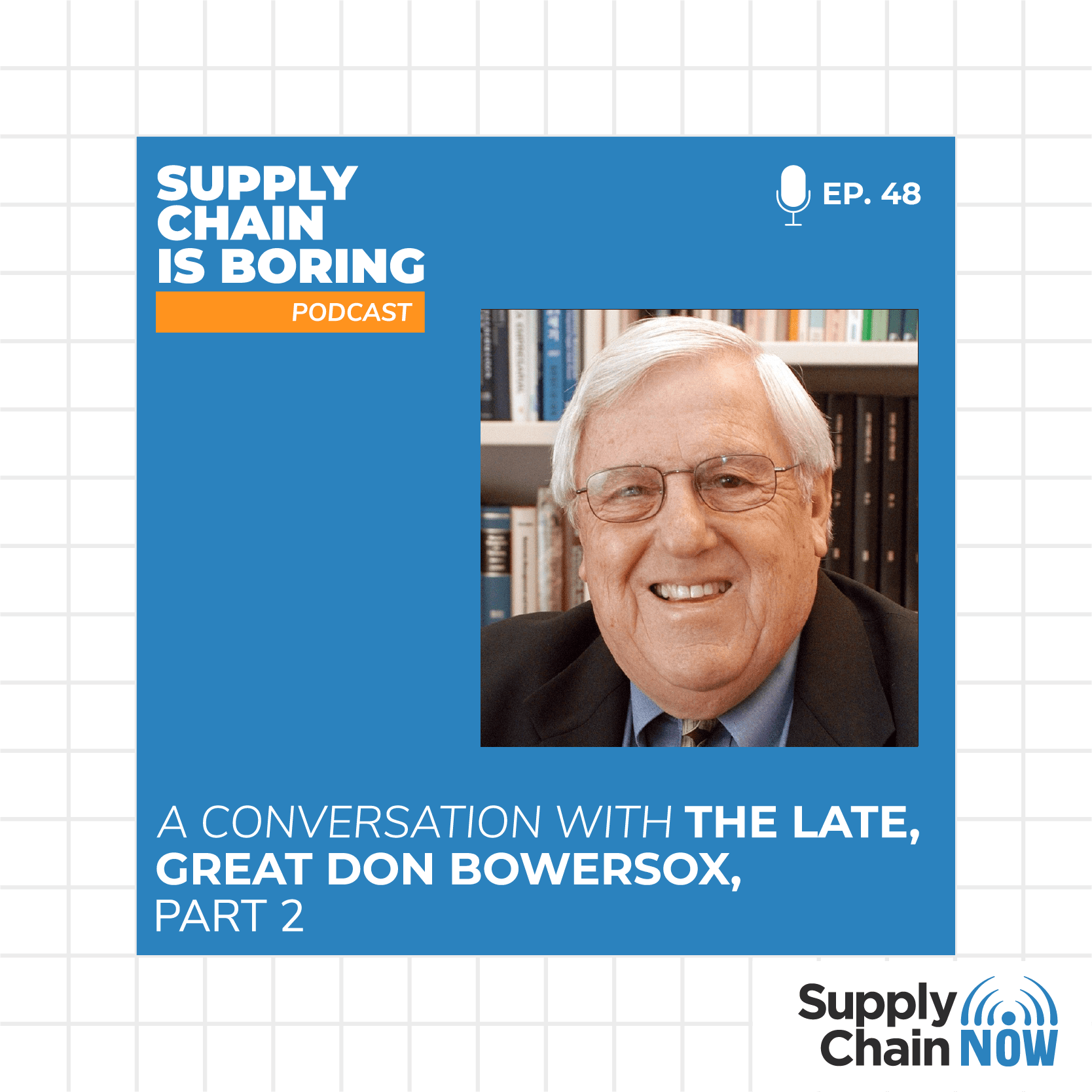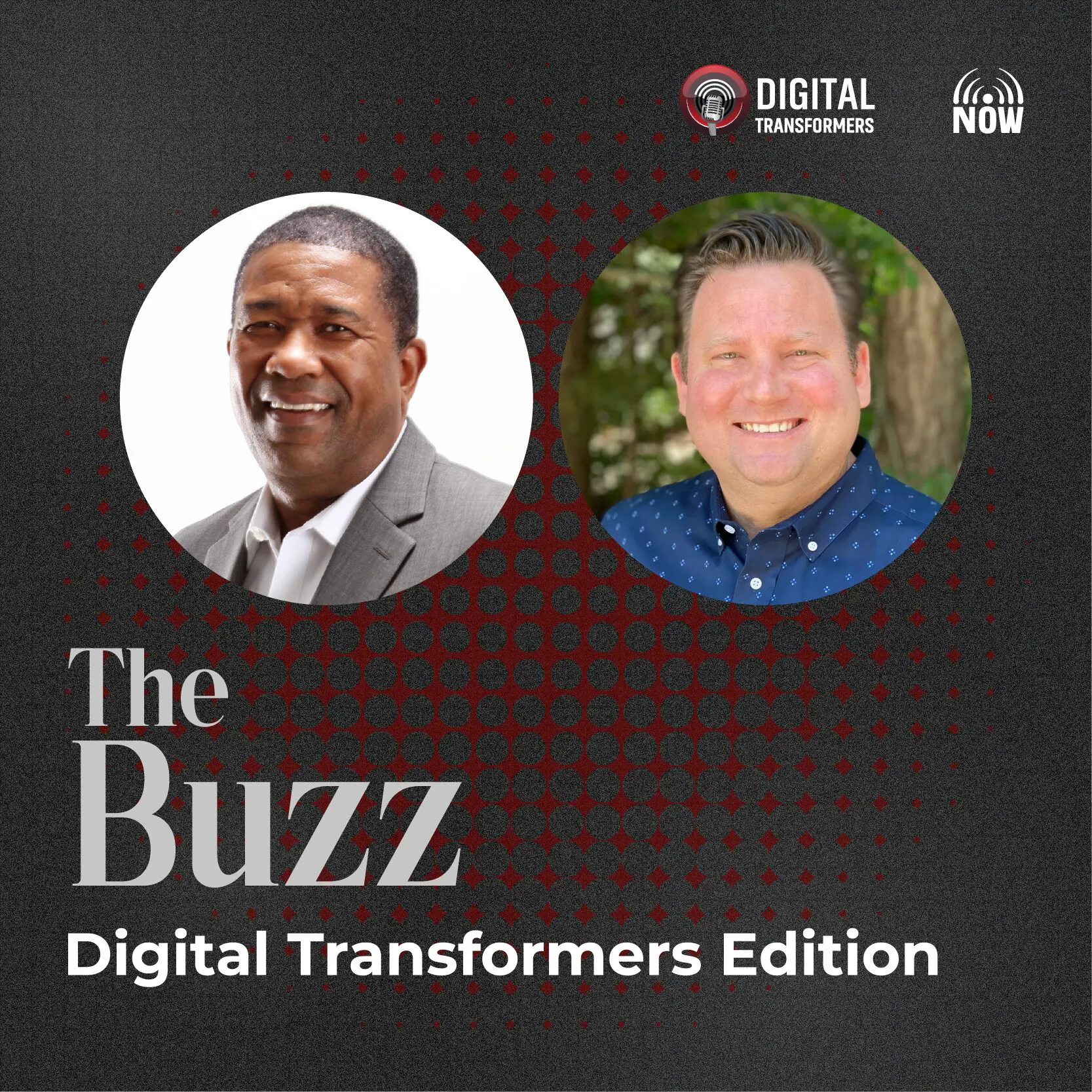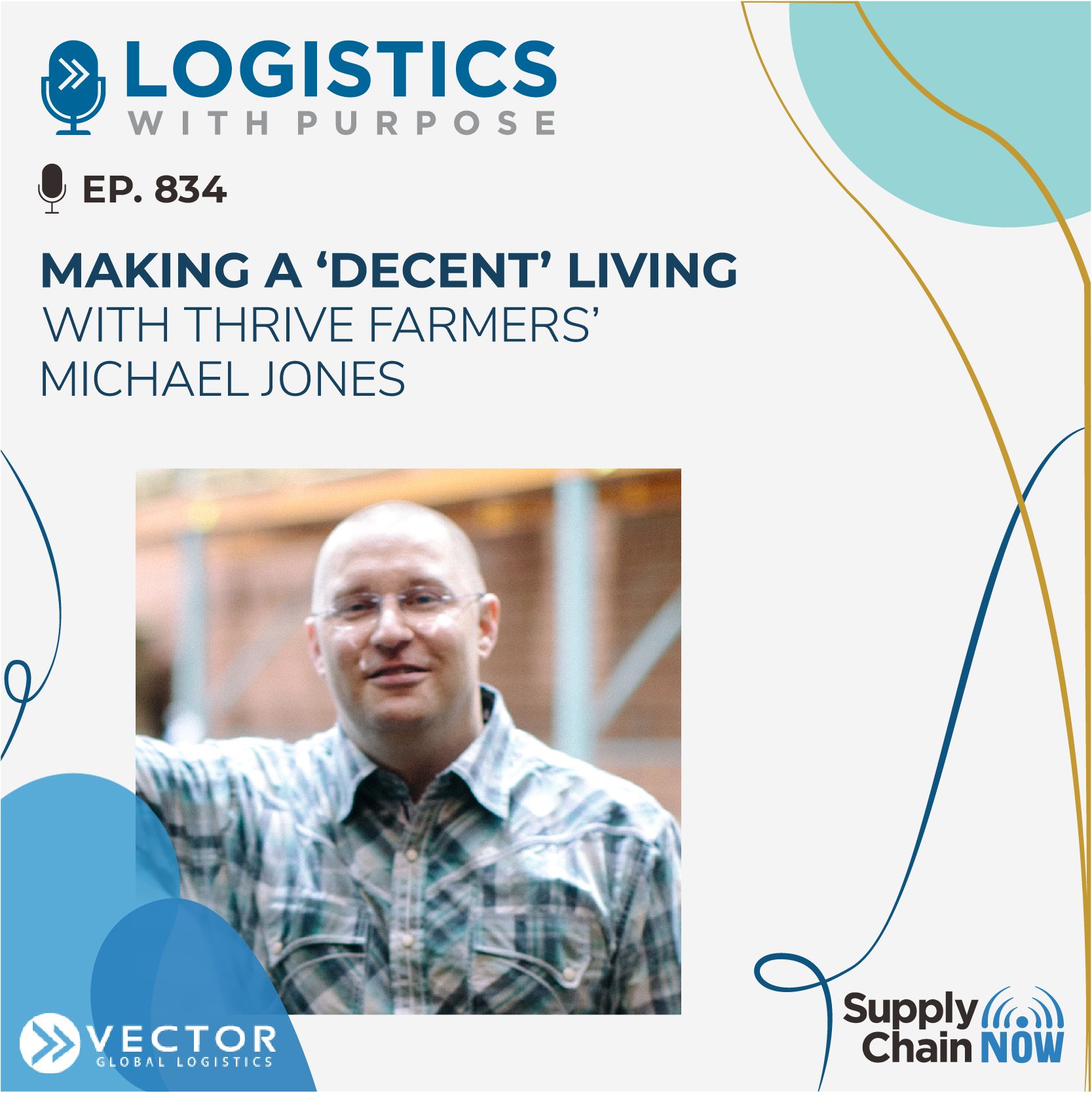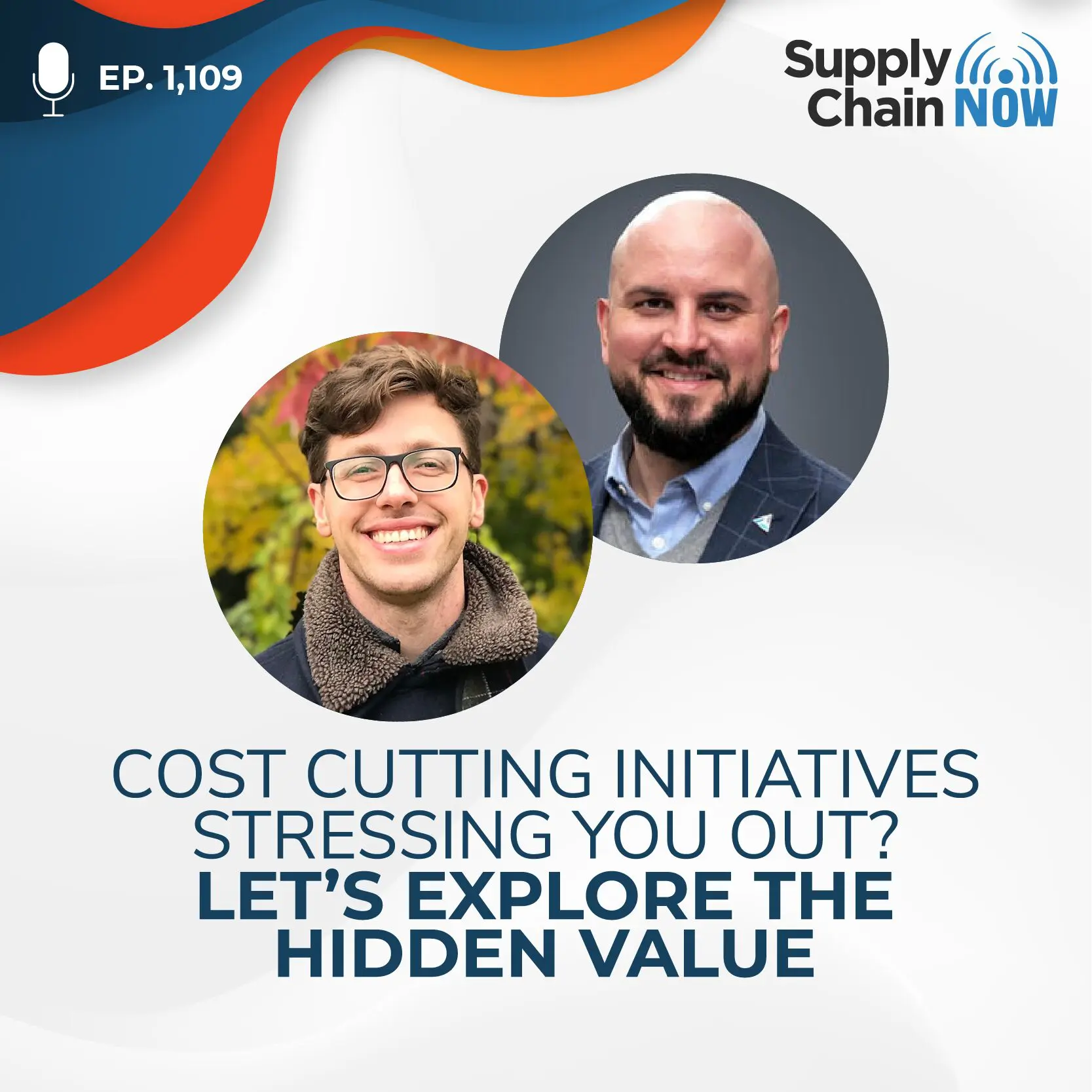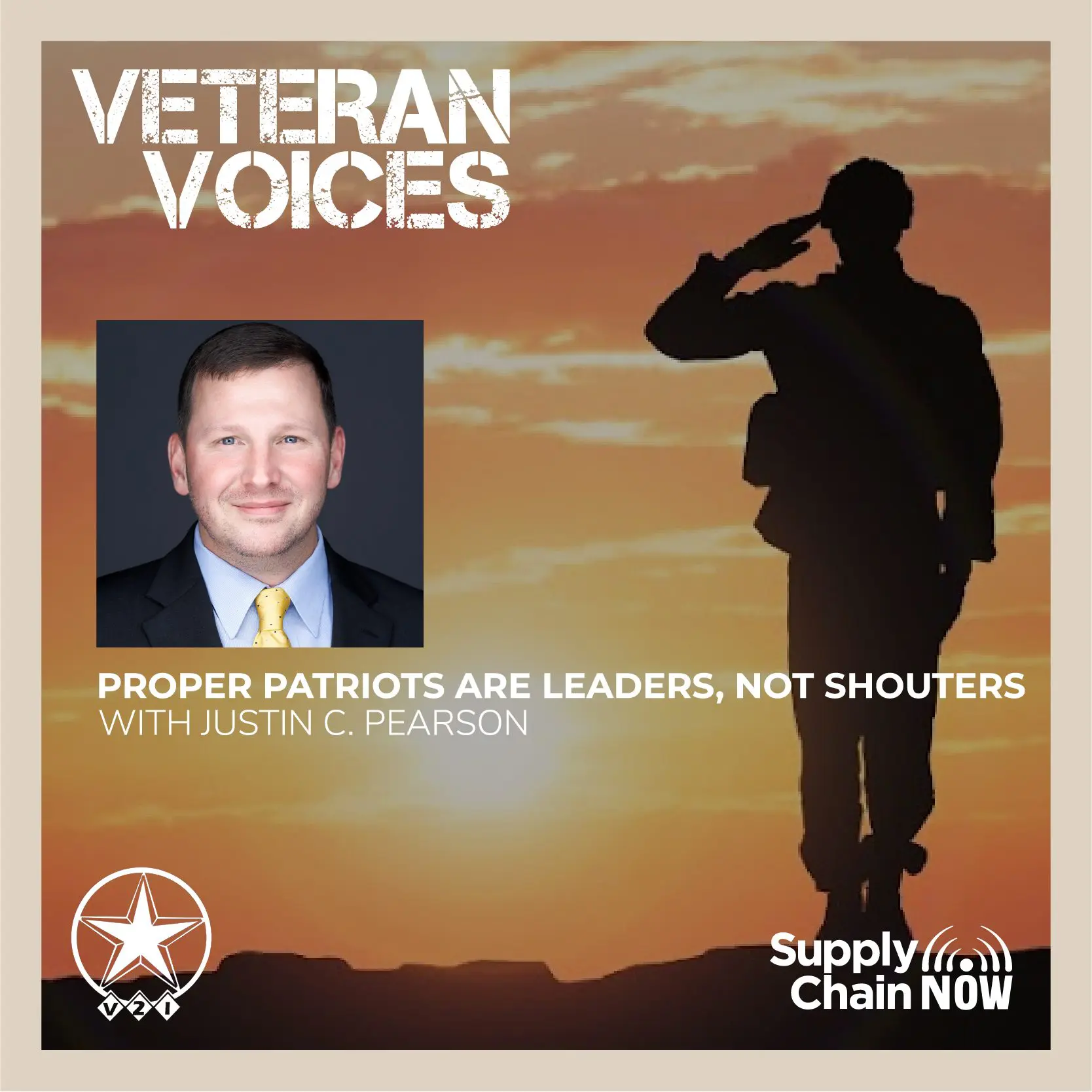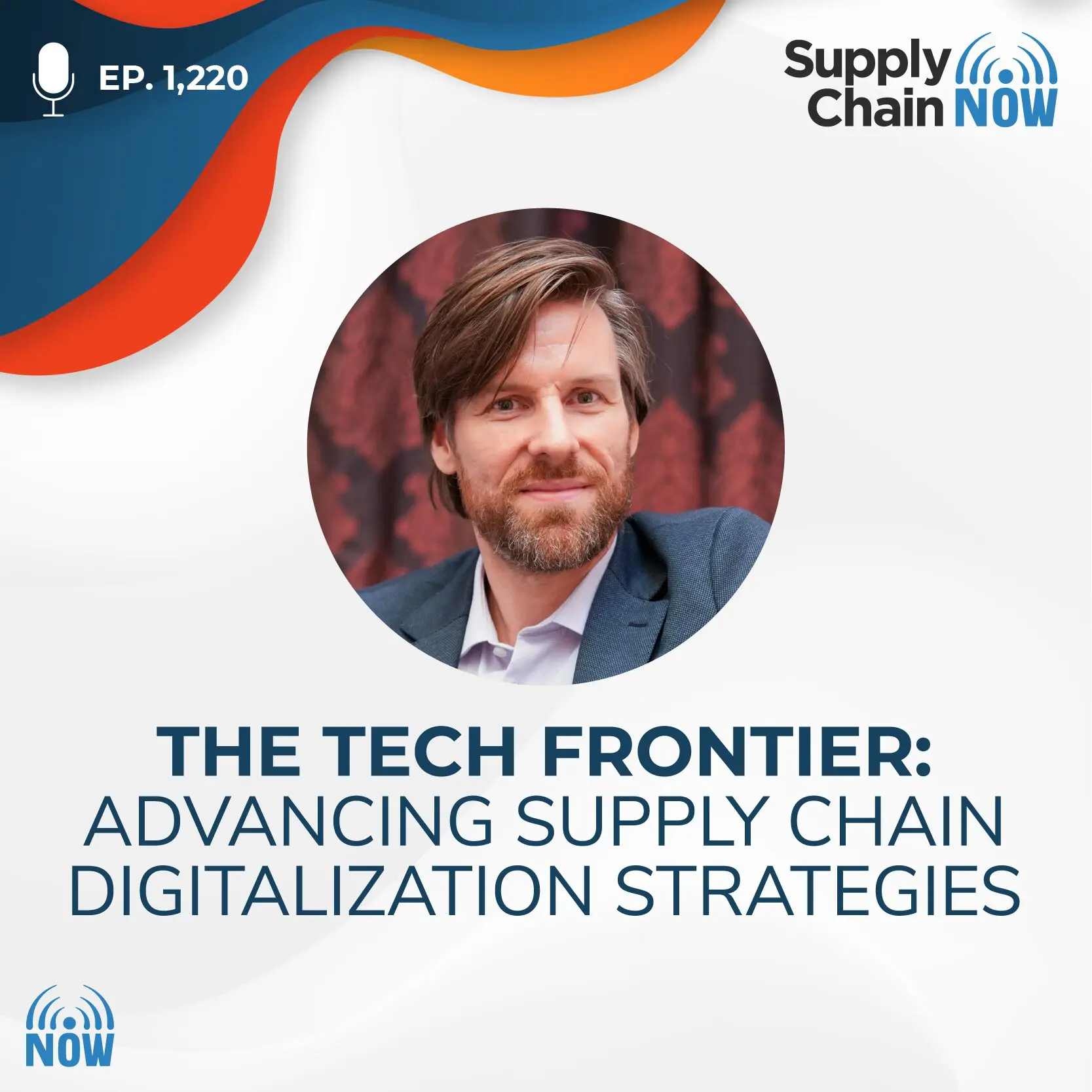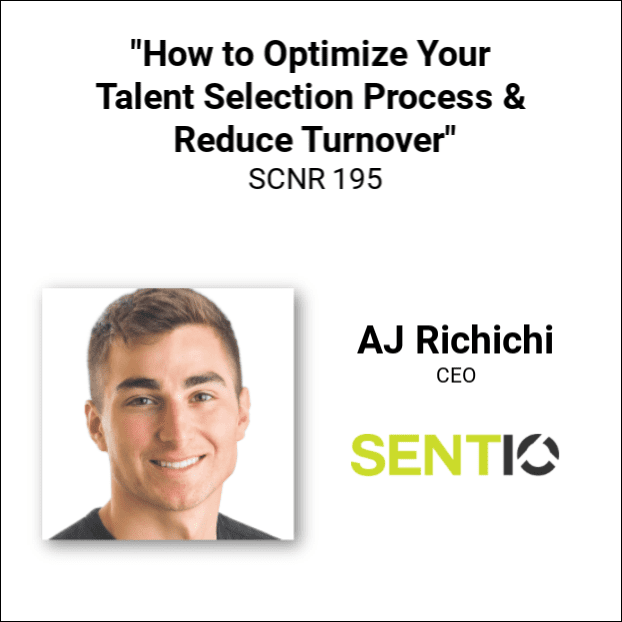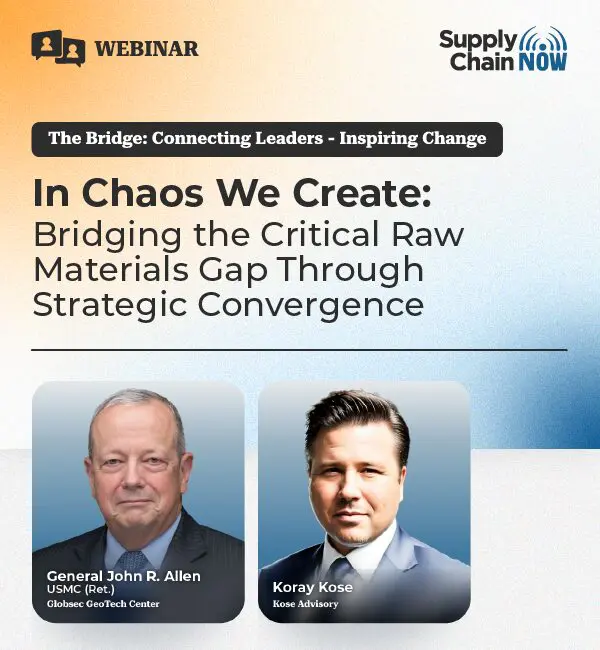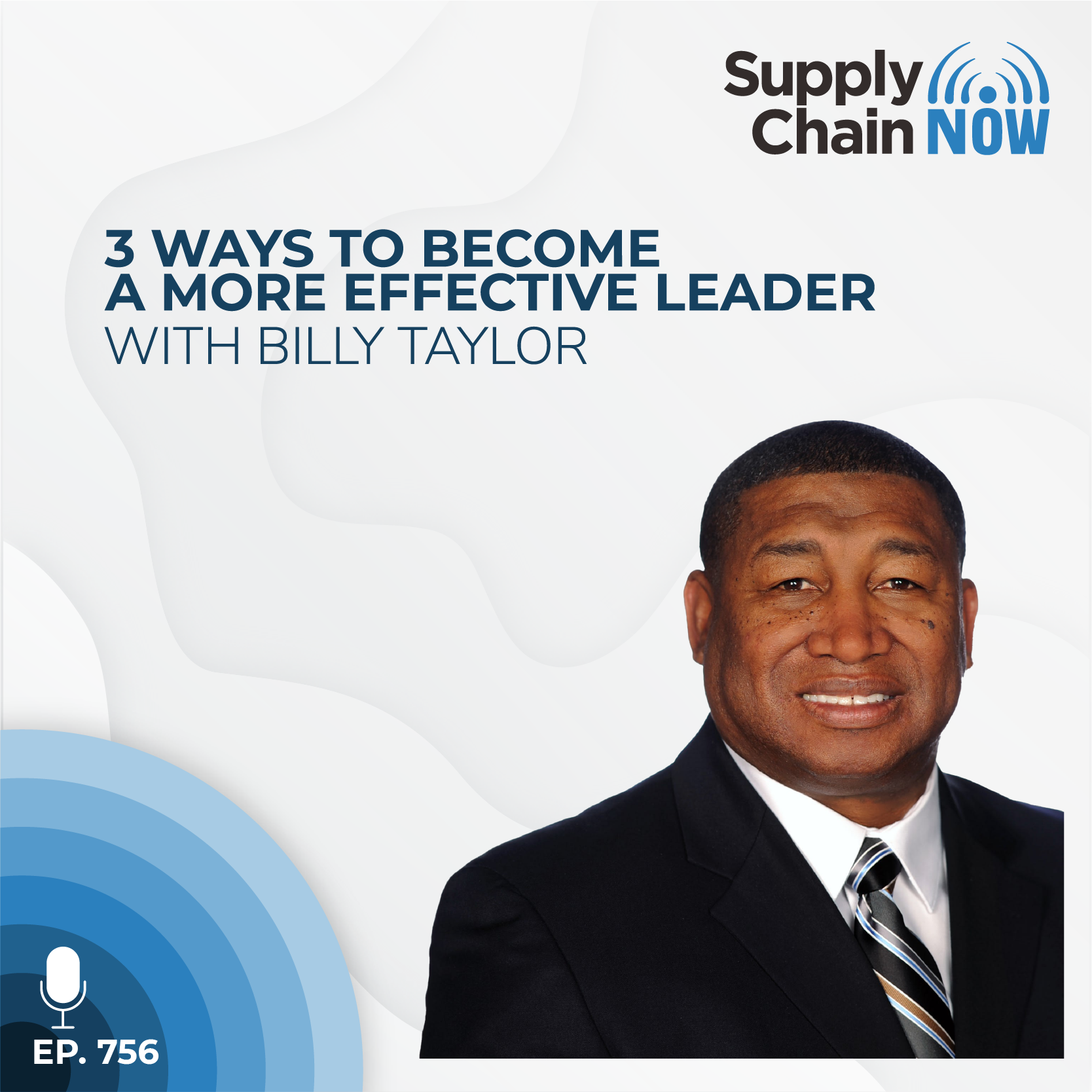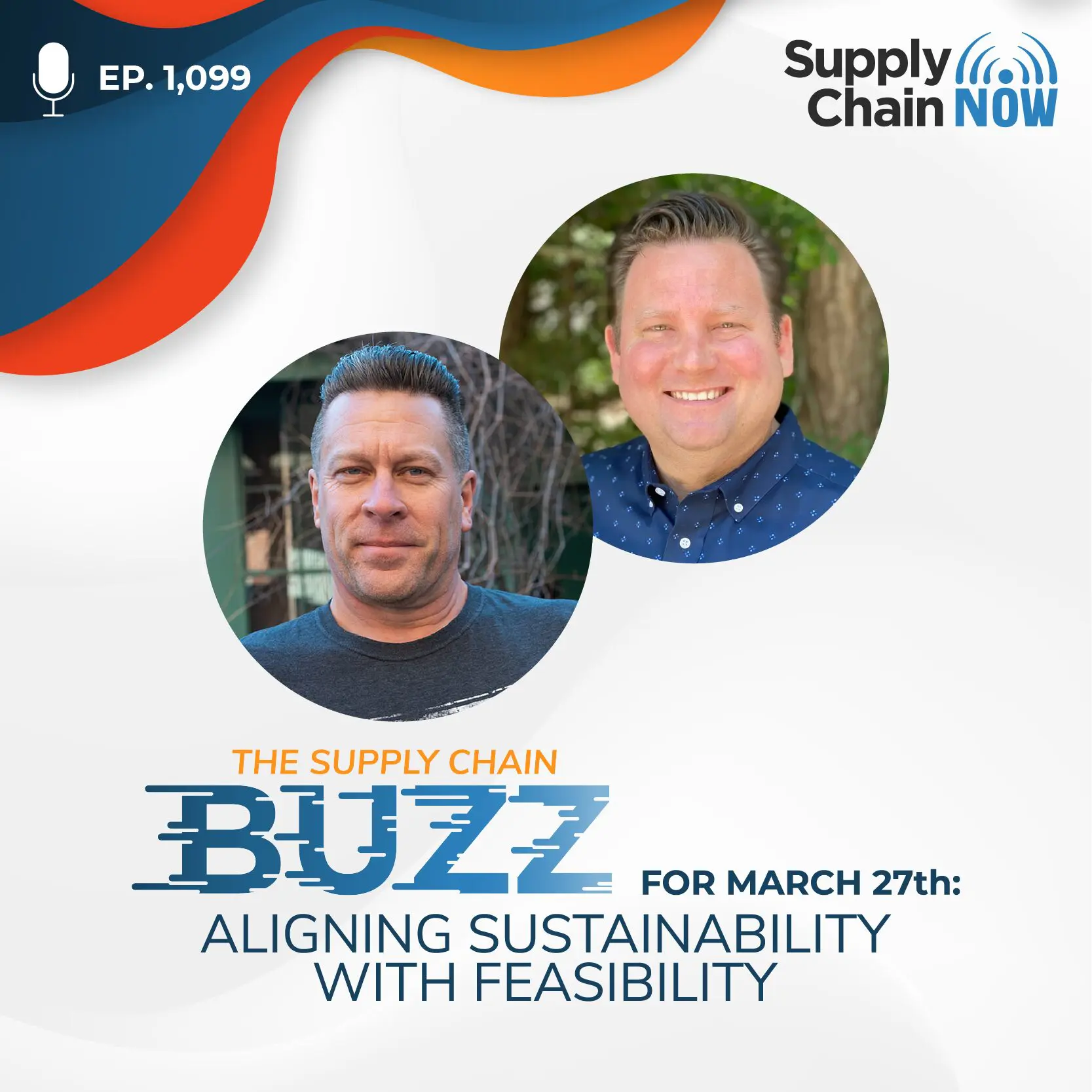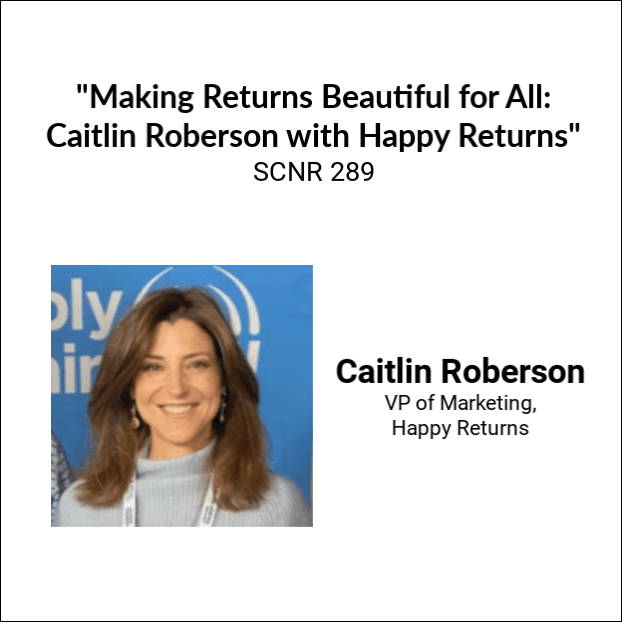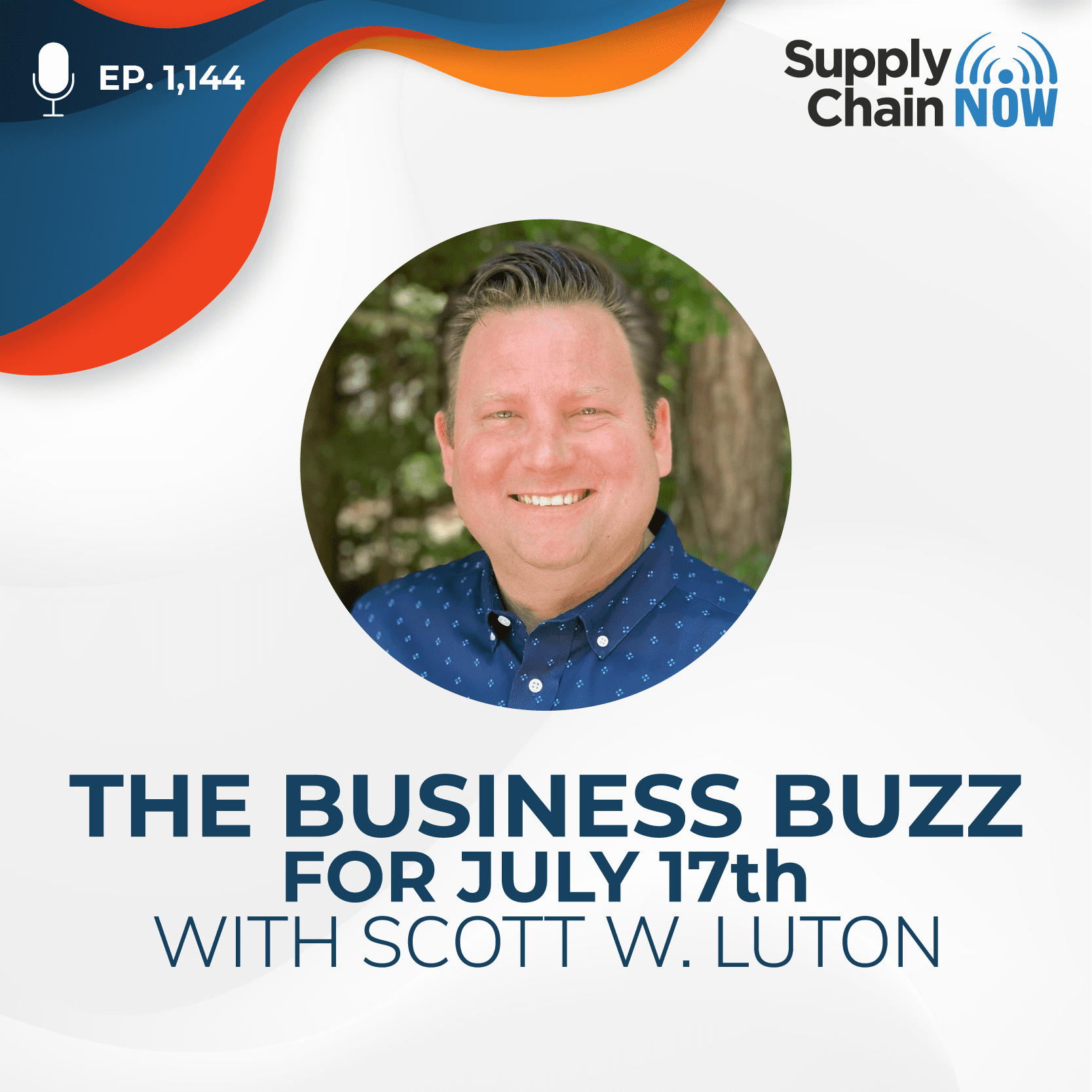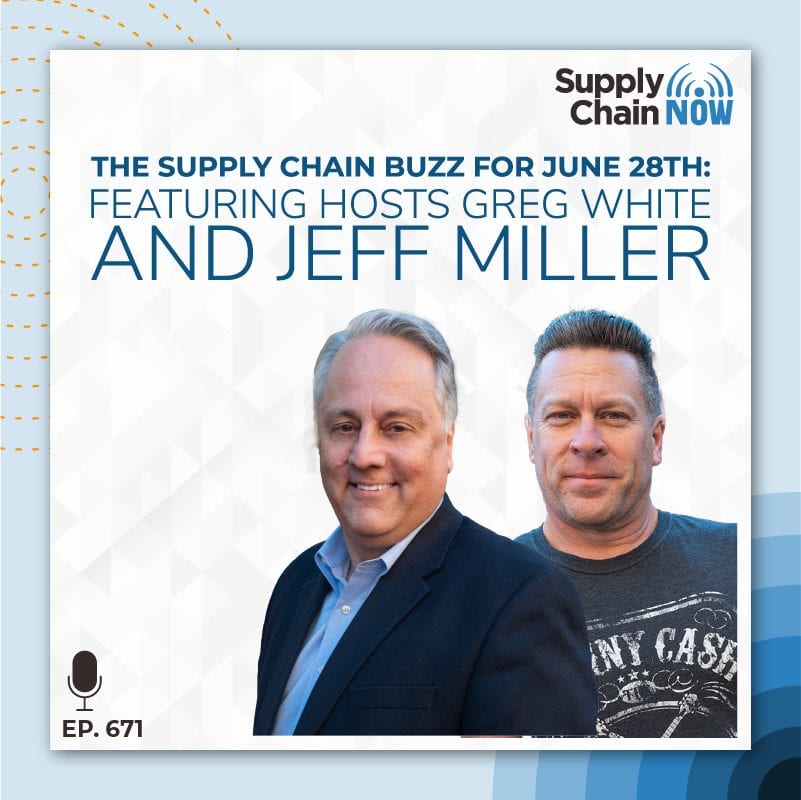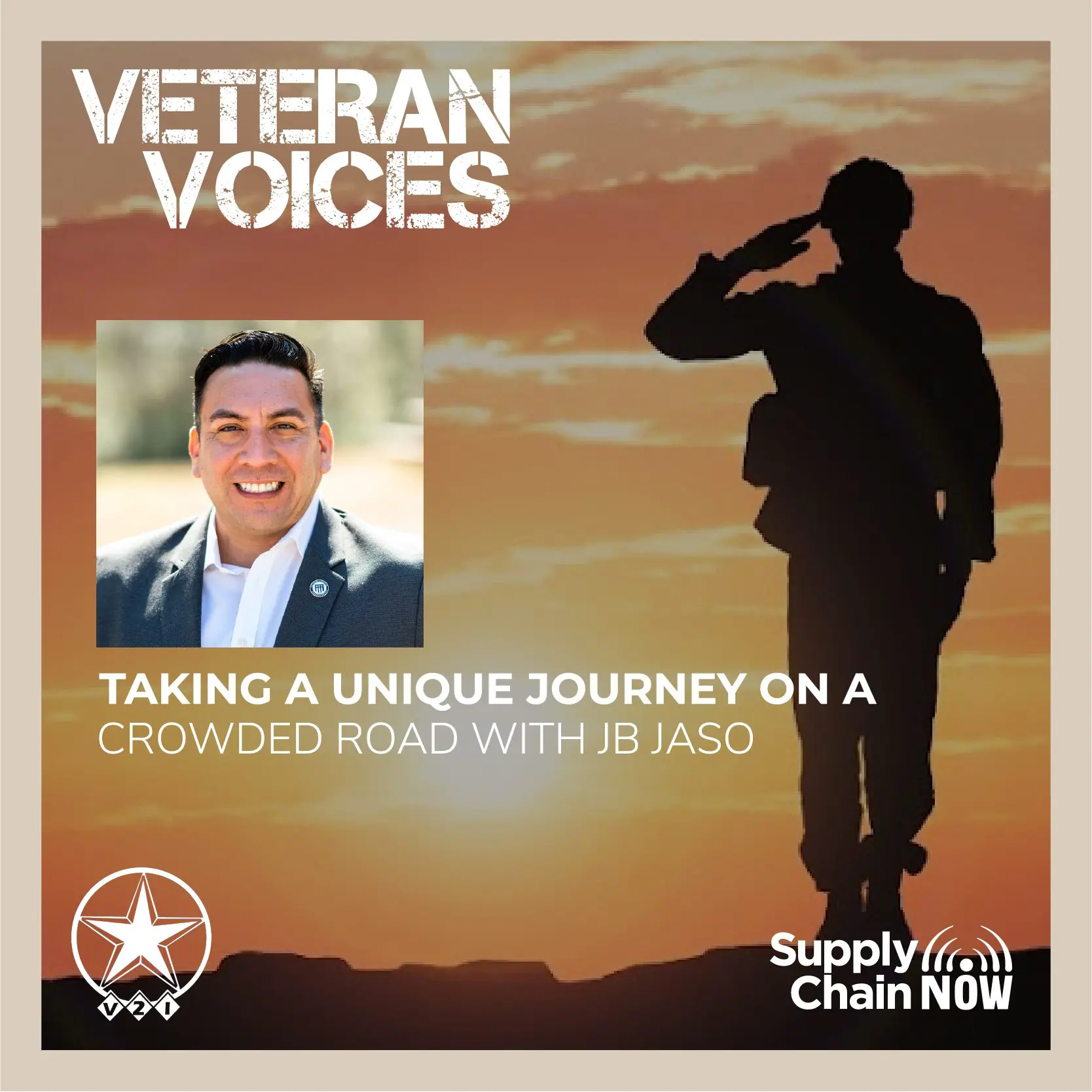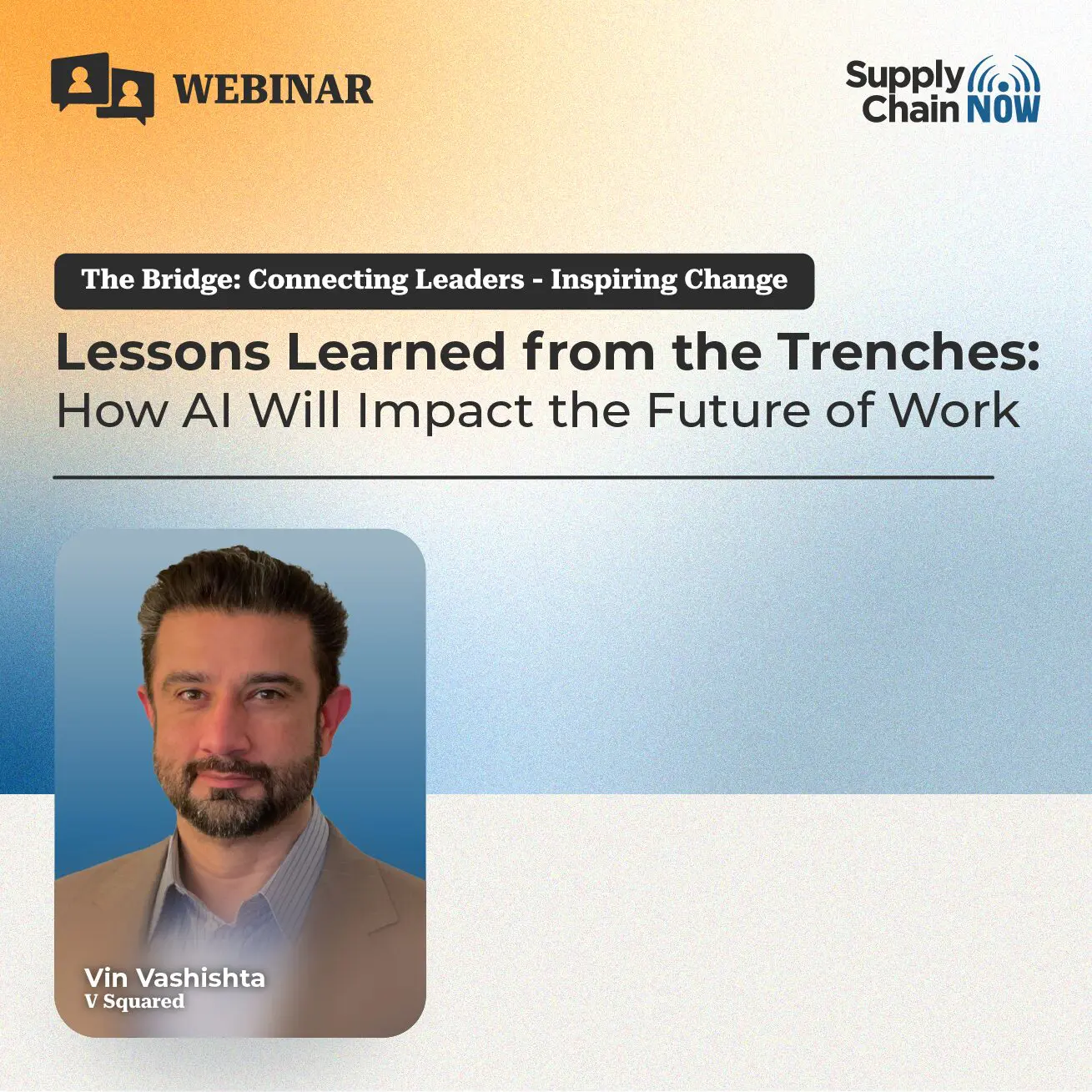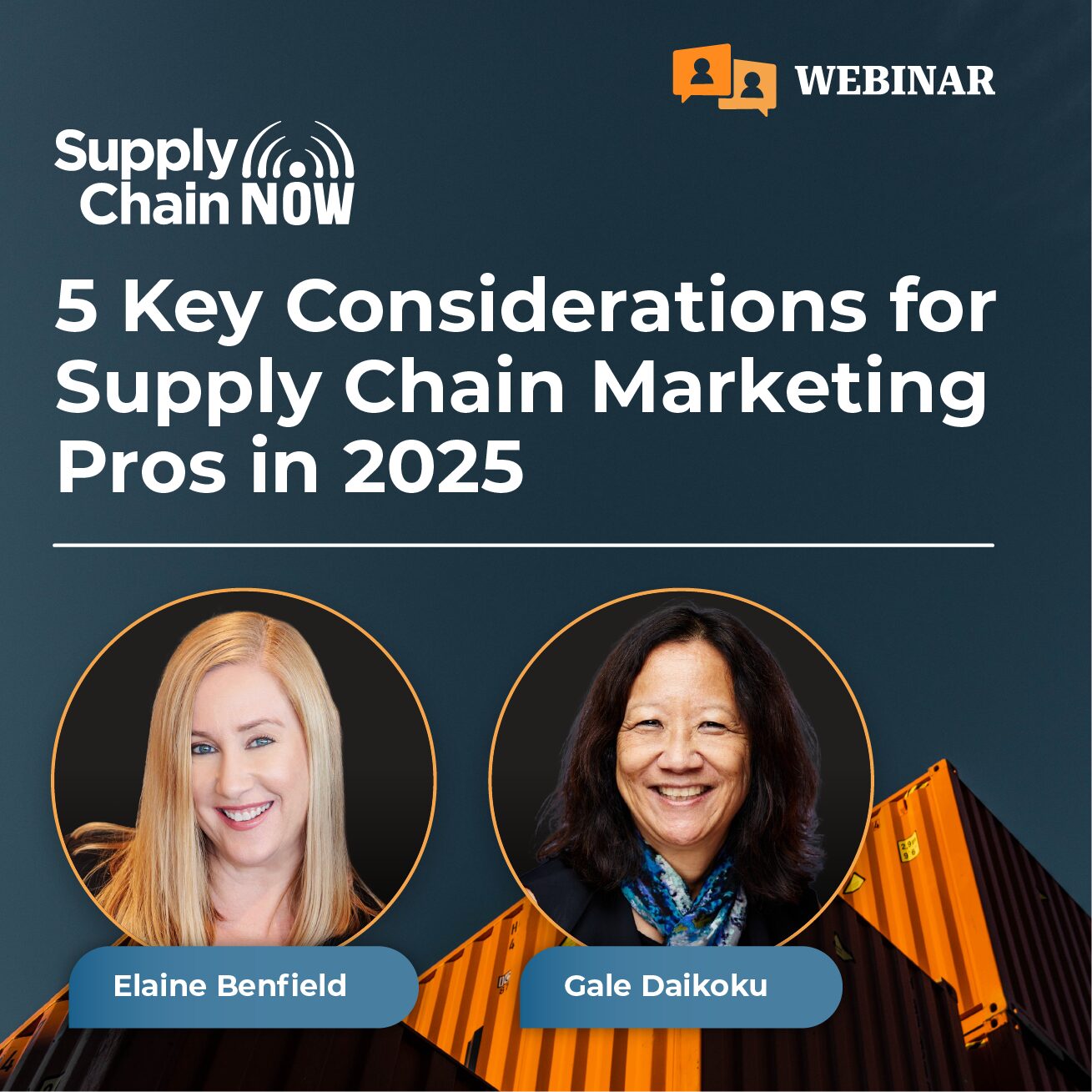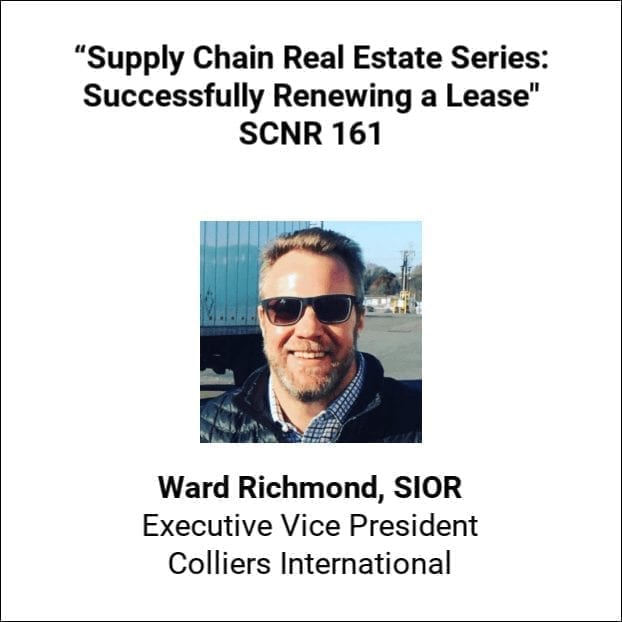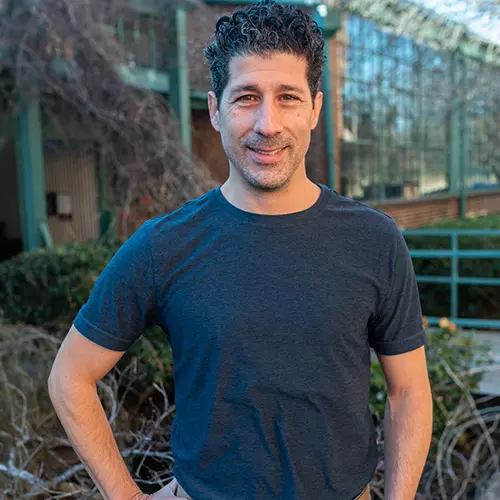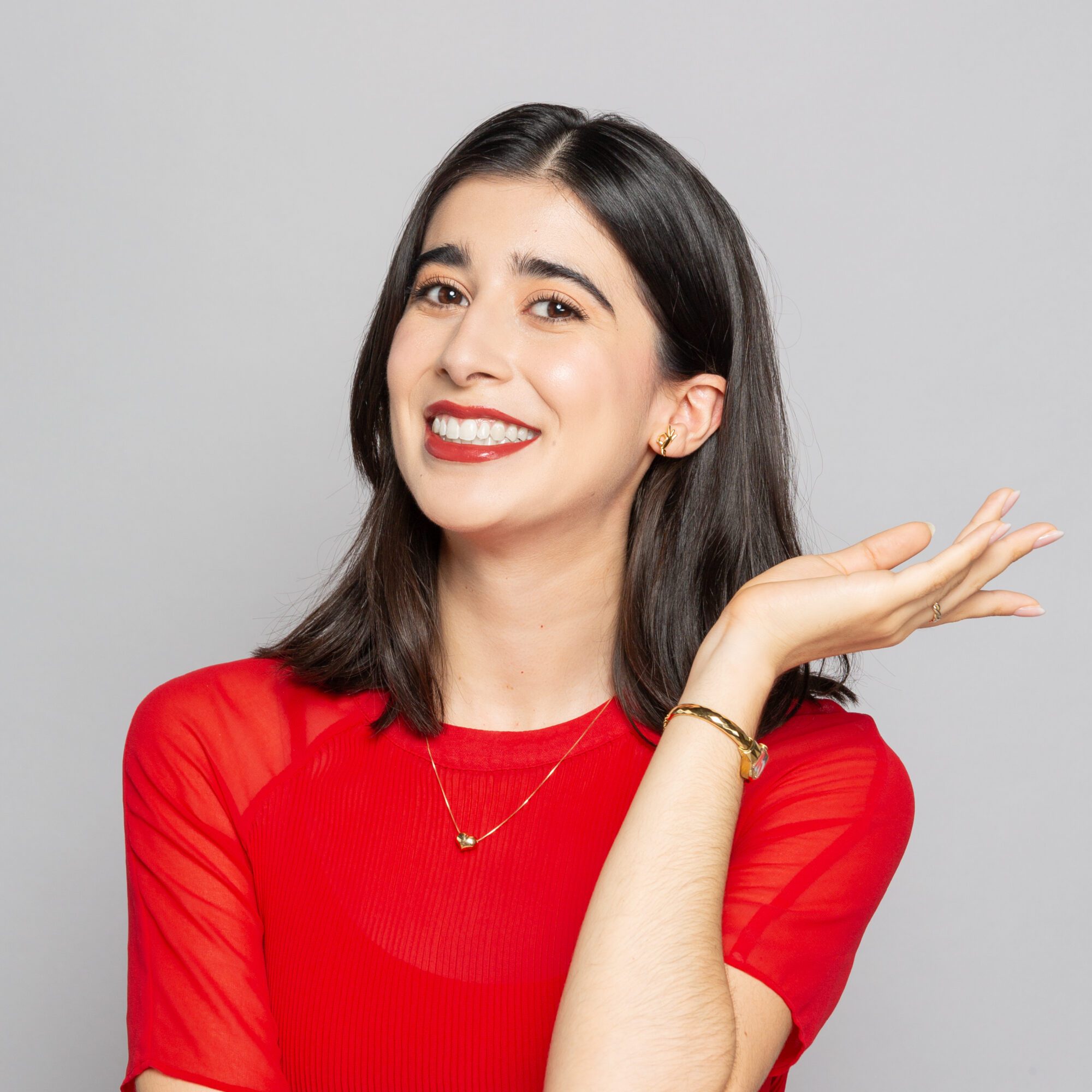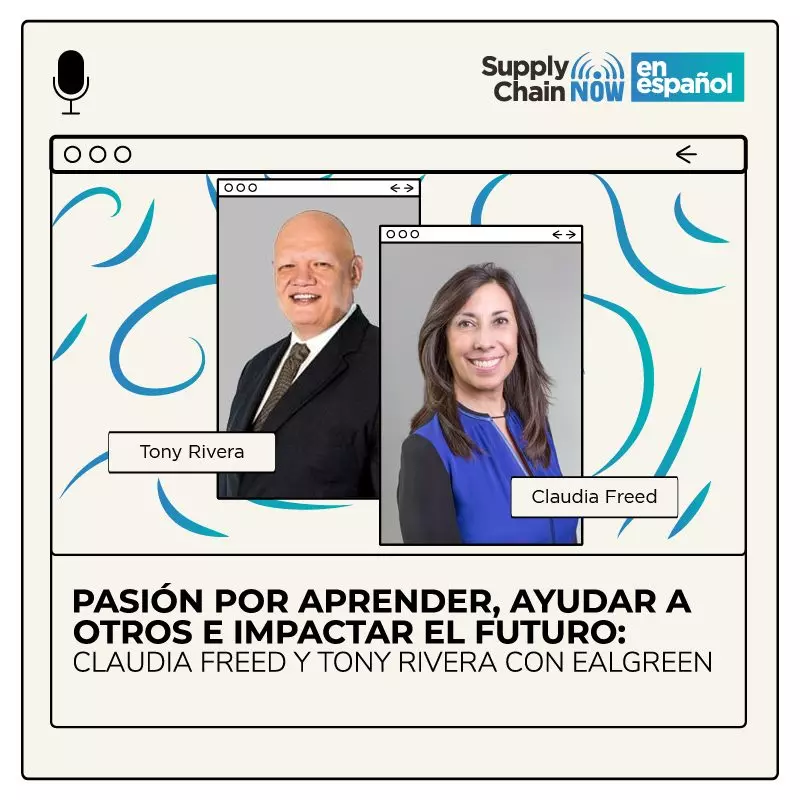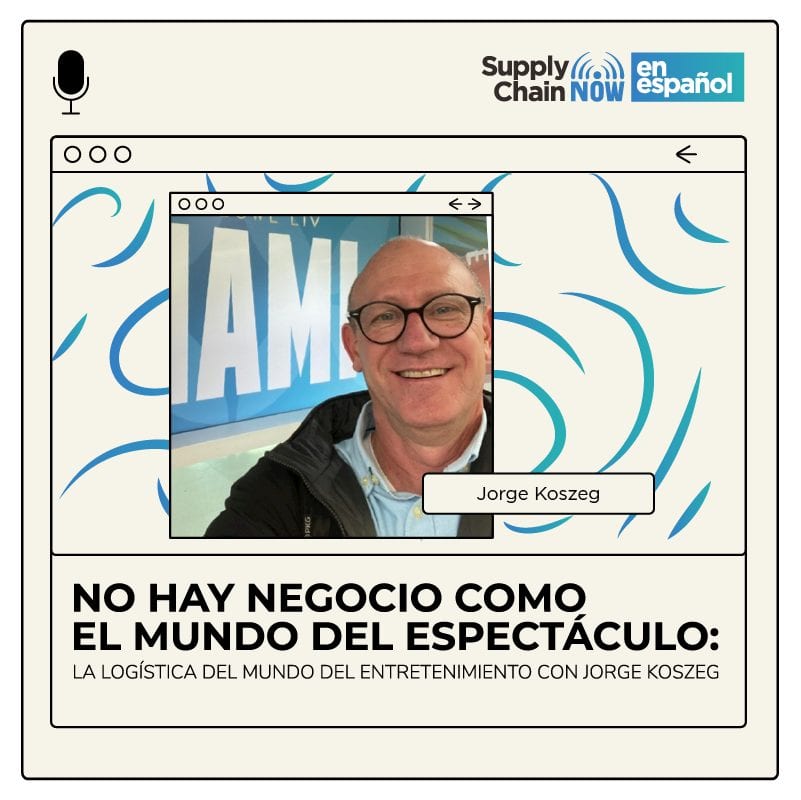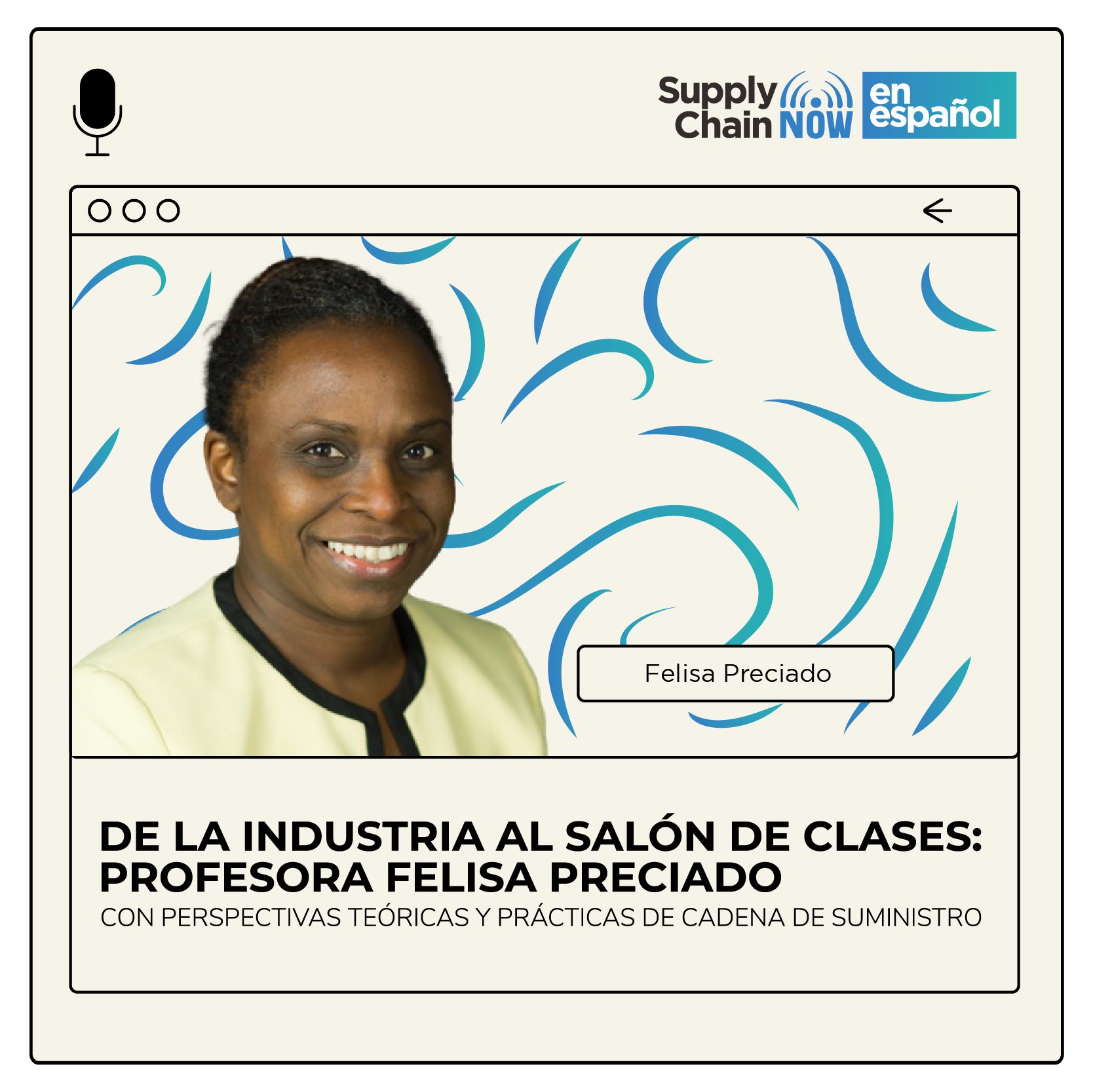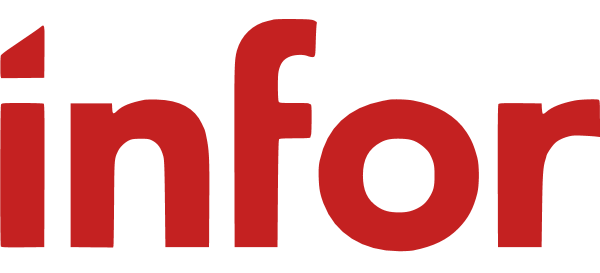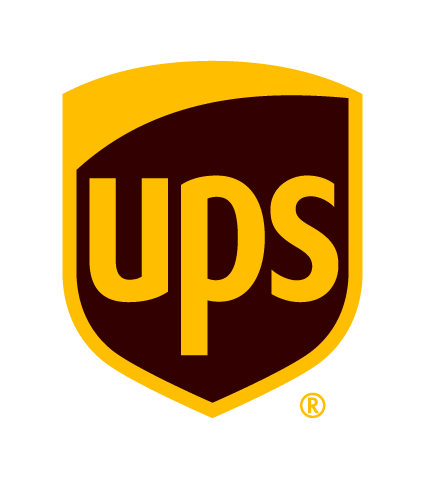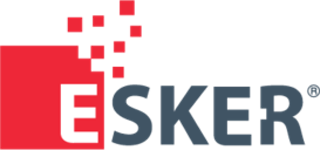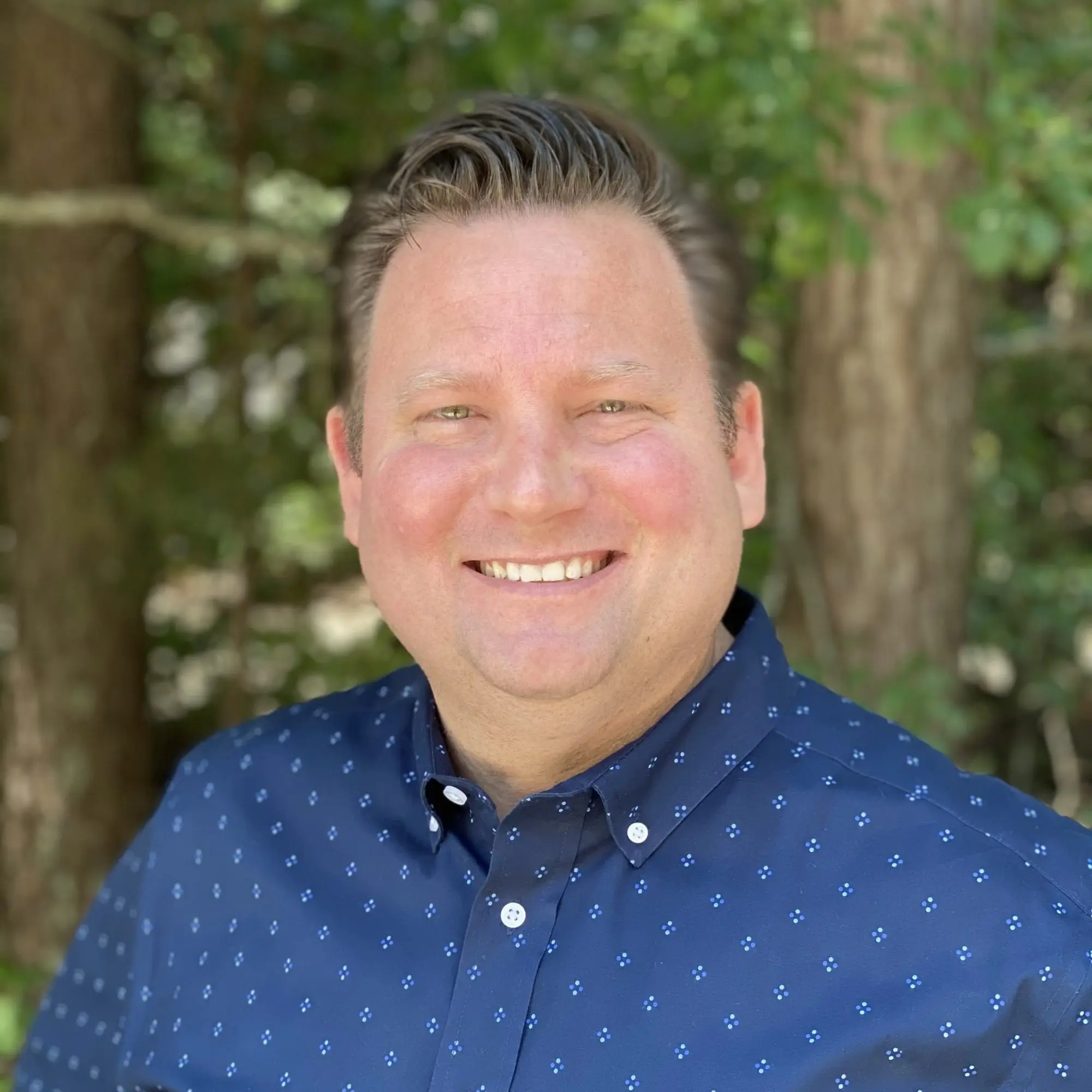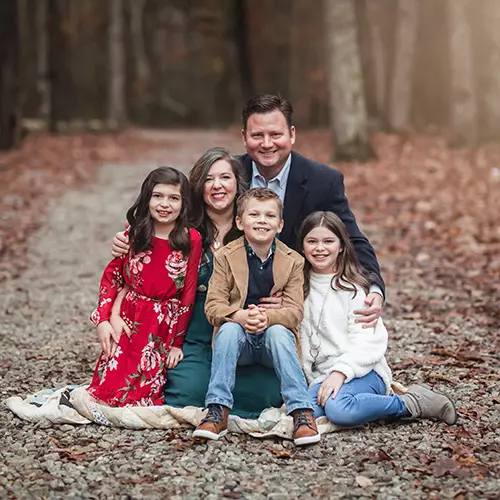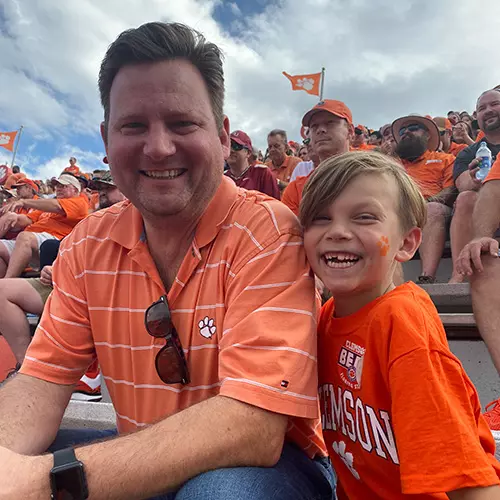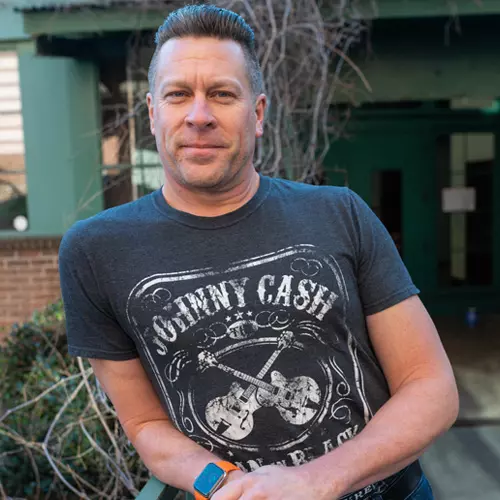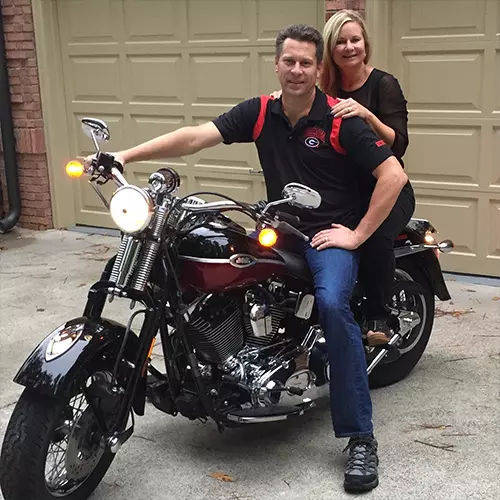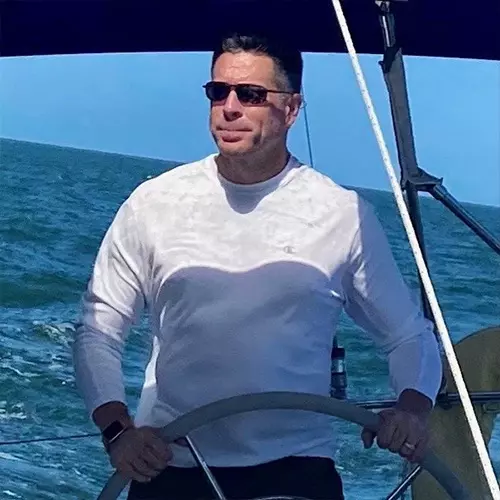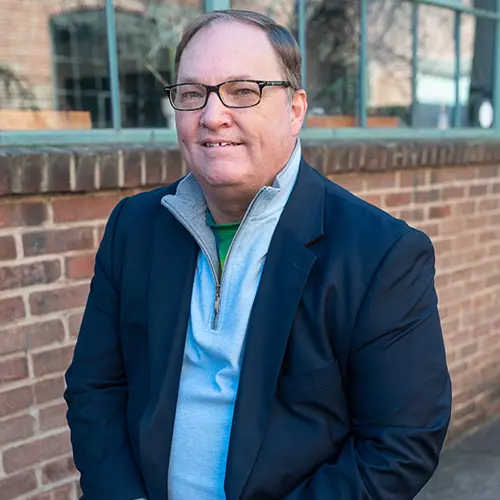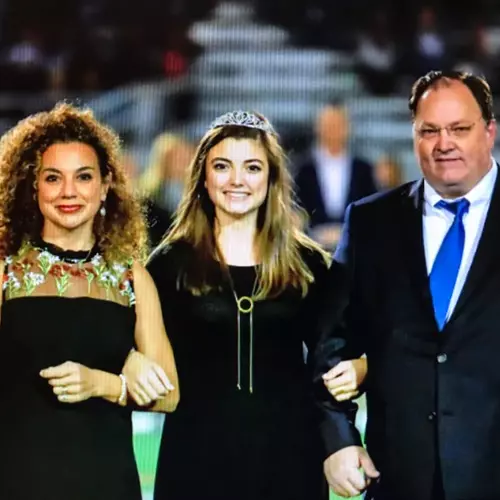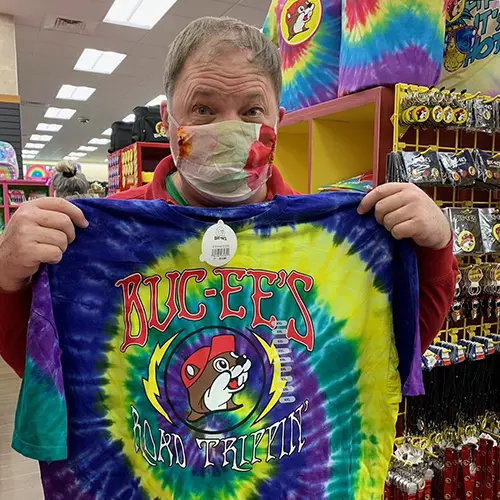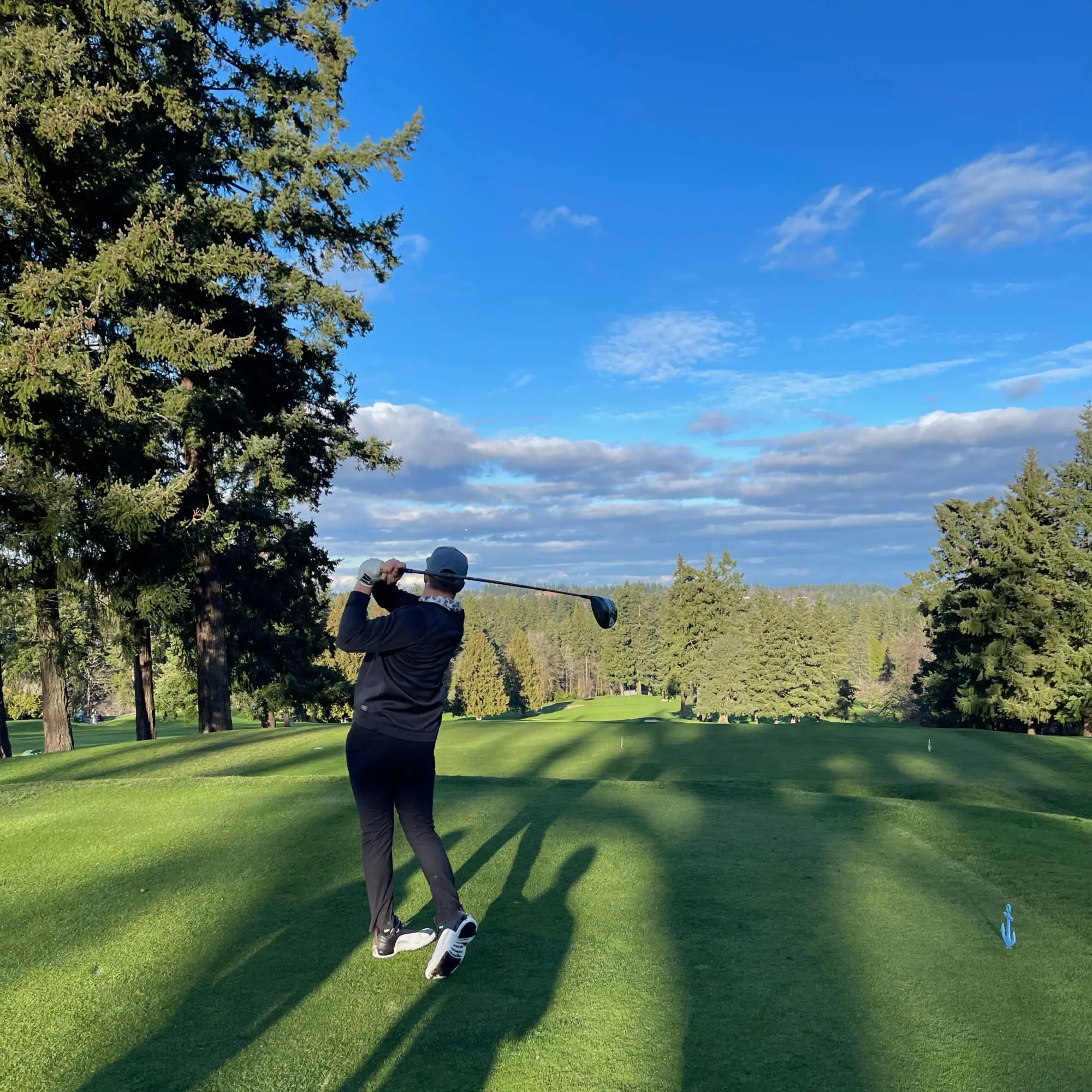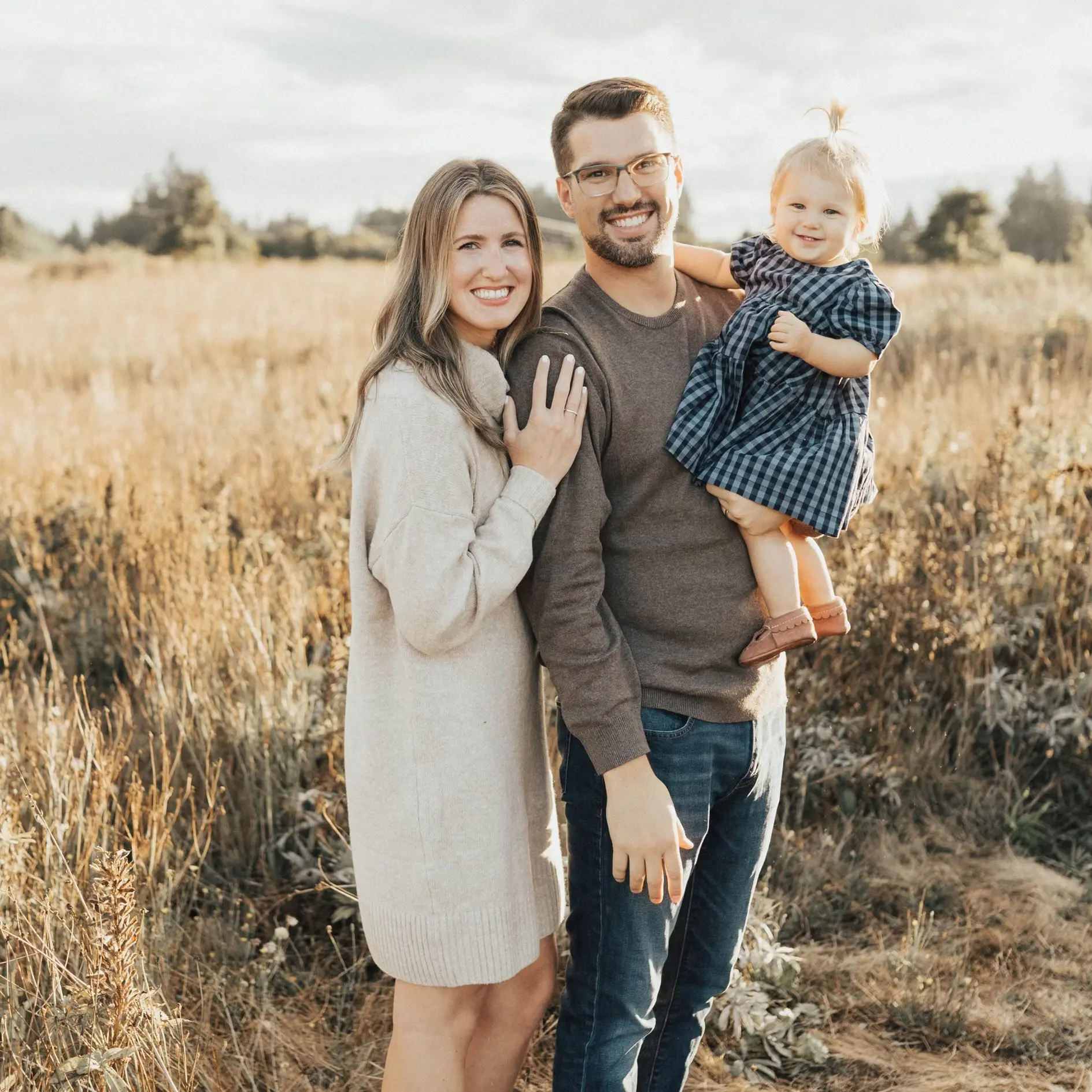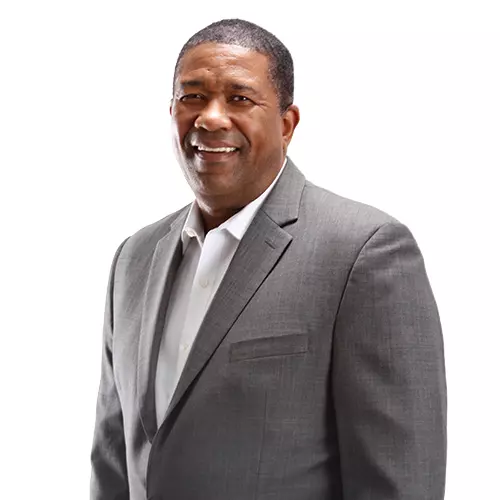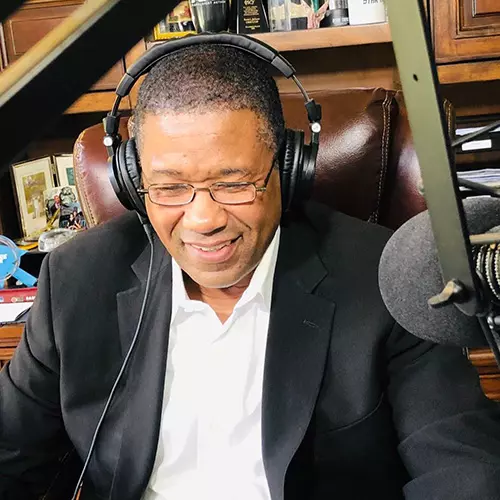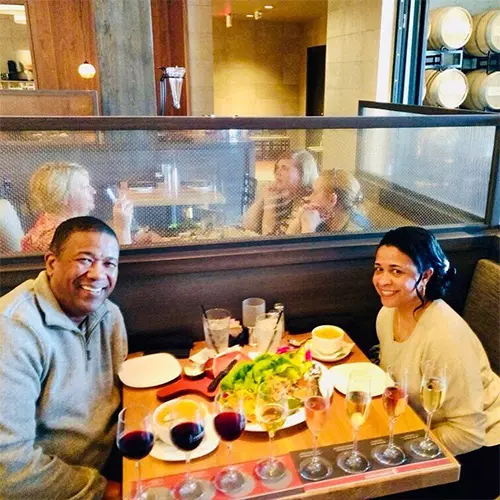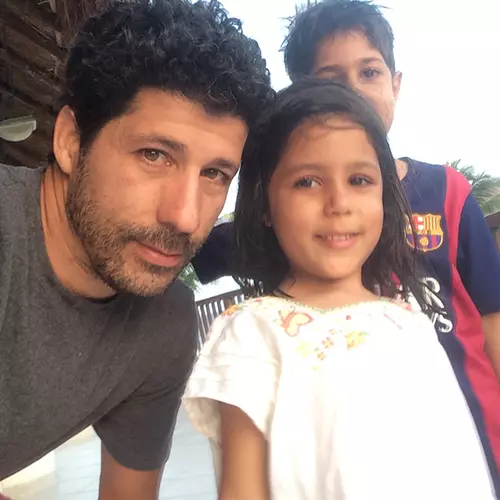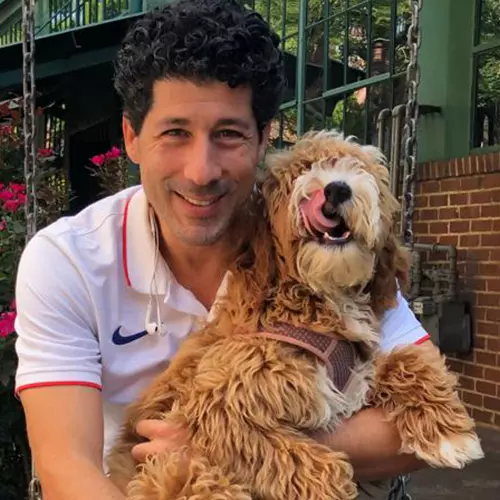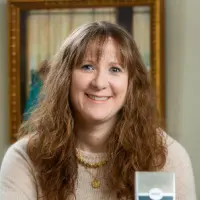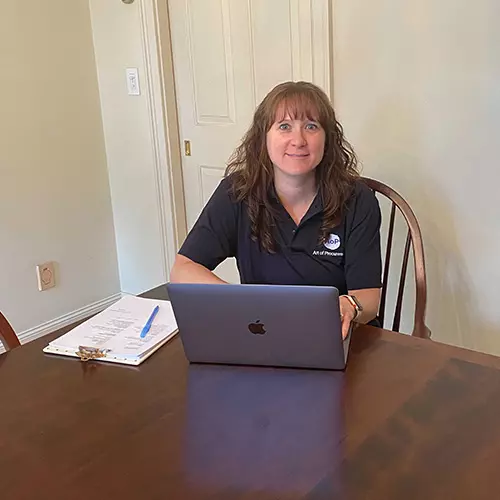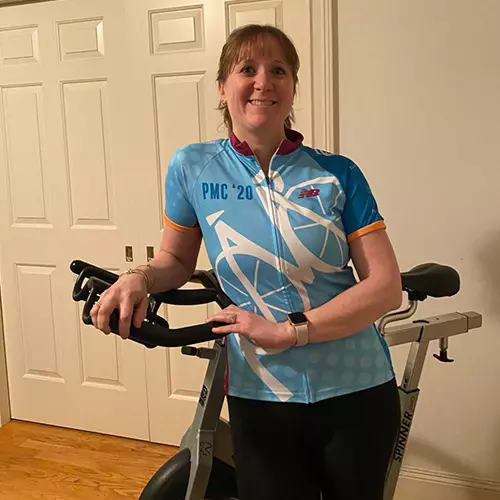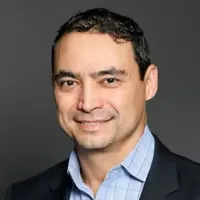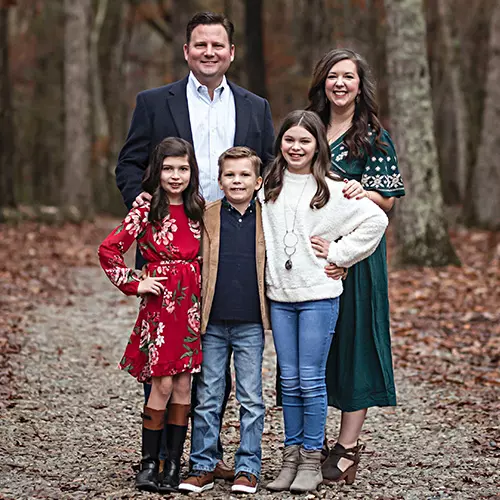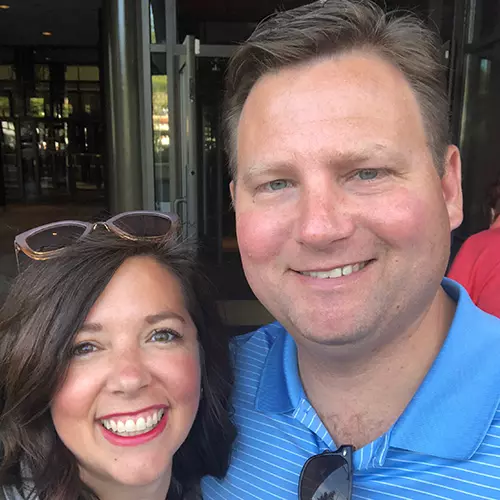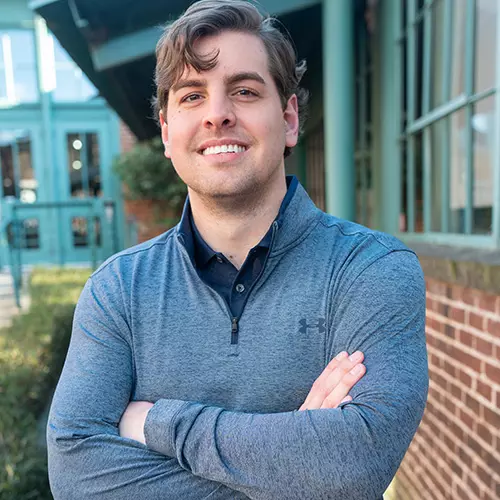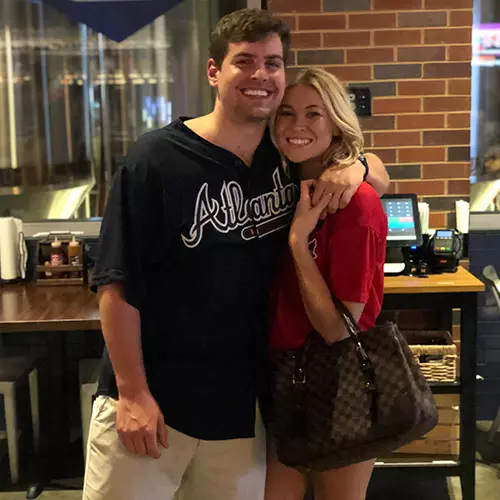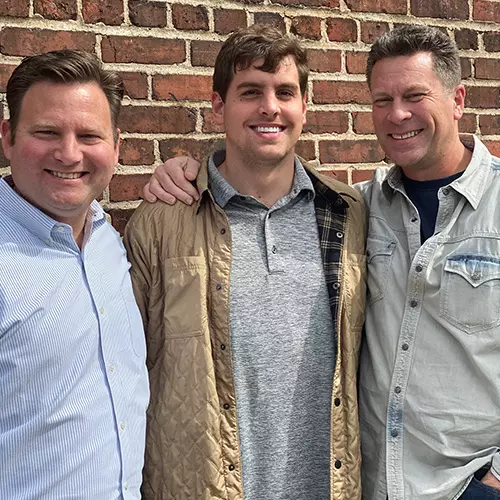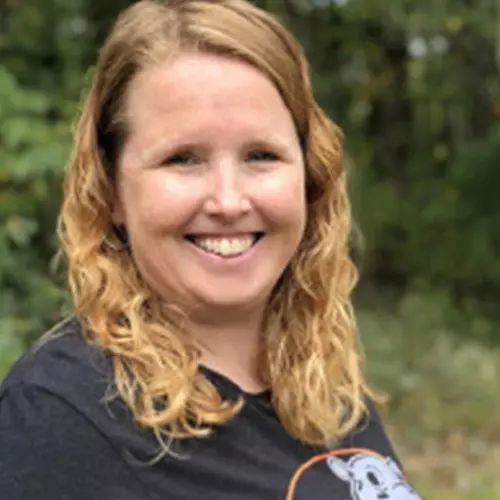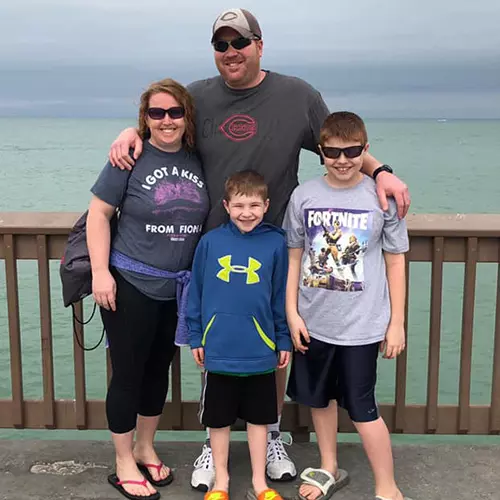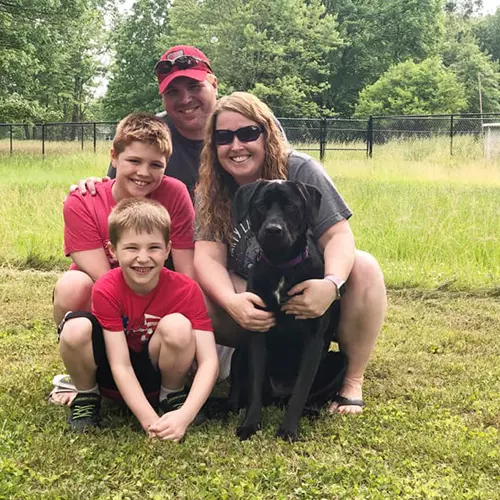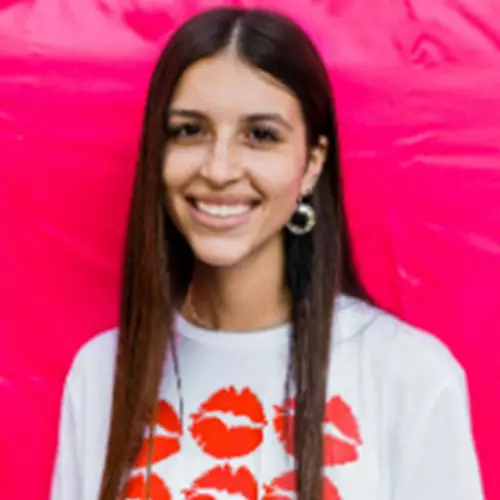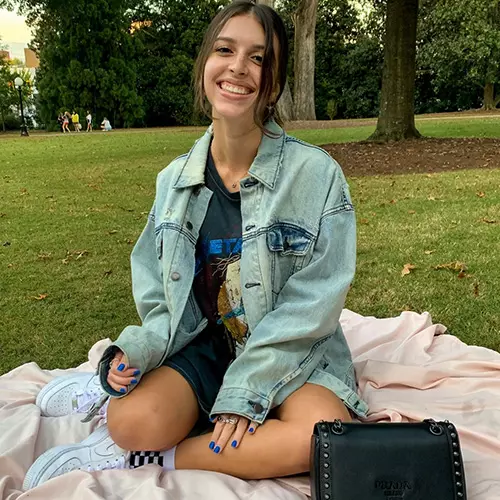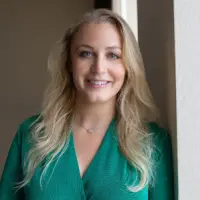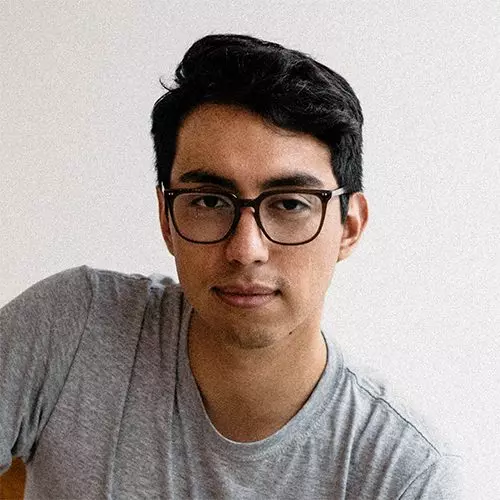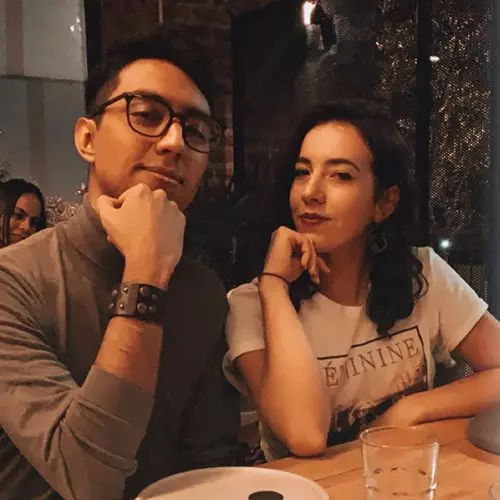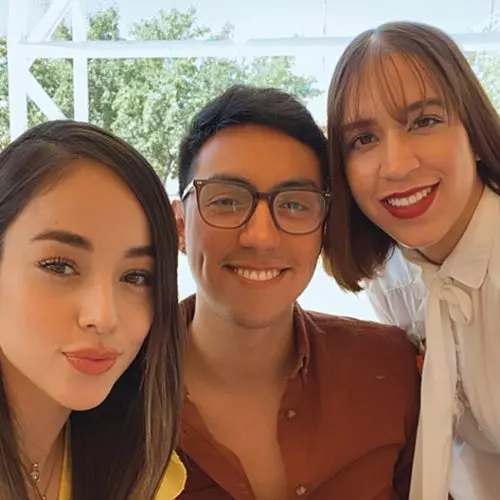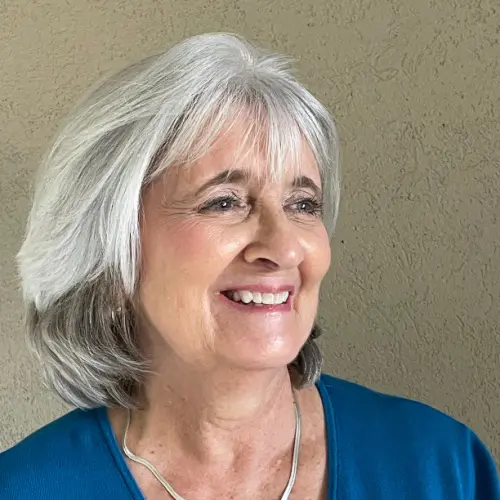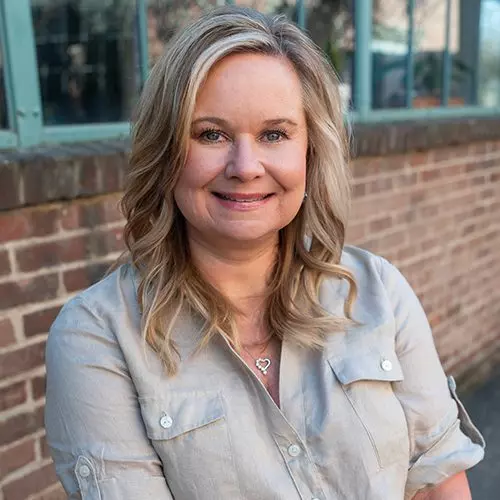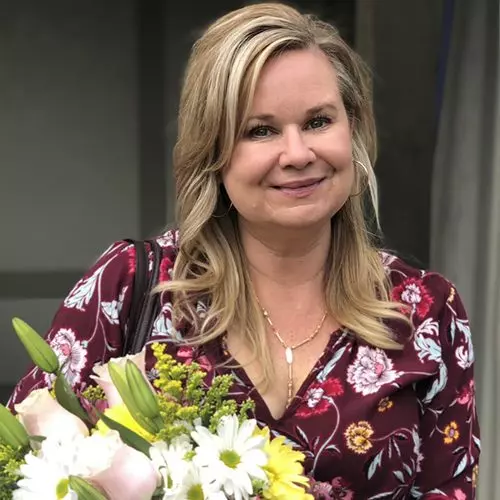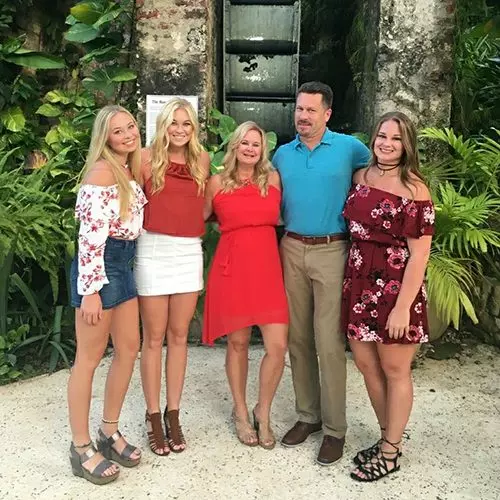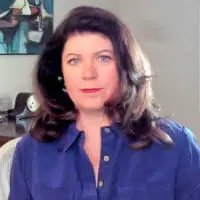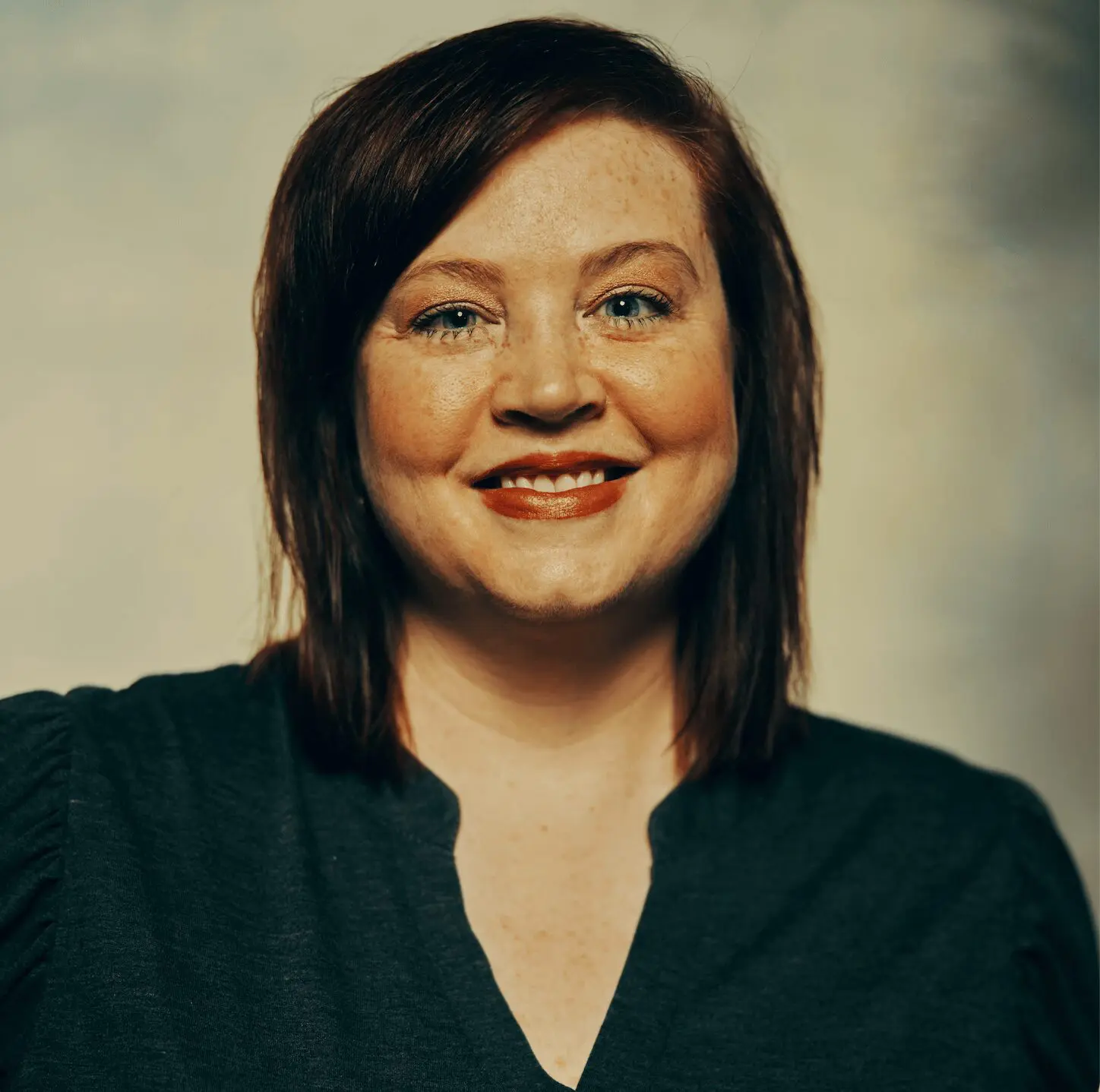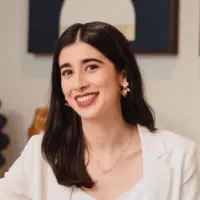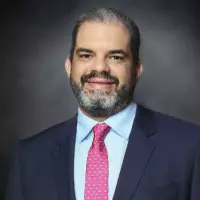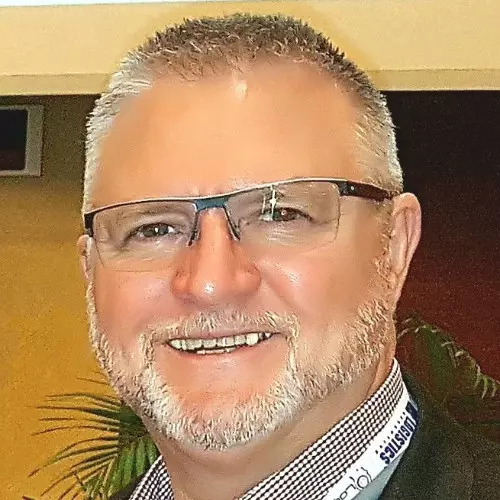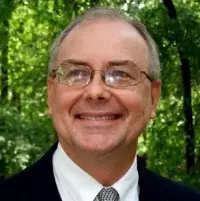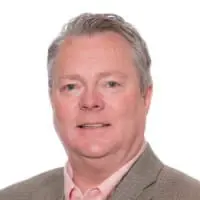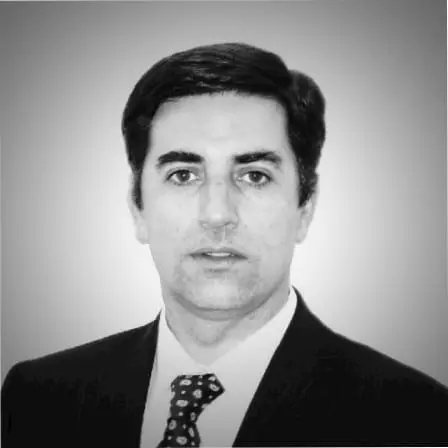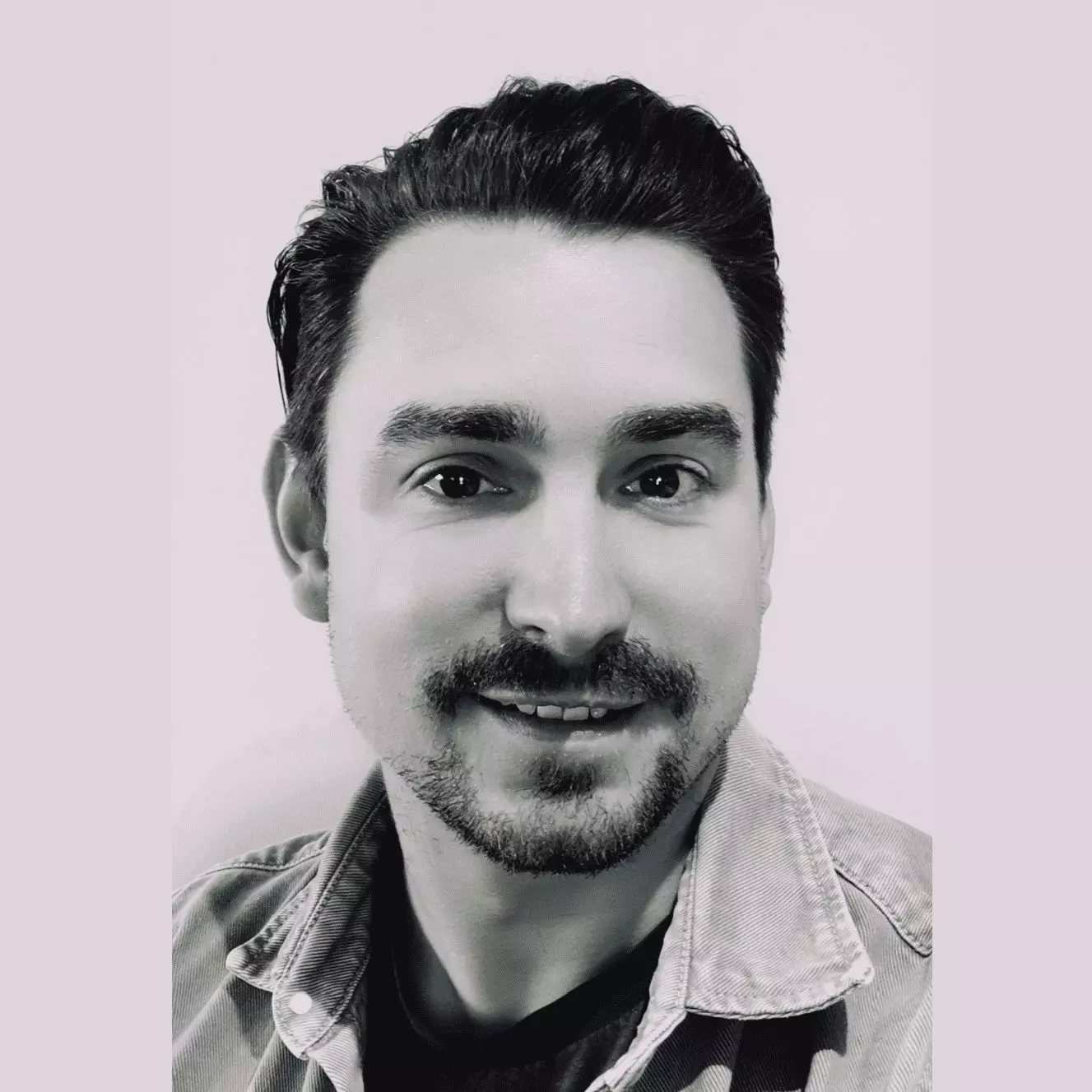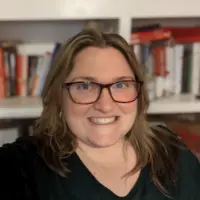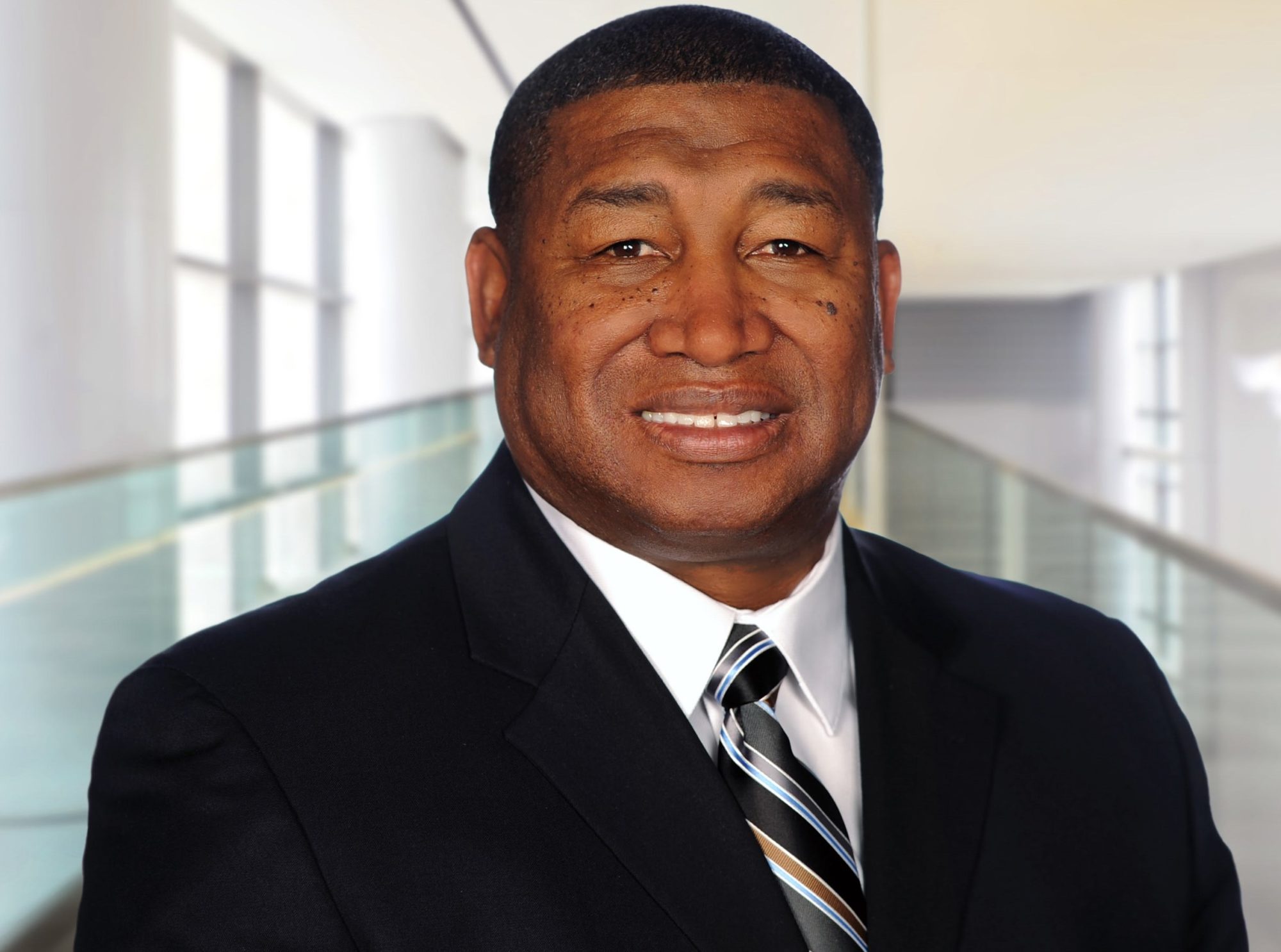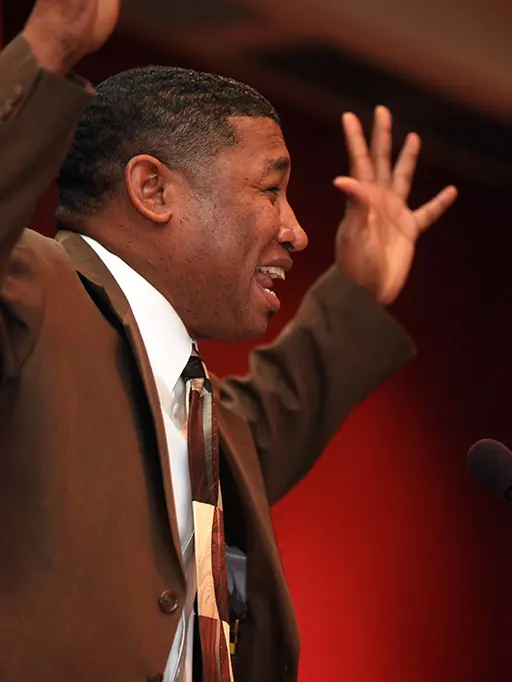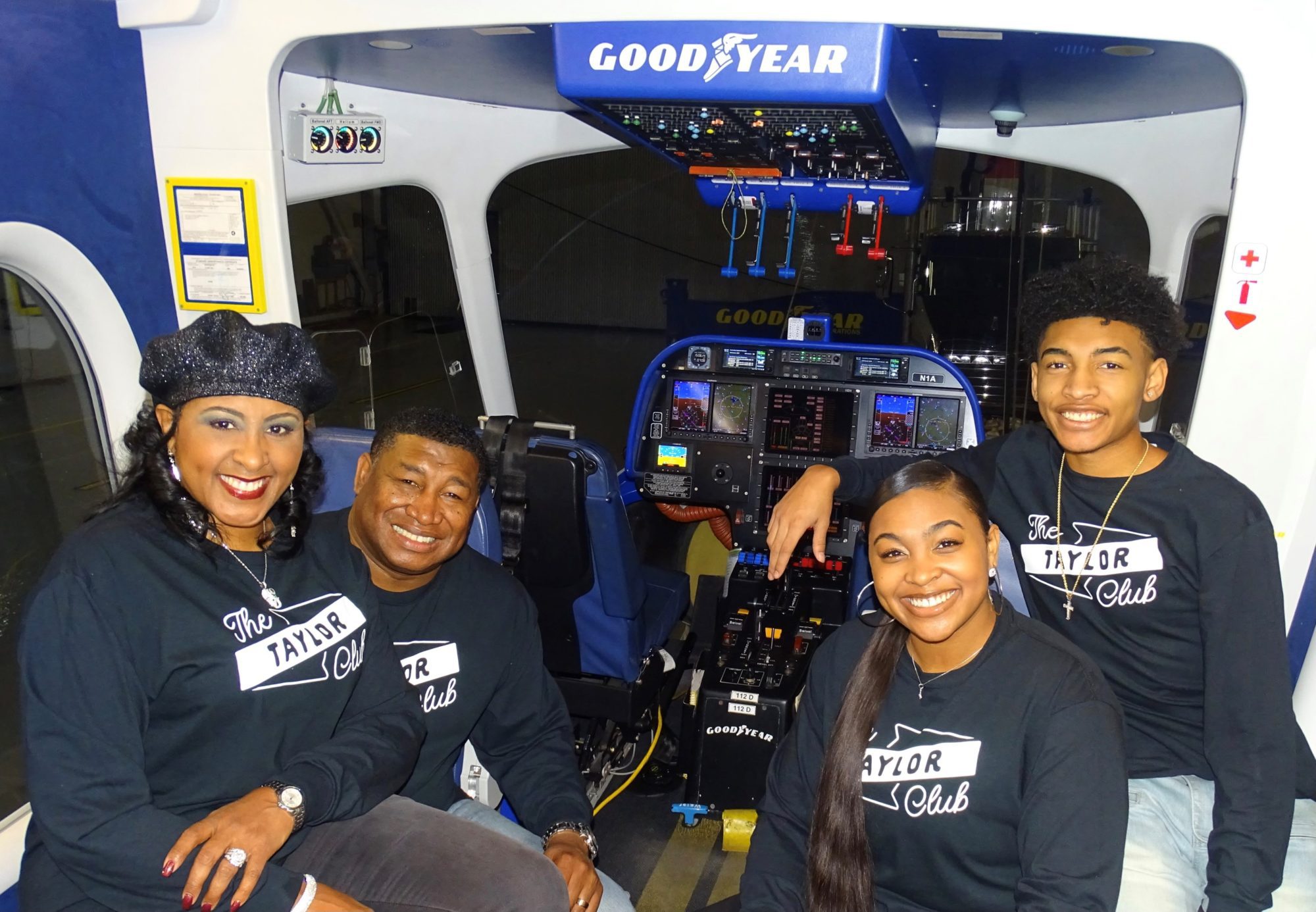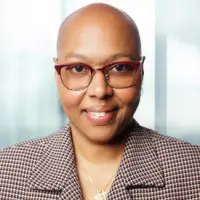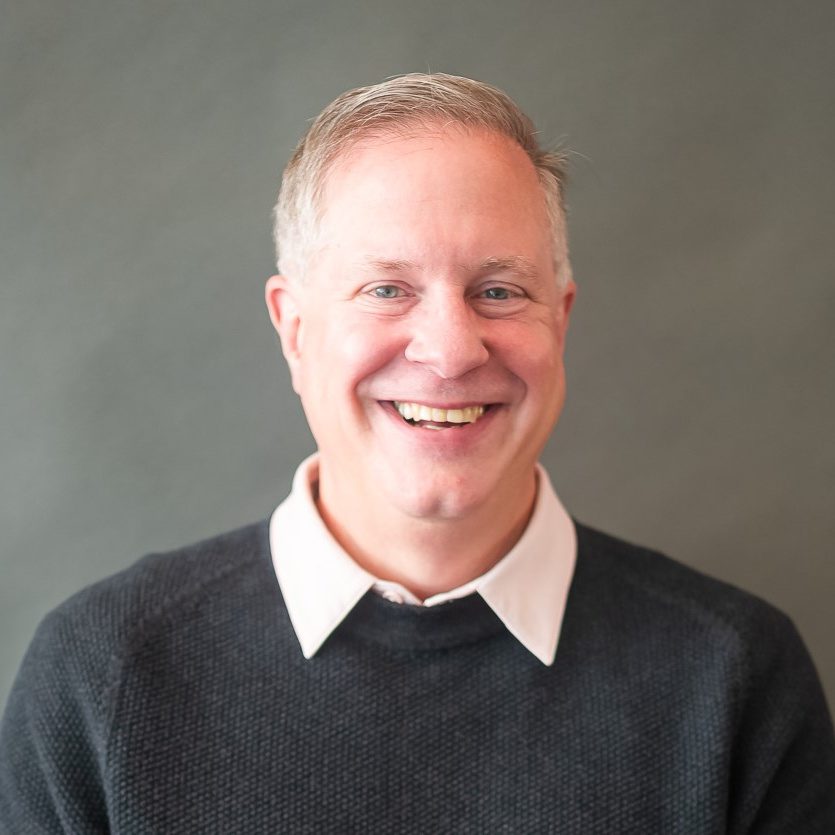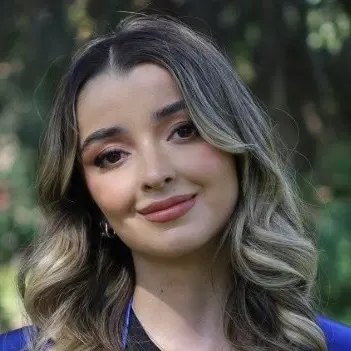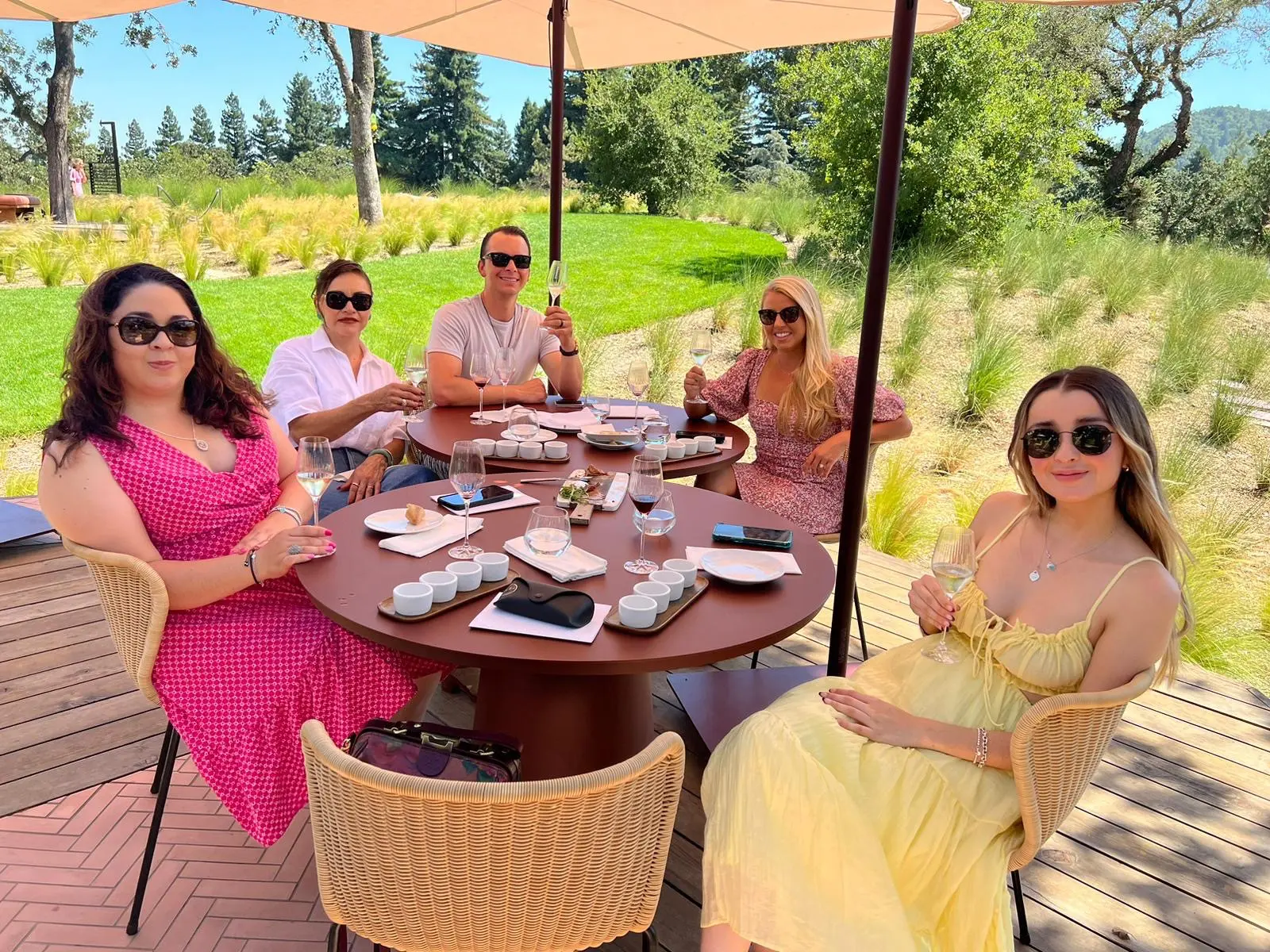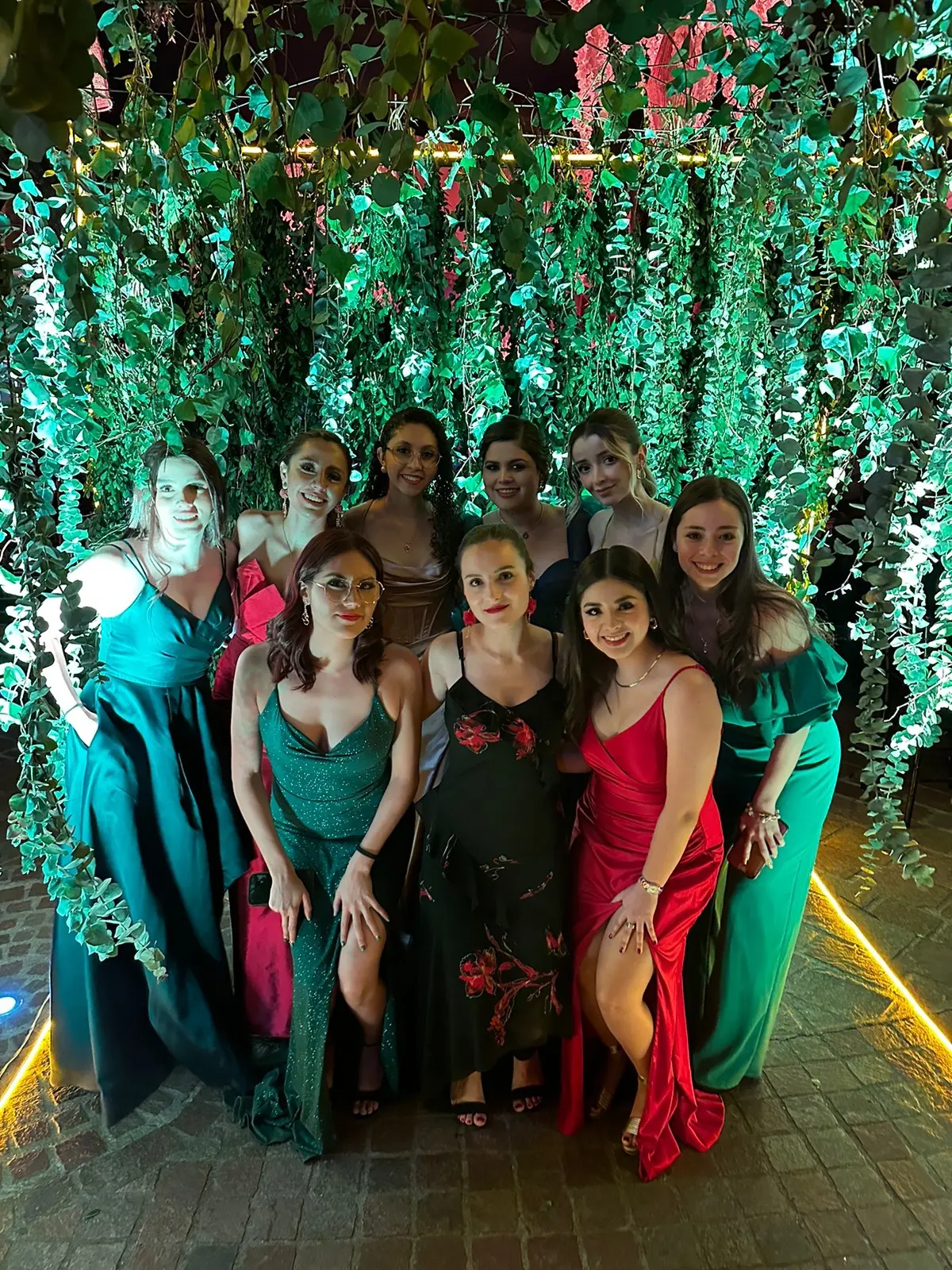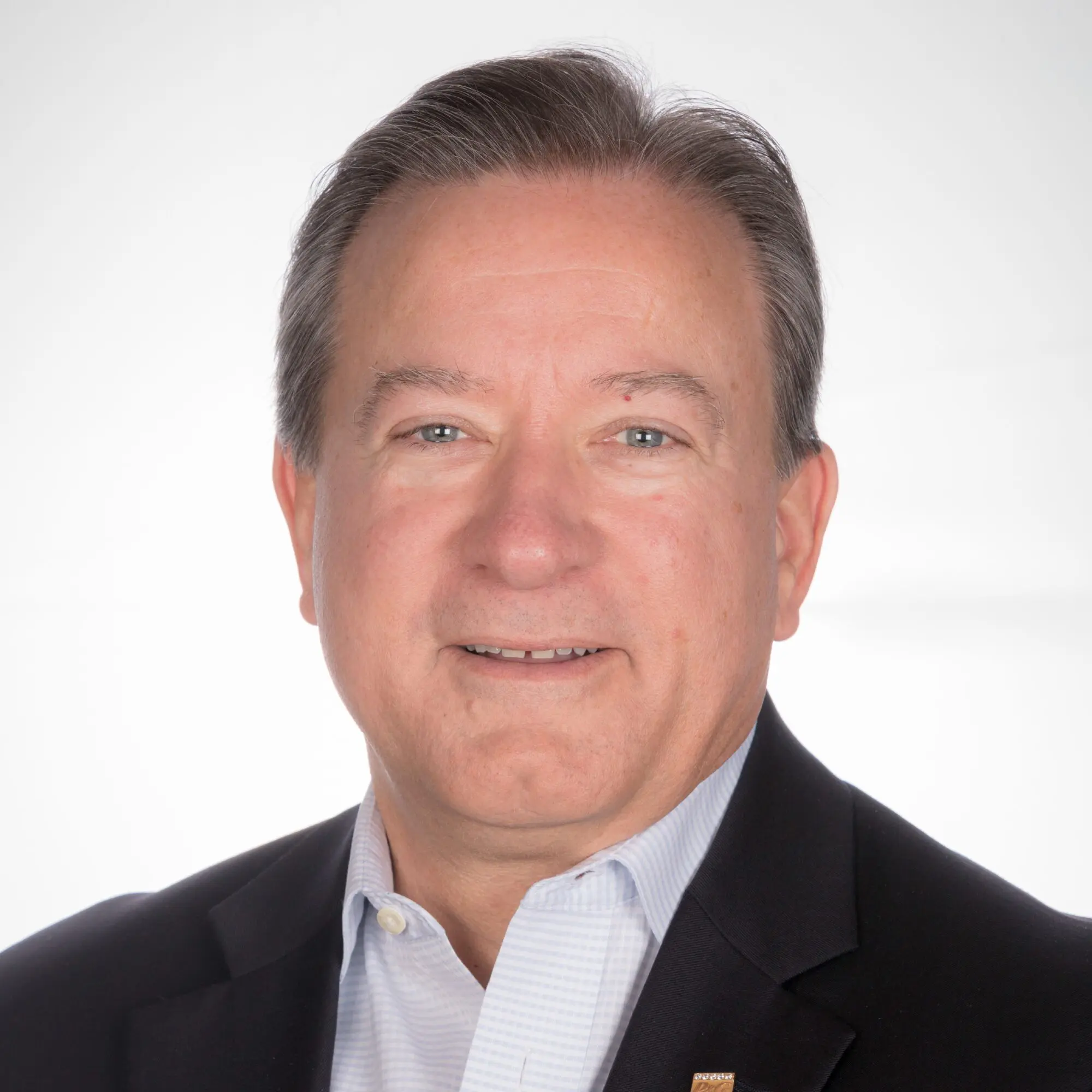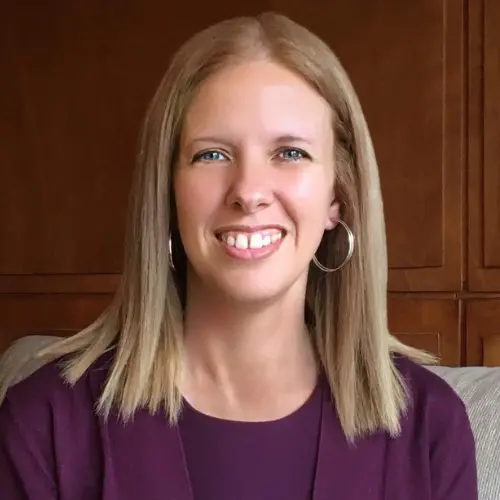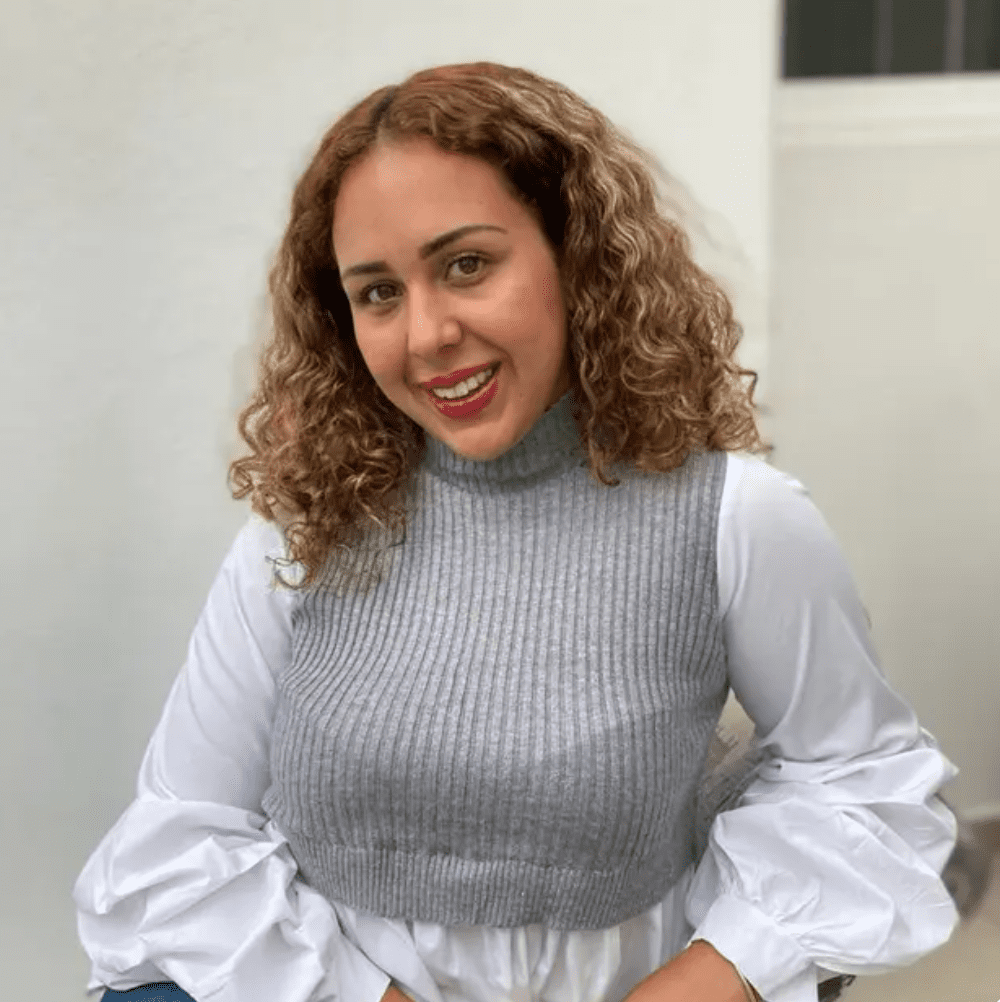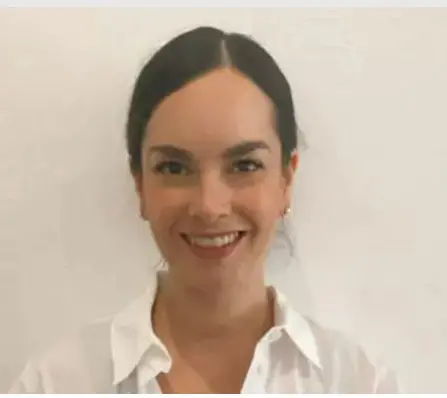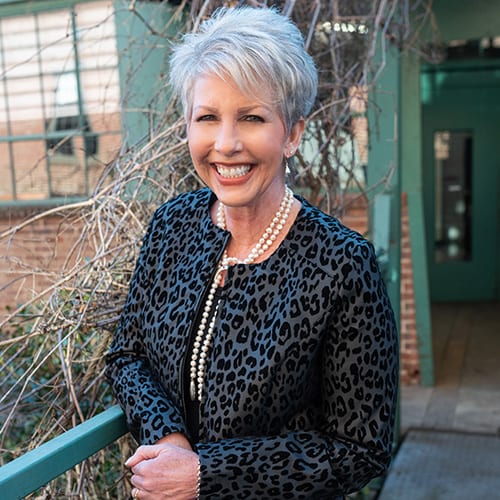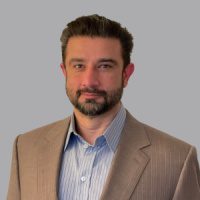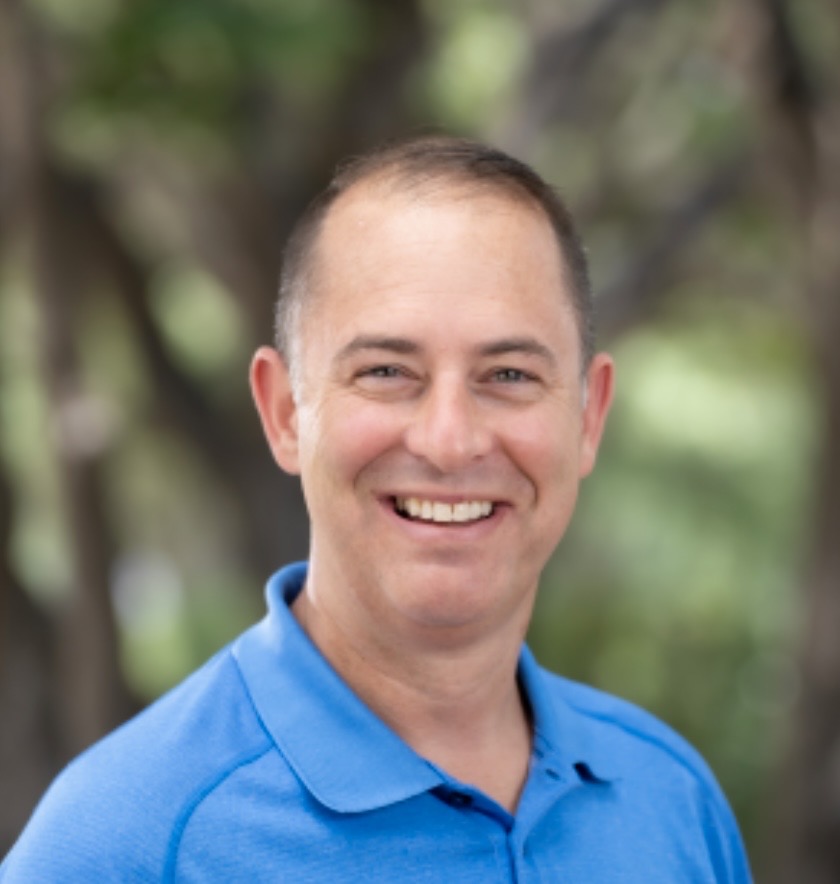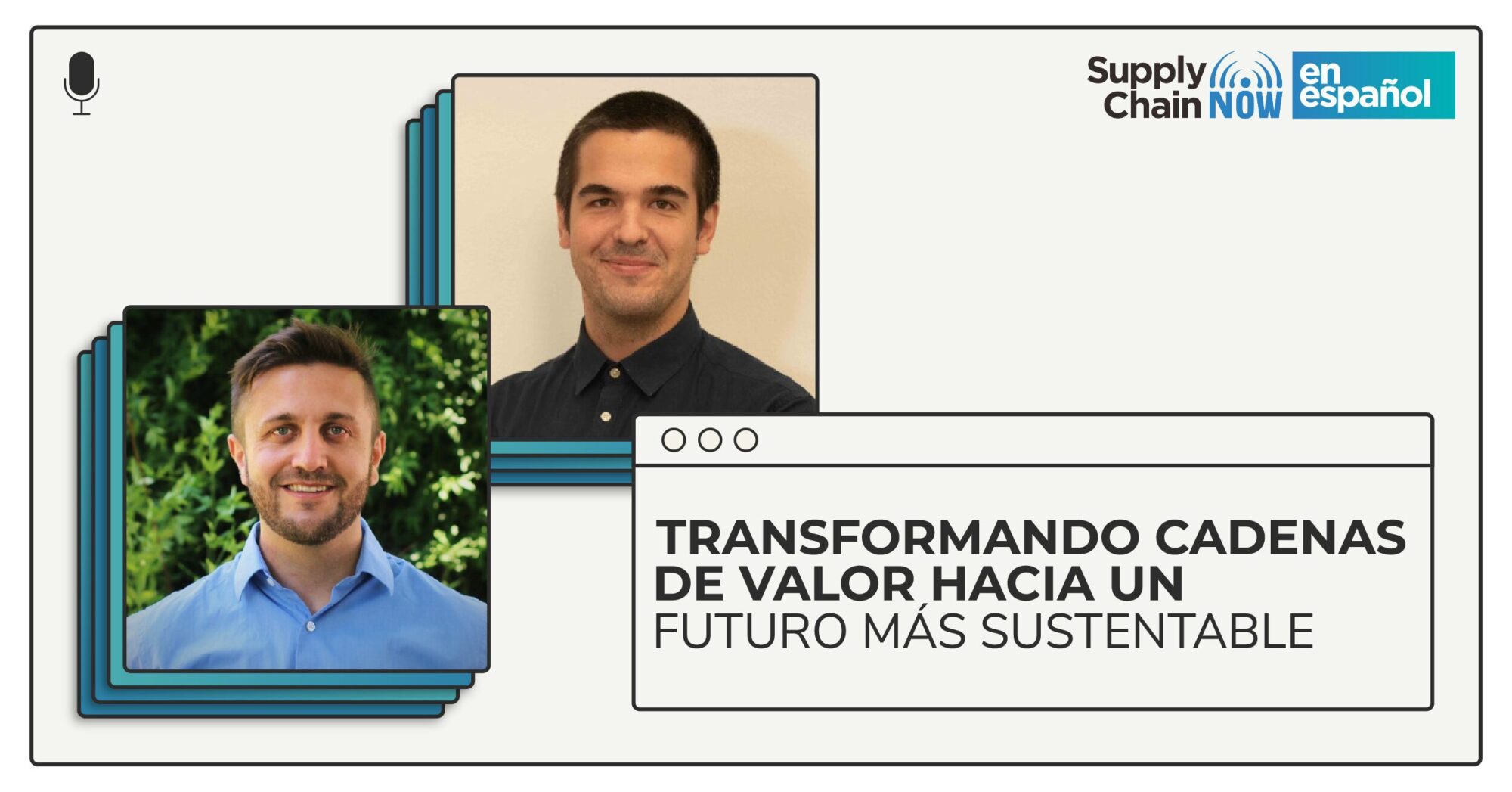
En Kolibri, te invitamos a repensar tus proyectos ambientales y no quedarte sólo en la superficie. Queremos que puedas ver cómo las distintas áreas de tu organización juegan un papel importante en el camino hacia un futuro más sustentable. ¡Todo está conectado!
Resumen del Episodio
En este episodio de Supply Chain Now en Español, Prem y Federico nos cuentan la historia detrás de cómo crearon Kolibri; una empresa que busca, con impacto positivo, transformar compañías en términos de sustentabilidad. Con operaciones en Argentina, México y Uruguay buscan, de manera colaborativa, catalizar innovaciones sustentables, asegurando el éxito de la organización por medio de acciones.
Prem y Federico comparten su experiencia emprendiendo en latinoamérica, así como los retos a los que se enfrentan para definir indicadores de sustentabilidad e implementar iniciativas con impacto ambiental positivo.
Transcripción en Español
[00:00:01] Bienvenidos a su Play Now en español presentado por Vector Global Logistics y Supply Chain Now. Este es el programa que da voz a las personas de habla hispana en la industria logística en constante cambio. Únete a nosotros mientras descubrimos las historias inspiradoras de nuestros huéspedes y aprendemos de su experiencia colectiva. Nuestro objetivo no es sólo entretenerte, sino fomentar tu pasión por esta emocionante industria y apoyar tu desarrollo profesional en el camino. Y ahora, aquí está el episodio de hoy de Supply Chain Now en español.
[00:00:35] Pues bienvenidos a un nuevo episodio de Supply Chain Now en español. El día de hoy estamos aquí Astrid y yo para entrevistar a dos personas muy importantes en la industria de start up y de sustentabilidad. Tenemos a Prem Saltzman y a Federico Gómez. ¿Cómo están el día de hoy?
[00:00:54] Buenas. Buenas. Un gusto. Muchísimas gracias por la invitación.
[00:00:58] Perfecto. Bueno, antes de comenzar con la parte más crucial e importante de sustancia de contenido, queremos conocerlos un poco más a ustedes. Y tenemos preparadas unas preguntas rápidas para romper el hielo. Entonces, bueno, yo sé que hay un poco de polémica. ¿Y qué es mejor? Uruguay o Argentina es el nombre.
[00:01:21] De la planta.
[00:01:23] Eso iba a decir. Yo diría. Hay una característica de Uruguay que es la gente que es increíblemente hermosa y Argentina tiene una diversidad también que complementa el Río de la Plata, sin duda.
[00:01:37] Vale, okey. ¿Con hermosa me refiero a dentro y por fuera, verdad? Argentina, digamos Argentina y un híbrido entre los dos países.
[00:01:47] Fede está en Uruguay en este momento y yo en Argentina justamente. Así que es una representación.
[00:01:55] Familia de los dos lados del charco, así que no, difícil elegir.
[00:01:59] ¿Y su comida favorita?
[00:02:01] Yo sin dudas voy con Zorro de Pata, con la salsa más pesada que se pueda ir para dormir bien, mejor.
[00:02:10] Yo soy muy fanático de los hongos, así que todo lo que sea champiñones a la provenzal con papas no me vas a poder hacer.
[00:02:18] ¿Tu qué prefieres de las dos, Astrid? Híjole, creo que porque no las dos. Una pasta con champiñones y así quedó bien. Con compré como con con Federico Margarita. Las dos son buenas, son buenas opciones. Y bueno, no sé, alguna serie de televisión que hayan visto recientemente que recomienden a la audiencia.
[00:02:41] Y yo ahora estoy terminando las enamorado. La verdad es que.
[00:02:45] La.
[00:02:45] Venía pateando, la venía pateando, me encantó, así que ahora me la devoré en menos de dos semanas.
[00:02:51] ¿Ya vas en el último que han sacado? Yo también lo vi ayer. Está increíble.
[00:02:57] Me devoré Sucesión Zac Saiyan y White Lotus también. Así que hay buenas, buenas, dos series un poco más light y otra un poquito más profunda a nivel empresarial, pero. Pero está buenísimo también como la misma historia. Una historia puede contarse desde distintos ángulos, es espectacular.
[00:03:16] Son buenísimas las dos. ¿Y cuál fue la última que viste tú? Fíjate que me falta el último capítulo, pero la de hoy se me fue el nombre Sofía a la que estábamos hablando. La voz, la voz. Muy buena también. ¿También tiene que ver como con champiñones, verdad? Sí, un poco. Y algún Jovi que hagan todos los pueden mencionar.
[00:03:38] Y yo ahora estoy de vuelta con el papel que volvió a ponerse de moda fuerte. Así que jugando tres o cuatro veces por semana y vivo al lado de la playa, en el mar, surfeando también cada vez que hay olas al agua, a remar.
[00:03:53] Y a mi lado me gusta mucho, disfruto mucho como estilo de vida. Viajar y generar espacios para tener buenas conversaciones y profundizar. Es casi un hobby que me gusta porque en estos días estamos tan, tan en espacios superficiales que darnos el regalo de buenos encuentros entre personas para mí es algo que me atiende, dedicarle tiempo y foco.
[00:04:19] Pues esperemos hoy cumplamos con tu hobby también y lleguemos a profundizar. Y la pasamos muy bien. ¿Y tú qué tal? Disfruto ver una buena película, estar con amigos, también los viajes es algo que me apasiona y procuro, procuro hacer este y pues nada más. Un poquito de todo. Yo también soy más activa, como como Fede. Me gusta hacer mucho ejercicio y bailar. Antes bailaba mucho y pero bueno, no te hagas socia y fingiendo que no me voy de vacaciones dos semanas.
[00:04:57] Pero lo que realmente que es la. La capoeira, la danza brasilera.
[00:05:03] Ah, bueno, eso es como acrobacia.
[00:05:05] No, es una especie de arte marcial. Es una especie de danza encubierta. Me quedó pendiente hace rato también.
[00:05:13] Sí.
[00:05:14] Me encantaría. Hice mucho tiempo, cosas muy parecidas. Pero nunca terminé de hacer capoeira. Me muero de ganas. En algún momento voy a pasar tiempo y voy a empezar a practicar. Seguro.
[00:05:24] Cuando salga este episodio vamos a poner un video de Fede haciendo capoeira a la par para que lo siga.
[00:05:33] No sé. No sé capoeira, Sophie. Pero si hay un video de nuestro Bailando juntos. Somos dos personas muy divertidas cuando bailamos. Muy expresivas. No sé si llegamos mucho al protocolo, desde cómo bailar, pero que lo disfrutamos. ¿Segura?
[00:05:47] Va perfecto. Ese es el paso número uno. Tener la disposición para ti para bailar y disfrutarlo. ¿Bueno, yo sé que vamos a comenzar a hablar un poco más de su proyecto que tienen el día de hoy, pero quizás como un poco de contexto hacia cómo fue que empezaron ustedes, cuál fue su formación académica y profesional, quizás cómo es que eligieron este camino de vida? ¿Si nos pueden platicar un poco ese contexto?
[00:06:18] ¿Yo de formación soy licenciado en Gestión Ambiental, después de algunos postgrados en Gestión de Energía, en Gestión de la Innovación, en Evaluación de impacto social, etcétera O sea que siempre una búsqueda de la pregunta que me fue acompañando es cómo generamos impacto positivo? Entonces, cómo transformamos modelos que están diseñados para para hacer el mal entre comillas o extraer, usar, tirar, etcétera a pensar en modelos más regenerativos o al menos que nos permitan pasar de hacer el mal a hacer el bien.
[00:06:54] Súper interesante y un poco diría atípico, sobre todo en Latinoamérica casi nadie se va por ese tipo de carreras. ¿Creo que al final todavía nos mueve un poco lo que nos vaya a generar más dinero, no? Pero creo que hay oportunidades en todo, nada más. Es como la facilidad que hay o la adopción que tiene el país en donde estés, la cultura que estés, hacia ese tipo de carreras.
[00:07:23] Y la curiosidad que tengas. Porque en definitiva la carrera siempre es un gran paso inicial, pero en definitiva la experiencia después es un poco lo que nos va llevando. Nos hemos cruzado trabajando con gente que es criminalista en temas ambientales, o sea, gente que ha estudiado. Al ser tan transversal, los temas que abordamos, por lo general no es necesario una especialidad o siempre hay lugar para esa especialidad para poder aplicarse en cualquier industria. Así que más un poco de la curiosidad y las ganas de aprender y de probar cosas nuevas que lo que te define la carrera.
[00:08:00] Exacto. Y las habilidades que te dan no, porque a veces no te vas a dedicar 100% a leyes. ¿Por ejemplo, conozco gente de leyes que ahora hace distribución de última milla, no? Entonces creo que es un paso que te abre la mente para aprender nuevas herramientas, nuevos skills y formas de visualizar como resolver problemas y a partir de eso, donde tú te quieras desempeñar. ¿Tú qué opinas, Astrid? Sí, igual. ¿O esto también tiene que ver mucho la carrera laboral que tú vayas formando y después vas haciendo un híbrido de lo que vas haciendo junto con tu carrera y tal vez acabas en algo que es completamente diferente, pero siempre llegas a una raíz de tu carrera desde un inicio y me parece súper importante, eh? La carrera que eligieron y muy necesario en estos tiempos. Entonces ahorita más adelante espero que nos platiquen más a fondo del proyecto, pero creo que que van por muy buen camino chicos.
[00:09:00] Y en mi caso empecé con formación de negocios y rápidamente a los 23 años fundé una ONG con otros dos amigos digamos, porque una idea muy romántica si se quiere o muy hippie de salvar el planeta. Y en el medio nos dimos cuenta que éramos ingenieros, que éramos formadores de negocios, arquitectos, economistas y poco a poco fue, fue mudando y mutando. Y en el medio esto que te decía, no estuve en Francia formándome en innovación, en modelos de negocio, específicamente para temáticas de economía circular, cursos de energía, también especializaciones como pero, pero sin duda los mentores y los que la gente con la que fui trabajando fueron los que más me fueron enseñando en el camino, los propios proyectos, las investigaciones que había que hacer. Trabajé mucho tiempo con ingenieros civiles, industriales y están formateados de una manera y tiene una manera de pensar y de actuar y ejecutar. Y cuando pasas tanto tiempo pegado a un ingeniero industrial, inevitablemente por ósmosis, que se te pega, entonces un poco, un poco de todo, te diría ingeniero, negocios.
[00:10:09] ¿Vale, me gusta, Me gusta esa nueva definición, nueva título y qué padre? Creo que si somos bien así, les pegamos un poco de cómo estructuramos a los demás. Y me gustó esa palabra de osmosis ingeniería.
[00:10:25] Bueno, dicen que somos la combinación de las nueve personas con las que más tiempo pasábamos, así que. ¿No, no, no sería una locura también que profesionalmente la transformación se sienta influenciada?
[00:10:39] Más perfecto, no sé. ¿En la parte de cómo es que ustedes dos se conocieron y dijeron oye, yo me gusta lo que haces o me gustaría trabajar contigo o cómo empezó esta historia de De colibrí?
[00:10:55] Espectacular. Primero, además de nosotros dos, de Fede y de Prema, además están como socios también Mateo y Gastón, que son parte de la mesa y de este sueño junto a un equipo increíble de personas talentosas que hoy son 34 personas. Pero te estoy contando el final. El principio no nos. A diferencia de lo que se puede pensar con fe, no nos encontró el quehacer, sino el quiénes somos. Y a partir de ese quiénes somos nos encontramos en un Había un espacio que en su momento facilitaba. ¿Yo, como el que convocaba a una invitación de qué pasaba los domingos después de las 18:00 de la tarde, no? ¿Muchas veces el domingo después de las 18:00 de la tarde, es donde ya empezamos a sentir que empieza la semana y naturalmente muchas veces es tiempo muerto, etc Entonces, a diferencia de eso, la pregunta era qué pasa si revertimos eso? Y hay un espacio para generar un espacio de meditación, de baile, de conversaciones, de calidad, de comer, comida rica, etcétera Y bueno, mediante un amigo que invitó a Fede nos encontramos en ese espacio. Y lo interesante cuando te encontrás para ser una persona antes del rol, antes del qué hacemos sino nos conectamos de quiénes somos, es que de repente había una búsqueda de qué significaba el éxito para cada uno de nosotros, que bajo qué contexto estábamos visualizando ese éxito que empezamos a encontrar un montón de complementariedades. Pero lo más interesante fue que entre que nos conocimos y arrancó el libro y pasaron seis años, entonces por mucho tiempo nuestro, nuestro journey, digamos, era de amigos, de aliados, de pensarnos juntos, de pasar este concepto, de que estoy emprendiendo y generando impacto positivo y es un montón de carga que tengo que tener.
[00:12:51] En mi caso, yo trabajaba en el gobierno en su momento el gobierno nacional. Tengo que tener un programa exitoso, generar impacto con la ONG, tiene que tener una ONG que ser exitoso, etcétera y encima además generar impacto positivo y encima pagar sueldos y encima generar alianzas, etcétera Entonces es un montón y es mucho, mucha la diferencia cuando pasamos de pensarnos solos a pensarnos en equipo y como parte de un sistema en donde también tenemos un montón de gente que nos rodea que quiere que nos vaya bien y viceversa. Entonces fue un poco la historia de que cuando, cuando se alinearon los planetas, por así decirlo, y los chicos estaban pensando Colibrí, me invitaron a sumarme a la mesa y aportar una frase que siempre digo que me gusta mucho, que trajo flores. Tengo ganas que te sumes a la mesa, no por premio, porque no sé qué decirte, qué hacer, pero sí sé que quiero que estés en este espacio. Entonces, de repente era una invitación a donde no solo me estaba diciendo nuevamente qué hacer, sino que me invitaba, me estaba invitando con todo mi ser a ser parte de un proyecto que cuando inició no sabíamos hacia dónde iba a llegar. Y de a poco estamos viéndolo en el día a día, sus frutos.
[00:14:03] Y también lo que nos pasa ahí, que gran parte de la visión de lo que llevamos hacia adelante habla de integrar las perspectivas de los distintos actores en la cadena. Entonces es muy importante no solo pensar en el viñedo o en las empresas con empresas, sino también en el rol de las universidades, el rol de los gobiernos, el rol de los centros de investigación, el rol del emprendedurismo, el rol de la sociedad civil. Hay algo muy importante en poder genuinamente integrar todas estas visiones, necesidades, dependencias. ¿Cuáles son las expectativas? Cuáles son los esquemas de incentivos que están detrás. Y venía con todo ese bagaje de diez, 12, 13 años de experiencia en el mundo del gobierno nacional y el gobierno local, y la conexión con otros gobiernos, o la conexión con organismos multilaterales a nivel global. Y en ese mix con la sociedad civil y quizás con el mundo corporativo que nosotros traíamos, era como una atracción natural de bueno, juntos, teniendo las dos partes del mostrador, podemos pensar en proyectos que realmente sean más escalables, que no terminen en un cajón, que sean diseñados perfectos y que nadie los implemente, que no queden simplemente como una idea bonita, sino que genuinamente pasen a la acción y pasen a la implementación. Así que entre esas conversaciones de cómo lo íbamos viendo de un lado y del otro y de cómo combinarlas, fue que una cosa llevó a la otra y acá estamos unos cuantos años después.
[00:15:25] Padrísimo. Creo que dicen varias cosas. Súper importante es la primera. Es esto de cuando te conoces como persona y conectas a nivel pues y a nivel humano, a nivel primero de fuera del contexto de quiero algo de ti o como que buscas esto. ¿Pues sí, esa reciprocidad que pasa mucho en los negocios, pero cuando te conectas a nivel personal creo que es súper, súper importante y al final más duradero, no? Creo que es un networking más natural, por así decirlo. Y la otra cosa que comentan es esta colaboración multidimensional. ¿Así se dice y así la llamaría yo también, que es internamente en tu grupo de personas que conoces, cómo podemos encontrar algo en que nos podamos apoyar mutuamente, que es las habilidades que he encontrado que encontraron empleo que encuentran en ti también? ¿Fd Y también externamente con los diferentes stakeholders que hay que se involucran, no? No, nada más eres tú como organismo queriendo cumplir un objetivo, sino que vives en un ecosistema donde entran factores como gobierno, políticas públicas e incluso otros socios en en alrededor tuyo, incluso también tus competidores. Entonces eso es algo que me gustaría resaltar de esto. ¿Hace algún comentario que tengo no puedo hablar muy interesante, o sea, es una empresa que que ahorita quisiera que también nos platicaron un poquito que es colibrí, cuál es el objetivo, qué es lo que hacen? O sea, entiendo que ustedes tenían que estar juntos, se tenían que alinear para formar esto y por eso es que lo han llevado a donde, a donde hoy están y muchas felicidades por eso. Pero sí me gustaría que nos platicara para, sobre todo para la audiencia, que entendiera que es colibrí.
[00:17:27] Colibrí nace en 2019. Nos definimos como una consultora que diseña estrategias de negocios especializadas en integrar las variables ambientales a los modelos de negocio de las organizaciones. ¿Qué significa esto? Que buscamos generar un diálogo muy claro entre cómo logras integrar el aspecto ambiental en tu negocio. ¿Hoy tenés una diferencial en tu propuesta de valor? ¿Entonces, ante una pregunta de cualquier persona sobre vinculada, si esta empresa le va bien, le está yendo bien al mundo, le está yendo bien a su empresa, le está yendo bien a las personas que trabajan en la empresa, a la sociedad? La respuesta sea sí. Entonces, resignificar el paradigma de una empresa haciendo, ganando dinero a costa de generar muchos impactos positivos para transformar esos impactos negativos en impactos positivos. A partir de esa visión nació Colibrí. Nació también como un común, con una búsqueda de generar conexiones entre personas que no estaban conectadas. Muchas veces nos pasaba que nos contactaban de una empresa dos áreas pidiéndonos lo mismo y no habían. Ningún diálogo entre ellas y también la falta de datos duros que puedan respaldar esas decisiones. Entonces.
[00:18:45] Que te interrumpa. La primera vez era sorpresa, no la primera que llamaba. Dos o tres personas dentro de la misma organización pidiendo lo mismo. Y nos hablaban de sorpresa. La segunda era como mira que está pasando esto a la 5.ª vez, era como un factor que sucedía. Entonces un poco lo que nos pasaba no solo dentro de las empresas, sino también con proveedores o con soluciones, o dentro de toda la cadena de valor. El proveedor, el proveedor, el cliente, el cliente, el gobierno o el gobierno. Había esta idea de separación. No estoy yo acá como empresa y allá está la otra organización. Y veíamos que eso se sostenía en todas las organizaciones con las que trabajaba y cómo poder conectar las ineficiencias de uno o los beneficios de uno con los contras del otro, terminaba haciendo situaciones más win win, económicamente hablando, no solo con el beneficio ambiental, sino también generando aumentos en productividad, reducciones en los costos. Hay un montón de oportunidades, realmente con pequeñas cosas sencillas. Cuando empezamos a conectar a estas personas, ya sea adentro de las organizaciones o a lo largo de esa cadena de valor.
[00:19:49] Como que parece que los problemas son ajenos, pero al final nos impactan a todos.
[00:19:55] Recontra. ¿Y ahí no solo, no solo, muchas veces nos decían bueno, qué hago? Y quizás todavía dentro de la organización no estaban llegando la respuesta porque ni siquiera estaban llegando a la pregunta. ¿Es decir, alguna vez pensaste que podías hacerle estas preguntas a los proveedores y se te quedaban mirando como Pero por qué? Yo le voy a hacer una pregunta a mi proveedor si tiene una buena práctica ambiental. Bueno, de repente, si bien ampliamos la línea de la cadena de valor, si tu proveedor de una buena práctica ambiental a vos también te está haciendo más sustentable poder tener un impacto positivo ampliando esta mirada, entonces no solo abrazar esas respuestas, sino también poder germinar esas preguntas adecuadas a lo largo de las organizaciones, era un poco también lo que estábamos buscando. Hoy en Colibrí tenemos base en Argentina, México, Uruguay, Paraguay. Estamos ejecutando proyectos en aproximadamente 17 países. Somos una empresa certificada desde que nacimos, es decir, el 100% de nuestro impacto en nuestros proyectos generan impacto positivo y el cómo lo hacemos. Nos estructuramos a través de tres pilares uno, el primero a través, que se vincula con la crisis climática y cómo podemos desarrollar estrategias de carbono que generen impacto positivo partiendo de la base de la medición, para pensar luego cómo reducimos ese impacto para luego recién cómo podemos compensar.
[00:21:19] Un segunda agenda que se vincula a cómo nos vinculamos con los materiales. Entonces, pensar estrategias de circularidad de materiales es de alguna manera el cómo repensamos, no solo mirando el reciclaje, sino ampliar la mirada y entender que en el momento en que estamos diseñando el producto, al momento que estamos pensando de dónde viene ese material, también vamos a determinar qué tan factible es esa reciclable o esa circularidad a lo largo de todo el proceso. Y por último, un pilar vinculado a Change Management, vinculado a cómo podemos generar organizaciones vivas y que estos aspectos ambientales no quede como un KPI más que tengo que sumar, sino también cómo de alguna manera, a través de estas integraciones de lo ambiental al negocio, podemos ser más protagonistas en la generación de impacto positivo. Y es por eso que tenemos un aspecto de innovación, este engagement, que es donde trabajamos, vinculando mediante charlas, workshops, experiencias, impacto, guidelines a las distintas personas de las organizaciones y en relación a su ecosistema, para que justamente como decía Fer, se transforme no solo la relación ganar se resignifica la relación ganar, perder, ganar, ganar, ganar. Es decir, gano yo, ganás vos, gano el negocio, gana el ambiente, gana la sociedad. Entonces el resignificar esos vínculos para que sean regenerativos es fundamental. Fede No sé si querés complementar algo.
[00:22:44] Y no lo creo, está súper barrido.
[00:22:47] Yo yo tengo alguna si me quiero ir un poco atrás, en la conversación mencionaban tres cosas. Una es la parte de identificar variables para para la medición de su performance y de su impacto ambiental. ¿La otra era un poco hablando de la los datos y la accesibilidad a cómo medirnos y esta parte de bueno, tenemos problemas similares y podremos en conjunto tener soluciones para para múltiples personas, no nada más para solamente una compañía no? Pero uno. ¿Cómo identificamos estas estas variables? ¿Cómo y cómo hacemos? Para medirnos y poder tener una cierta responsabilidad sobre lo que estamos, las acciones que estamos tomando y también con nuestros proveedores y las personas que están en nuestro en nuestra área.
[00:23:54] Buenísima, buenísima pregunta. Voy por dos partes. Lo primero es que después le podemos compartir un link para que compartan con la gente que esté escuchando. El año pasado hicimos un trabajo con las Naciones Unidas en Uruguay para diseñar modelos de negocio de impacto, en donde gran parte del foco estuvo puesto en indicadores específicamente métricas. Creo que tiene 180 hojas del documento. Las nuevas 60 o 40 son de indicadores. No digo realmente que por industria, por tipo de modelos y servicio, producto que realmente hay un montón ahí para para hurgar. ¿Y quizás volviendo a tu pregunta de bueno, pero cuál elijo? ¿No? ¿Digo, tengo un montón, pero pero cuál me llevo? Efectivamente, y ahí hay varias herramientas para hacerlo. No queda claro que la industria textil no debería tener los mismos indicadores que tenga de logística que la que tiene el banco. Entonces ahí hay ciertos guías que podemos usar, ya sea los estándares de Savvy, de materialidad por industria, para poder entender qué debería estar mirando una organización que está en ciertos sectores segmento, es muy importante que sea acorde. Nosotros por lo general lo que solemos hacer es hacer una medición completa de los impactos de toda la cadena de valor de la organización. No vamos a irnos siempre lo más aguas arriba, que sí se puede y lo más aguas abajo que se pueda. Y automáticamente cuando vos tenés todo ese perfilado, si se quiere, en emisiones y en consumo de recursos a lo largo de la cadena de valor ya tenés el 80 20 como para poder tomar una decisión.
[00:25:21] Probablemente toda la información que tengas, o si está muy metido en el proveedor de tu proveedor sea más difícil acceder a información, pero no nos impide dimensionar, tomar un volumen de cuánto implica eso. Entonces, típicamente tus tres materias primas fundamentales o insumos fundamentales dentro de tu modelo de negocio van a ser críticos del 100% de tu plan financiero, del equipo de compras y de finanzas en donde se vea bueno, donde se esté llegando el 80% del dinero que estés gastando, probablemente también se esté haciendo gran parte de los impactos ambientales. Entonces Gulfstream sería como principales materias primas o la medición completa y yo donde estemos gastando la mayor cantidad de dinero como modelo de negocio. Y si eso se va en gente o se va en equipo o se va maquinaria, esto también nos va a dar una dimensión de qué tipo de indicadores deberíamos de construir, Así que sería como ese doble control alguno, normas o estándares que marquen por la industria. Y el segundo sería una medición específica de la organización para poder entender por dónde arrancar. Digamos, si cada organización es un mundo, porque inclusive el banco que es pequeñito o el banco versus el fintech o el retail contra el ritmo del gigante, probablemente tengan otros desafíos. No es lo mismo tener la logística transferida que la logística. Ya empezamos a entrar en distintas maneras. Eso tiene que cambiar en modificaciones, en contratos, esquemas, incentivos, acuerdos comerciales, como que probablemente sea mucho más complejo en cada situación.
[00:26:52] Sí, ahí hay, complementando un poco a Fede. Yo estoy 100% de acuerdo con lo que dice y en esto de la historia y de ver patrones también a lo largo de tener unas conversaciones parecidas con distintas empresas que son son un montón. Vemos también que hay un hay un gran desafío y siempre es parte de lo que vamos a invitar en vez de alejarte del proyecto ambiental a la sustentabilidad. Es ese proyecto que más pensado a response a social como más pensado. A ver, lo tengo.
[00:27:24] Claro.
[00:27:25] Para la foto. Está claro Entonces la invitación a ver cómo pensamos es partir de un trabajo donde empiezas a medirte, empiezas a entender tu línea de base y a partir de eso puedes entender dónde realmente tenés Pareto, donde podés hacer una inversión, generar impacto positivo y y generar también rédito económico para, para que, para que, para que luego eso pueda insertarse en tu negocio y no quede como algo que estás realizando e invirtiendo, no en organización de la sociedad civil, etcétera Hecha o no, sino que cómo las distintas áreas de tu organización van incluyendo esta variable al momento de tomar decisiones.
[00:28:07] Y nos podrían platicar, por ejemplo ya con todo este contexto que nos están dando algún caso muy particular con alguna empresa que haya sido un reto y que realmente ustedes le pudieron dar la vuelta. ¿Algún ejemplo para para poder entender un poquito más a fondo?
[00:28:23] Un montón, un montón, un montón, algunos divertidos. A veces nos pasa que que hay muchas necesidades o deseos de eliminar, por ejemplo, los plásticos en las cadenas de. Y muchas veces las alternativas. Quizás esos plásticos son son cajas, no digo para mover el producto de un lado al otro. Y muchas veces lo que sucede es que cuando se analiza económicamente y a nivel ambiental, digo el plástico para la caja, lo que sucede cuando pasamos por los formatos de caja, tenemos un aumento en el aire transportado, porque la caja siempre difiere del tamaño del producto. Entonces lo que termina sucediendo es que quizás somos más material. Si bien ese material viene de una fuente quizás responsable, FCC o lo que sea, muchas veces pasamos de lado que al tener más aire dentro de esa caja, tenemos menos productos dentro de la camioneta que termina siendo o del camión o de lo que sea que estemos transportando, que termina siendo que el costo total de ese flete termina siendo cargado por sobre menos productos, lo que aumenta el costo potencial por el producto, pero también las emisiones asociadas, porque el combustible de ese trayecto va a ser el mismo distribuido en menos paquetes. Entonces de tramo a tramo es más o menos las emisiones van a ser similares, No va a variar mucho, pero cuando lo miramos por intensidad, por paquete, termina siendo más intenso.
[00:29:42] Y no solo eso, sino que cuando empezamos a mirar aguas arriba y aguas abajo, muchas veces las cajas también trae un tema de productividad por el tiempo que demora en encerrarse y en empaquetar, en abrirse, en moverse a un lado, al otro. Entonces, cuando empezamos a sumar el tiempo, el costo de material, el impacto ambiental y la menor capacidad dentro del vehículo de paquetes, terminamos viendo que la ecuación, tanto económica como ambiental no siempre es tan clara que tenemos que salir de un lado al otro. No, muchas veces es mejor reducir y utilizar plástico de otras fuentes o reemplazar materialidad, pero inclusive cuando vamos a las métricas y a los datos entendemos que quizás la reputación que tenga no es la mejor, pero cuando miramos la data dura, no es tan claro que hay una migración obligada en una dirección. Yo no quiero defender ni una ni la otra, pero a este tipo de casos en donde de vuelta, no solo ambientalmente sino económicamente, podemos encontrar beneficios significativos, imaginemos tres, cuatro, 6% de puntos de eficiencia en costos por paquete. Puede llegar a ser súper, súper interesante.
[00:30:45] Sí, bueno, yo nada más. ¿Son alternativas que te presentan nuevos retos, no? ¿En este caso, cómo le hago para reducir el aire que estoy transportando? ¿Y digo al final ese tipo de cosas son las que a mí me emocionan para estar en esa industria, para decir bueno, cómo hacemos para reducir esto? Desde pensar en una manera de cómo consolidamos órdenes desde el picking hasta el packing, como entrenamos a nuestra fuerza de trabajo para que lo haga de manera más eficiente. Si tenemos algún software que nos ayuda para el acomodo y la lógica dentro de el medio transporte. Pero. ¿Pero bueno, está muy interesante esto que dices, que bueno, ya viendo la data dura, ya viendo los escenarios que vemos, al final hay alternativas que no convienen de todos modos, entonces qué hacemos? ¿Posterior a OK se utiliza este material que no tiene un alto impacto en el ambiente, pero qué hacemos con él? ¿Para que evitar que llegue a los basureros o que llegue a lugares donde no lo queremos? ¿No? ¿Cómo aumentamos su vida útil? No sé.
[00:31:58] ¿Y otra cosa que me quedo pensando mientras escucho que algo tan sencillo hay muchas organizaciones que están buscando la innovación, que va el título del diario de alguna manera, y eso nos permite a veces eso no ciega de buscarlo, los frutos que están muy disponibles y muy a la mano, no? Un ejemplo muy concreto estamos trabajando en todo lo que son políticas de inflado de neumáticos, por ejemplo para la cadena logística y solo con sostener constantemente de manera proactiva, inflado los neumáticos en toda la flota de manera regular, con rotaciones efectivas, podemos generar reducciones de combustible del dos o 3%. Cuando el flota es suficientemente grande, es suficientemente atractivo. Fede Pero una política de inflado de neumáticos suena aburrido. Bueno, está bien. Sí, puede ser aburrido.
[00:32:46] ¿No? No sé si compro el periódico. ¿Verdad?
[00:32:49] Pero justo. Pero no, el chip bottom line genera un impacto concreto a nivel ambiental y un impacto concreto a nivel económico. Entonces, digo, es algo sencillo con lo que estamos trabajando con distintos software para implementar con partners y son de vuelta eso también en que va ganando la confianza. De repente muchas veces nos pasa eso a lo que decía antes que que para los equipos de compras si ven una inversión o un gasto que sale siempre los temas ambientales son gastos y en algún punto es bueno. Cómo podemos cambiar el chip o el mindset de la persona que está del otro lado para que entienda cómo es que las variables ambientales me puedan generar un beneficio para mi negocio real, no simplemente una palabra bonita, sino lograrlo. En el caso de la logística es relativamente más sencillo porque las variables están siempre en la misma dirección. Un kilómetro menos recorrido es menos combustible. Menos costoso, con menos emisiones. Entonces tenemos la suerte, si se quiere, que hay una correlación o una alineación en esos incentivos. Pero igual así nos encontramos con varias las trabas o nos encontramos con que de repente algo tan sencillo como mantener los neumáticos inflados no sucede. Entonces, desde ahí ir construyendo los casos o los fondos. Van a haber iniciativas que si o si nos van a generar ahorros y van a haber otras, que va a haber una inversión o esperar un tiempo de repago, de recuperar. Entonces, como vamos balanceando los desafíos para poder ir ganando la confianza, generando los ahorros que nos permitan avanzar las inversiones para seguir avanzando en reducir los impactos de mediano y largo plazo. Es un poco el desafío técnico, si se quiere, estratégico dentro de la organización. También porque hay una cultura, porque hay una experiencia previa. ¿Por qué va a venir un consultor a decirme a mí lo que tengo que hacer si el que más sabe soy yo? No, digo, ahí hay un montón de cosas que hay que ir construyendo para para poder avanzar en esa dirección.
[00:34:33] Sí, totalmente de acuerdo. Y creo que si vuelvo un poco a esto que mencionaba de no, como que escuchamos palabras de automatización, inteligencia artificial, machine learning digital, tuits y las empresas dicen oye, yo quiero eso. ¿Cómo aplico eso en mi empresa para ser líder? ¿Y luego te das cuenta y para llegar a eso, por ejemplo, necesitas primero empezar a inflar tus neumáticos, no? Y luego ya hablamos de. De. De ahí no.
[00:35:04] Pero ahí, eso sí, ahí justo estamos apoyando un proyecto de la AIESEC en México que que a partir de estos de de estos dos temas que tú acabas de mencionar, lo que es todo el mundo hacia un mundo digital y del marco de la revolución 4.0, cómo puede platicar y cómo se puede dialogar con todo el mundo ambiental, el mundo verde. Entonces, a partir de eso se crea un concepto que se llama Twin Transition, como estas dos transiciones hacia un mundo digital y sustentable. Porque si seguimos con el mismo concepto vamos a desmaterializar, pero vamos a seguir generando los mismos impactos. Entonces, mientras no logremos incluir las variables al momento de tomar decisiones, aunque digamos bueno, vamos a tener un menor impacto. ¿Ya vimos como pasó con las criptos, que de repente hubo un boom de consumo energético y es como bueno, por qué no lo previmos antes? Bueno, ahora tenemos una crisis, tenemos que salir a solucionar esto, pero sobre todo en este, en este diálogo también para, para no quedarnos solo, como, como los que inflamos neumáticos. También hay proyectos en donde nos en donde no nos. La recomendación está mucho más vinculado a esta, el low Fruits. Y por otro lado, también jugamos con otro tipo de proyecto, participamos en otro tipo de proyectos en donde nos invitan a crear frameworks o a apoyar la creación de frameworks. Como decía Fede, puede ser como lo de Francisco o como nos convocó en su momento Naciones Unidas en Uruguay, que fue bueno. Podemos generar un marco para apoyar a emprendedores de impacto, para que al momento que vayan a platicar con inversores estén mucho mejor preparados sobre cuáles son las variables que van a traer también retornos en esa inversión que está haciendo el inversor y que no sea solo apoyar mi negocio porque es bonito y porque va a generar un impacto y no puede mostrar ningún tipo de métrica.
[00:36:57] No hay otro. Me quedé pensando en la pregunta de los desafíos y en no quedar solo como los informáticos. Me gustó esa parte. Los temas de logística reversa, por ejemplo. Trabajamos mucho estos dos mundos que se unen entre el mundo del carbono y el cambio climático y la economía circular. Y hay un punto muy concreto en donde hoy todos nuestros productos están diseñados para llegar hasta el punto de consumo, pero no para volver necesariamente. Entonces imaginemos que que es muy difícil de repente hacerse cargo de una recolección de logística inversa siendo solo una empresa de todo el territorio mexicano. Entonces, un poco las lógicas que empezamos y un poco lo que decía al principio de la importancia de no aislarse y quedarse solo en buscar esa solución, sino también poder identificar quiénes son esas otras organizaciones que tienen el mismo problema que yo o están igual de motivadas por otras razones para que esto se resuelva. Entonces, cuando empezamos, por ejemplo en Paraguay, estamos trabajando un proyecto con el BID y con la Fundación Moisés Bertoni, que es una fundación de mucha trayectoria y con mucha reputación en el país, trabajando con cuatro multinacionales, con el BID, con las Naciones Unidas y con los gobiernos locales para poder trabajar en esquemas de recolección diferenciada de esos materiales. Entonces, no es que está cada uno buscando el que pone el plástico, el plástico que pone el vidrio, el vidrio, el que pone aluminio, sino que están todos recolectando todo. Entonces se van compartiendo las eficiencias y las ineficiencias de cada uno de nuestros esquemas, para cada uno cumplir sus metas de recolección a nivel agregado y global. Entonces, de repente. Precios que eran carísimos, insostenibles. Si lo pensabas de una manera, cuando vamos a cuatro o cinco grandes que quieren ir en la misma dirección, de repente se bajan significativamente. Entonces, de vuelta a este tipo de lógicas concretas en cuanto a valor dólar por tonelada recuperada, no sería el indicado en este caso. Y es cómo hacemos para dejarlo por debajo un umbral que nos haga viable el proyecto. En este caso, este tipo de desafíos y trabajos también lo aplicamos de manera cruzada en muchas industrias.
[00:38:58] Sí, correcto. Y esto parte de colaboración y de lograr eficiencias con, bueno, apoyándote de otros partners. ¿Cómo lo cómo lo logras? ¿Y lo pregunto porque siento que a veces hay un tema de o no quiero decirle excusa, pero mucho de es que nuestra política de ciberseguridad nos impide colaborar o es que qué pasa con la privacidad de nuestra información, con la información del otro? ¿Y cómo cruzas esta barrera que a veces siento que nos de verdad nos enjaula en No, no podemos colaborar, no te puedo compartir nada? ¿Por qué? ¿Es confidencial? Cómo hacemos o cómo siento que es un reto que se les presenta mucho y quiero saber cómo lo hacen.
[00:39:51] Fundamental. ¿La pregunta es el corazón de lo que te decíamos cuando, cuando, cuándo vas a demostrar que vas a reducir el 50% entre 40, 30, el 20, el ocho? ¿Pero del costo de lo que estás haciendo o hay una eficiencia económica detrás? Hay un incentivo muy claro para acceder a información confidencial. Entonces, en muchos sería la respuesta. Muchos acuerdos de confidencialidad sería la respuesta, siempre con una zanahoria muy concreta. Entonces, el equipo que está de legales o el equipo que está de compras, o la persona de sustentabilidad que tiene que empujar internamente el proyecto dentro de la organización, no está peleando para hacer una inversión que no va a tener retorno, está peleando por generar un beneficio económico para la organización. Entonces, la probabilidad de abrirse las puertas internamente y que es tracción, es mucho más amplia. Cuando la organización va a hablar con la beba para traerla al proyecto, hace lo mismo también, cosa que no solo hizo el camino internamente, sino que externamente está invitando a compartir esas eficiencias. Entonces no es tan solo hagamos esto por cuidado del planeta, hagamos esto porque económicamente también, aparte de generar un beneficio ambiental, vamos a tener un beneficio económico dentro de esta ecuación. Y cuando genuinamente no es algo ambiental o un proyecto económico, sino que es un proyecto que tiene un beneficio económico, es cuando las cosas genuinamente empiezan a funcionar. Por eso también la razón de ser de colibrí y el foco siempre puesto en integrarlo al negocio y que no sea simplemente por proyectos bonitos y románticos como nuestro aspiracional. Que sean románticos pero que tengan una conexión con el negocio.
[00:41:21] Totalmente de acuerdo, pues se nos acaba el tiempo, pero antes de tener el cierre sí me gustaría como conocer un poco un promedio, por ejemplo, de cuánto tarda un proyecto en promedio. ¿Yo sé que depende de la compañía y de la necesidad, pero de inicio desde que se desarrolla hasta poder tener ya una solución viable, más o menos cual cuánto sería el lapso?
[00:41:46] Buena pregunta. Tenemos proyectos de diagnóstico, por un lado de diseño y de implementación y en ese orden no siempre entramos con las tres fases. Pero pero más o menos como el la fase del flasheo. Los diagnósticos están entre los 30 días y los 90 días. Las fases de diseño están entre los 90 y los 120 días. La fase de implementación en torno a los 12 meses, a 36 o 48 meses como escala tiempo. O sea Hola, tengo un problema, estoy en otra situación pero me falta un montón información bueno equipo SWAT tomando un foto de diagnóstico en el que estamos parados. Otro es que tengo esta situación, tengo este caso, tengo esta realidad, me gustaría ir en esa dirección. Bueno, sentémonos para poder diseñar cómo es que vamos a hacer para llegar a eso. Y después es que tengo este plan que quiero ejecutar o como como necesita ayuda. Muchas veces nos pasa que las organizaciones grandes o las no tan grandes también tienen una persona para desarrollar estos proyectos o dos, y tienen un montón de prioridades, o tienen un montón de urgencias, de un montón de presiones o de ghouls metidos. Entonces muchas veces hacemos de equipo extendido de los equipos internos porque tenemos gente que es especialista en las temáticas que querés abordar. Entonces para la organización contratar seis expertos en una temática para un proyecto que va a durar 12 meses y después armar el equipo es muy costoso. Entonces de repente tercerizar o contratar a esos expertos, pero tenerlos simplemente por ese período de 12 meses termina siendo mucho más efectivo, pero si de 30 a 90 días, de 120 días y de un año a cuatro años aproximadamente.
[00:43:23] Excelente, vale. Y bueno, yo quiero o bueno, me gustaría cerrar un poco con el tema de emprender en Latinoamérica. Cómo alguien escuchándonos que dice oye, yo. Puros strippers. No veo la luz. No me quiero aventar a este mundo de. De emprender. ¿Qué le dirían para así motivarlo? Enfoquémonos en lo positivo y decirle Bueno, yo sé que va a haber piedras, piedritas, muros en el camino. Pero cuál sería su consejo para que. Que sí, que sí lo hagan.
[00:44:02] Primero, el proceso de esta charla que tuvimos me di cuenta que somos muy positivos, así que gracias por el espacio. La realidad es que lo primero que yo le diría es ese yo. Pasaron unos nosotros al toque empezar a encontrar pares que compartan tu pasión, que compartan las ganas de generar un impacto positivo. Es mucho más difícil emprender de manera individual que cuando de repente encuentras que tenés una debilidad y de repente es la fortaleza de alguien que tenés al lado. Entonces, de repente ya no soy tan bueno en en temas administrativos y mi aliado, mi socio, es fuerte en eso. Quizás me da el lugar de estar en un lugar mucho más técnico. El segundo consejo es salir a validar tu idea rápidamente. No te quedes en el laboratorio. La información, las ideas están en internet, más ahora con chat. Toda la información está. Entonces no creas que tu idea es la única y salir a validar rápido. Y por otro lado, el abrazar el fail fast como de alguna manera está el abrazar el error como algo que es, que es parte del proceso de aprendizaje. Entonces probablemente la primera vez que lo implementemos salga no tan bien y tengamos que pilotear y tengamos que incorporar ese error como parte del aprendizaje para que podamos generar esa solución.
[00:45:28] En Latinoamérica hay un montón de problemas, un montón de desafíos, entonces todos los que tengamos la capacidad de primero observar ese problema para poder acercarnos, redefinirlo, trabajar en conjunto y luego poder desarrollar un negocio, probablemente encontremos muchos más aliados de lo que creamos que nos que quieren que nos vaya bien. Entonces, también encontramos en el ecosistema de impacto de toda América Latina un montón de aliados que al principio creamos creando de Uruguay, de Argentina, de México y de repente tenemos aliados en Ecuador, en Chile, en Paraguay, en Perú, en en Colombia, que también tienen estas características, estos desafíos. Y entonces hay una vez más una gran alianza a nivel América Latina con la búsqueda que nosotros tenemos en Colibrí, también de que América Latina sea el líder, no el líder, sino sea el líder de la generación de impacto positivo. Y de alguna manera este libro como este salto que permita no solo seguir las recetas de países desarrollados que ya tuvieron sus errores, sino que también tener la posibilidad de inventar o de recrear nuestras nuevas realidades y nuestras soluciones para que cada vez haya más negocios generando impacto positivo.
[00:46:46] Correcto. ¿Algo que quieras agregar?
[00:46:48] Pd Impresionante, me quedaba pensando, me quedaba pensando que que la importancia de entender que cualquier cosa que vayamos a ofrecer o a emprender, ya sea un producto o un servicio, no solo va a tener un impacto en el usuario o en mi cliente, sino también probablemente en el cliente de mi cliente o usuario del usuario y también aguas arriba de donde venga. Y hay un ejercicio que nos gusta mucho hacer para para traer esas preguntas que decía al principio, para no solo buscar respuestas, sino también las preguntas. Y es quien viene. ¿Que tres organizaciones vienen antes que a mi para que yo pueda tener un negocio y quien viene después que a mi para que yo pueda tener un negocio? ¿Es una pregunta que nos gusta mucho, porque por lo general la respuesta a veces es no sé quién está detrás de mi primero no? Y simplemente con curiosear y entender dos para atrás o tres para atrás para adelante, trae linda información sobre cómo pensarlos. Los impactos positivos en esa cadena que sin duda atraería hacia mi. Un ejercicio práctico para para pensar.
[00:47:54] Rescato algunas cosas. La primera es no lo hagas, solo que puede sonar que avanzas más rápido, dicen por ahí solo avanzas más rápido, pero juntos avanzan más lejos. Yo pienso que también juntos avanzas más rápido y más lejos. En esto de no perderte en el perfeccionismo de hoy de mi creación, tiene que estar completamente lista para que la pueda ver el mercado y la aceptes y no muéstrala, que te den feedback de esas la vuelve el hacer, pero pero no te quedes con ella tanto tiempo en la obscuridad o en la privacidad. Siento la parte de que. Esta cultura de fallar está bien. Del lado de los errores se aprende. Creo que es súper importante porque desde antes o creo que desde nuestras mamás es como si fallas. ¿Esta mal no? ¿Y cómo es posible? Pero cambiar este mindset para para poderlo seguir. ¿Y lo que comentabas, ese ejercicio está buenísimo, es buscar alrededor, no creas que tu idea es ya solo tú lo has pensado, sino hay otros que quizás ya la pensaron y ya avanzaron un pedazo del camino y que te pueden ayudar a continuar el tuyo no? Entonces aquí mucha colaboración, mucha actitud positiva, me gusta muchísimo y premio se está riendo, pero como no quita el micrófono se va a escuchar.
[00:49:27] Pero me río. Me río de Sofi porque. Porque en algún punto y lo interesante es que nosotros somos una empresa, nosotros buscamos rédito económico, ganar plata con el está impacto. Entonces antes estábamos asociaba a que cuando había buena onda y había colaboración era porque éramos, vivíamos en una comunidad hippie y de la nada. Y de repente hoy siento que es parte de la evolución de las organizaciones y el ecosistema. Es desde una madurez traer lo económico a este mundo ambiental y social y también traerlo ambiental y social a este mundo económico para que de alguna manera se entrelace.
[00:50:05] ¿Correcto? Pues ha sido una conversación muy buena y como decíamos antes, en el proceso creo que podríamos continuar horas y horas. Quizás luego hagamos un siguiente episodio para hablar de otros temas. No sé, pero ha sido un placer tenerlos en este episodio. Búsquenlos por favor, colibrí con capa y acérquense a ellos si es que están buscando la luz al final del túnel. En este trayecto de sustentabilidad. Si existe, sí se puede. Hay muchos casos de éxito que PD y les podrán compartir. Y pues nada. Muchísimas gracias a todos por escucharnos. Astrid Dos palabras finales para nuestra audiencia. Pues agradecerles a los chicos también por su tiempo. Ahorita también que nos compartan directamente sus contactos para que los puedan localizar e invitar a todas las empresas a que se sumen a estas soluciones sustentables que hoy en día ya tienen que ser parte de cualquier empresa. O sea, ya es igual de importante y de relevante que finanzas, que mercadotecnia, que capital humano deben de tener ya soluciones sustentables en todos. Los invitamos a conectarse con los expertos.
[00:51:24] Palabras finales sí, de una agradecerles por el espacio a Astrid, Sofi y todo el equipo que está ahí acompañando para nosotros. Espacios como estos son súper importante, la disfrutamos un montón, así que bueno, como como bien dijiste, Sophie, toda persona que tenga ganas de de alguna manera trabajar en esta generación de impacto positivo y de vincular lo ambiental al negocio, nos puede contactar tanto en nuestra página web que es doble dedo, punto colibrí, punto colibrí o si no en LinkedIn y si no tiene todos nuestros mails, contactos, etcétera Probablemente si nos envíen un mensaje menos de una hora ya van a tener una respuesta.
[00:52:05] Si son workaholic, entonces luego luego les van a contestar porque les apasiona nuevamente, no es algo que está en su ADN y que más allá de de que sea un negocio, es algo muy personal también de ellos. Entonces esto es lo que nos gusta de esta empresa. Fede algo que nos quieras decir ya para despedirnos.
[00:52:26] A la hora de agradecimiento y confianza, siempre buscar oportunidades de negocio entre estos, siempre divertido, así que acá a disposición para quien desee.
[00:52:35] Vale, pues muchas gracias a todos. Y bueno, este es el final de nuestro episodio. Hasta la próxima.
Episode Summary
In this episode of Supply Chain Now en Español, Prem and Federico tell us the story behind how they created Kolibri; a company that seeks, with a positive impact, to transform companies in terms of sustainability. With operations in Argentina, Mexico, and Uruguay, they collaboratively seek to catalyze sustainable innovations, ensuring the success of the organization through actions.
Prem and Federico share their experience in entrepreneurship in Latin America, as well as the challenges they face in defining sustainability indicators and implementing initiatives with a positive environmental impact.
Episode Transcript
[00:00:01] Welcome to your Spanish Play Now presented by Vector Global Logistics and Supply Chain Now. This is the program that gives a voice to Spanish-speaking people in the ever-changing logistics industry. Join us as we discover the inspiring stories of our guests and learn from their collective experience. Our goal is not only to entertain you, but to foster your passion for this exciting industry and support your professional development along the way. And now, here is today’s episode of Supply Chain Now in Spanish.
[00:00:35] Welcome to a new episode of Supply Chain Now. Today Astrid and I are here to interview two very important people in the start up and sustainability industry. We have Prem Saltzman and Federico Gomez. How are you today?
[00:00:54] Good. Good. My pleasure. Thank you very much for the invitation.
[00:00:58] Perfect. Well, before we start with the most crucial and important part of content substance, we want to get to know you a little bit more. And we have prepared some quick questions to break the ice. So, well, I know there is a bit of controversy. And what is better? Uruguay or Argentina is the name.
[00:01:21] From the plant.
[00:01:23] That’s what I was going to say. I would say. There is a characteristic of Uruguay which is the people who are incredibly beautiful and Argentina also has a diversity that complements the Rio de la Plata, without a doubt.
[00:01:37] Okay, okay. By beautiful I mean inside and out, right? Argentina, let’s say Argentina and a hybrid between the two countries.
[00:01:47] Fede is in Uruguay at the moment and I am in Argentina. So it’s a representation.
[00:01:55] Family from both sides of the pond, so no, hard to choose.
[00:01:59] And your favorite food?
[00:02:01] I’ll definitely go with Zorro de Pata, with the heaviest sauce you can go to sleep well, the better.
[00:02:10] I’m a big fan of mushrooms, so anything mushrooms Provençal style with potatoes is not going to do it for me.
[00:02:18] Which do you prefer, Astrid? I think why not both? A pasta with mushrooms and it turned out well. I bought it with Federico Margarita. Both are good, good options. And well, I don’t know, any TV series they have seen recently that they would recommend to the audience.
[00:02:41] And now I’m finishing those in love. The truth is.
[00:02:45] La.
[00:02:45] I had been kicking it, I had been kicking it, I loved it, so now I devoured it in less than two weeks.
[00:02:51] Are you already on the latest one? I also saw it yesterday. It looks amazing.
[00:02:57] I devoured Zac Saiyan Succession and White Lotus as well. So there are good, good, two series a little bit lighter and another one a little bit deeper at a business level, but. But it’s as good as the story itself. A story can be told from different angles, it’s spectacular.
[00:03:16] They are both very good. And what was the last one you saw? Notice that I’m missing the last chapter, but today’s I missed the name Sofia to which we were talking about. The voice, the voice. Also very good. It also has to do with mushrooms, right? Yes, a little. And any Jovi they do they can all mention.
[00:03:38] And I am now back with the role that came back in fashion strong. So I play three or four times a week and I live next to the beach, in the sea, surfing every time there are waves, paddling.
[00:03:53] And on my side I like it very much, I enjoy it very much as a lifestyle. Travel and generate spaces to have good conversations and go deeper. It’s almost a hobby that I enjoy because these days we are so, so much in superficial spaces that giving ourselves the gift of good encounters between people for me is something that I attend to, dedicate time and focus to.
[00:04:19] Well, let’s hope today we fulfill your hobby as well and get to go deeper. And we had a great time. How about you? I enjoy watching a good movie, being with friends, also traveling is something I love and I try to do, I try to do this and nothing else. A little bit of everything. I am also more active, like Fede. I like to exercise a lot and dance. I used to dance a lot and but well, don’t become a member and pretend I’m not going on vacation for two weeks.
[00:04:57] But what really is the. Capoeira, the Brazilian dance.
[00:05:03] Ah, well, that’s like acrobatics.
[00:05:05] No, it is a kind of martial art. It is a kind of covert dance. It has been pending for a long time too.
[00:05:13] Yes.
[00:05:14] I would love to. I did a lot of time, very similar things. But I never finished capoeira. I can’t wait. At some point I’m going to spend time and I’m going to start practicing. Insurance.
[00:05:24] When this episode comes out we will put a video of Fede doing capoeira at the same time for you to follow along.
[00:05:33] I don’t know. I don’t know capoeira, Sophie. But if there is a video of our Dancing Together. We are two very funny people when we dance. Very expressive. I don’t know if we got a lot of protocol, from how to dance, but that we enjoyed it. Are you sure?
[00:05:47] It goes perfectly. That is step number one. Have the disposition for you to dance and enjoy it. Well, I know we are going to start talking a little bit more about your project today, but maybe as a little bit of context as to how you started, what was your academic and professional background, maybe how did you choose this path in life? Can you tell us a little bit about this context?
[00:06:18] I have a degree in Environmental Management, after some postgraduate studies in Energy Management, in Innovation Management, in Social Impact Assessment, etc. So the question that has always accompanied me is how do we generate positive impact? So, how do we transform models that are designed to do evil in quotation marks or to extract, use, throw away, etc. to think in more regenerative models or at least that allow us to move from doing evil to doing good.
[00:06:54] Super interesting and a bit atypical, especially in Latin America almost nobody goes for that kind of careers. I think that in the end we are still a little bit moved by what will generate more money, right? But I think there are opportunities in everything, nothing else. It’s like the ease or the adoption that the country you’re in, the culture you’re in, has towards that kind of career.
[00:07:23] And whatever curiosity you have. Because ultimately the career is always a great initial step, but ultimately the experience afterwards is a little bit what leads us. We have crossed paths working with people who are environmental criminologists, that is, people who have studied. Because the topics we address are so cross-cutting, there is usually no need for a specialty or there is always room for that specialty to be applied in any industry. So it’s more about curiosity and the desire to learn and try new things than what defines your career.
[00:08:00] Exactly. And the skills they give you don’t, because sometimes you’re not going to be 100% dedicated to law. For example, I know people in law who now do last mile distribution, right? So I think it is a step that opens your mind to learn new tools, new skills and ways to visualize how to solve problems and from that, where you want to perform. What do you think, Astrid? Yes, the same. Or does this also have a lot to do with the work career that you are forming and then you make a hybrid of what you are doing along with your career and maybe you end up in something that is completely different, but you always get to a root of your career from the beginning and I think it is very important, eh? The career they chose and very necessary in these times. So I hope to hear more about the project later on, but I think you guys are on the right track.
[00:09:00] And in my case I started with business training and quickly at the age of 23 I founded an NGO with two other friends let’s say, because a very romantic idea if you will or very hippie to save the planet. And in the middle we realized that we were engineers, that we were business trainers, architects, economists and little by little it was, it was changing and mutating. And in the middle of what I was telling you, I was not in France training in innovation, in business models, specifically for circular economy issues, energy courses, also specializations, but without a doubt the mentors and the people I was working with were the ones who taught me the most along the way, the projects themselves, the research that had to be done. I have worked for a long time with civil and industrial engineers and they are trained in a certain way and have a certain way of thinking and acting and executing. And when you spend so much time attached to an industrial engineer, inevitably by osmosis, that sticks with you, then a little bit, a little bit of everything, I would say engineer, business.
[00:10:09] Okay, I like it, I like that new definition, new title and how cool is that? I think that if we are good like that, we give them a little bit of how we structure others. And I liked that word osmosis engineering.
[00:10:25] Well, they say we are the combination of the nine people we spent the most time with, so. No, no, wouldn’t it also be crazy to be professionally influenced by the transformation?
[00:10:39] More perfect, I don’t know. On the part of how did you two meet and say hey, I like what you do or I would like to work with you or how did this story of De colibri start?
[00:10:55] Spectacular. First, in addition to the two of us, Fede and Prema, there are also Mateo and Gastón as partners, who are part of the table and of this dream together with an incredible team of talented people who today are 34 people. But I’m telling you the end. The principle is not us. Unlike what we may think with faith, it is not what we do, but who we are that has found us. And from that who we are we find ourselves in a space that at the time facilitated. Me, as the one who called for an invitation of what happened on Sundays after 18:00 in the evening, right? A lot of times Sunday after 18:00 in the evening, is where we already start to feel like the week starts and naturally a lot of times it’s dead time, etc. So, as opposed to that, the question was what happens if we reverse that? And there is a space to generate a space for meditation, dance, conversations, quality, eating, delicious food, etc. And well, through a friend who invited Fede, we found ourselves in that space. And the interesting thing when you find yourself to be a person before the role, before the what do we do but we connect who we are, is that suddenly there was a search for what success meant to each of us, that under what context we were visualizing that success that we started to find a lot of complementarities. But the most interesting thing was that between the time we met and the book started and six years went by, so for a long time our journey, our journey, let’s say, was of friends, of allies, of thinking together, of passing on this concept, that I am undertaking and generating positive impact and it’s a lot of burden that I have to have.
[00:12:51] In my case, I worked in the government at the time the national government. I have to have a successful program, generate impact with the NGO, an NGO has to be successful, etcetera and on top of that generate positive impact and on top of that pay salaries and on top of that generate alliances, etcetera So it is a lot and it makes a lot of difference when we go from thinking of ourselves alone to thinking of ourselves as a team and as part of a system where we also have a lot of people around us who want us to do well and vice versa. So it was a bit of a story that when, when the planets aligned, so to speak, and the guys were thinking Hummingbird, they invited me to join the table and bring a phrase that I always say that I really like, that brought flowers. I want you to join the table, not for a prize, because I don’t know what to tell you, what to do, but I do know that I want you to be in this space. So, all of a sudden it was an invitation where he was not only telling me again what to do, but he was inviting me, he was inviting me with all my being to be part of a project that when it started we didn’t know where it was going to go. And little by little we are seeing it day by day, its fruits.
[00:14:03] And also what happens to us there, that a large part of the vision of what we are taking forward talks about integrating the perspectives of the different actors in the chain. So it is very important not only to think about the vineyard or companies with companies, but also about the role of universities, the role of governments, the role of research centers, the role of entrepreneurship, the role of civil society. There is something very important in being able to genuinely integrate all these visions, needs, dependencies. What are the expectations? What are the incentive schemes behind it. And he came with all that baggage of ten, 12, 13 years of experience in the world of national government and local government, and the connection with other governments, or the connection with multilateral organizations at a global level. And in that mix with civil society and perhaps with the corporate world that we brought, it was like a natural attraction of well, together, having both sides of the counter, we can think of projects that are really more scalable, that do not end up in a drawer, that are designed perfectly and nobody implements them, that do not remain simply as a nice idea, but that genuinely move to action and move to implementation. So between those conversations about how we were seeing it from one side and the other and how to combine them, one thing led to another and here we are a few years later.
[00:15:25] Padrísimo. I think they say several things. Super important is the first one. It’s this thing where you know yourself as a person and you connect on a human level, on a level of first of all out of the context of I want something from you or you’re kind of looking for this. So yes, that reciprocity that happens a lot in business, but when you connect on a personal level I think it is super, super important and in the end more lasting, right? I think it’s more natural networking, so to speak. And the other thing they comment on is this multidimensional collaboration. Is that what you say and that’s what I would call it too, which is internally in your group of people that you know, how can we find something that we can support each other in, which is the skills that I’ve found that they found employment that they find in you as well? Fd And also externally with the different stakeholders involved, right? No, it’s not just you as an organism wanting to achieve an objective, but you live in an ecosystem where factors such as government, public policies and even other partners around you, including your competitors, come into play. So that’s something I’d like to highlight from this. Is there any comment that I cannot talk about very interesting, that is to say, it is a company that I would like you to tell us a little bit about Colibri, what is its objective, what do they do? I mean, I understand that you had to be together, you had to align yourselves to form this and that is why you have taken it to where, where you are today and congratulations for that. But I would like him to tell us, especially for the audience, to understand that he is a hummingbird.
[00:17:27] Colibrí is born in 2019. We define ourselves as a consulting firm that designs business strategies specialized in integrating environmental variables into the business models of organizations. What does this mean? That we seek to generate a very clear dialogue between how you manage to integrate the environmental aspect in your business. Do you have a differential in your value proposition today? So, to a question from anyone about linked, if this company is doing well, is it doing well for the world, is it doing well for your company, is it doing well for the people who work in the company, for society? The answer is yes. So, redefining the paradigm of a company doing, making money at the expense of generating many positive impacts in order to transform those negative impacts into positive impacts. From this vision, Colibrí was born. It was also born as a common, with a search to generate connections between people who were not connected. Many times we were contacted by a company from two different areas asking for the same thing and there were none. No dialogue between them and also the lack of hard data that could support these decisions. Then.
[00:18:45] To interrupt you. The first time was a surprise, not the first time I called. Two or three people within the same organization asking for the same thing. And they talked to us about surprise. The second one was like look this is happening on the 5th time, it was like a factor happening. So a little bit of what was happening to us not only within the companies, but also with suppliers or with solutions, or within the entire value chain. The supplier, the supplier, the customer, the customer, the government or the government. There was this idea of separation. I am not here as a company and the other organization is there. And we saw that this was sustained in all the organizations I worked with and how being able to connect the inefficiencies of one or the benefits of one with the cons of the other, ended up making situations more win-win, economically speaking, not only with the environmental benefit, but also generating increases in productivity, reductions in costs. There are a lot of opportunities, really with simple little things. When we start connecting these people, either within the organizations or along that value chain.
[00:19:49] It seems as if the problems are alien, but in the end they have an impact on all of us.
[00:19:55] Recontra. And there, not only, not only, many times they told us well, what do I do? And maybe still within the organization they weren’t getting the answer because they weren’t even getting to the question. I mean, did you ever think you could ask suppliers these questions and they would just stare at you like But why? I am going to ask my supplier if he has a good environmental practice. Well, all of a sudden, even if we broaden the line of the value chain, if your supplier of a good environmental practice is also making you more sustainable, being able to have a positive impact by broadening this view, then not only embracing those answers, but also being able to germinate those right questions throughout the organizations, was also a little bit what we were looking for. Today in Colibrí we are based in Argentina, Mexico, Uruguay, Paraguay. We are implementing projects in approximately 17 countries. We are a certified company since we were born, that is, 100% of our impact in our projects generate positive impact and how we do it. We are structured through three pillars one, the first one through, which is linked to the climate crisis and how we can develop carbon strategies that generate positive impact starting from the basis of measurement, to then think about how we reduce that impact and then how we can compensate.
[00:21:19] A second agenda relates to how we relate to materials. So, thinking about material circularity strategies is in some way how we rethink, not only looking at recycling, but also broadening our view and understanding that at the moment we are designing the product, at the moment we are thinking about where the material comes from, we are also going to determine how feasible it is to recycle or circularize throughout the whole process. And finally, a pillar linked to Change Management, linked to how we can generate living organizations and that these environmental aspects are not just another KPI that I have to add, but also how somehow, through these integrations of environmental issues to the business, we can be more protagonists in the generation of positive impact. And that is why we have an aspect of innovation, this engagement, which is where we work, linking through talks, workshops, experiences, impact, guidelines to the different people in the organizations and in relation to their ecosystem, so that just as Fer said, not only the win-win relationship is transformed, but also the win-lose-win-win-win-win-win relationship is re-signified. In other words, I win, you win, business wins, the environment wins, society wins. Therefore, it is essential to re-signify these links so that they are regenerative. Fede I don’t know if you want to complement something.
[00:22:44] And I don’t think so, it’s super swept.
[00:22:47] I have some if I want to go back a little bit, in the conversation they mentioned three things. One is to identify variables for measuring their performance and environmental impact. The other one was a little bit talking about the data and the accessibility to how to measure us and this part of well, we have similar problems and we can together have solutions for multiple people, not just for one company, right? But one. How do we identify these variables? How and how do we do it? To measure ourselves and to be able to have some accountability for what we are doing, the actions we are taking and also with our suppliers and the people who are in our area.
[00:23:54] Great, great question. I go for two parts. The first thing is that we can then share a link for you to share with people who are listening. Last year we worked with the United Nations in Uruguay to design impact business models, where much of the focus was on indicators specifically metrics. I believe it has 180 sheets of the document. The new 60 or 40 are indicators. I’m not really saying that by industry, by type of models and service, product that there’s really a lot out there to poke at. And maybe going back to your question of well, but which one do I choose? No? I mean, I have a lot, but which one do I take? Indeed, and there are several tools to do so. It is not clear that the textile industry should not have the same logistics indicators as the bank. So there are certain guidelines that we can use, either Savvy’s standards, or materiality standards by industry, to understand what an organization that is in a certain sector segment should be looking at, it is very important that it is in line. We usually do a complete measurement of the impacts of the entire value chain of the organization. We will not always go as far upstream as we can and as far downstream as we can. And automatically when you have all that profile, if you will, in terms of emissions and resource consumption along the value chain, you already have 80-20 to be able to make a decision.
[00:25:21] Probably all the information you have, or if it’s deep into your supplier’s supplier it’s harder to access information, but it doesn’t stop us from sizing, taking a volume of how much that involves. So, typically your three fundamental raw materials or fundamental inputs within your business model are going to be critical of 100% of your financial plan, of the purchasing and finance team where it looks good, where 80% of the money you’re spending is coming in, probably a lot of the environmental impacts are being made as well. So Gulfstream would be like main raw materials or full metrics and I where we are spending the most money as a business model. And if that goes in people or goes in equipment or goes in machinery, this will also give us a dimension of what kind of indicators we should build, so it would be like that double control, norms or standards that are set by the industry. The second would be a specific measurement of the organization in order to understand where to start. Let’s say, if every organization is a world, because even the bank that is tiny or the bank versus the fintech or the retail versus the giant’s pace, they probably have other challenges. Having the logistics transferred is not the same as having the logistics transferred. We are already starting to enter in different ways. That has to change in modifications, in contracts, schemes, incentives, commercial agreements, as that will probably be much more complex in each situation.
[00:26:52] Yes, there is, complementing Fede a bit. I agree 100% with what you say and in this of history and seeing patterns also over the course of having similar conversations with different companies that are a lot. We also see that there is a great challenge and it is always part of what we are going to invite instead of moving away from the environmental project to sustainability. It is that project that most thought to social response as most thought. Let’s see, I got it.
[00:27:24] Of course.
[00:27:25] For the photo. So the invitation to see how we think is starting from a work where you begin to measure yourself, you begin to understand your baseline and from that you can understand where you really have Pareto, where you can make an investment, generate positive impact and also generate economic returns for, so that, so that later this can be inserted in your business and not remain as something you are doing and investing, not in civil society organization, etc. Done or not, but how the different areas of your organization are including this variable at the time of making decisions.
[00:28:07] And could you tell us, for example, with all this context that you are giving us, about a very particular case with a company that has been a challenge and that you were really able to turn it around. Any examples so I can understand a little bit more in depth?
[00:28:23] A lot, a lot, a lot, a lot, some fun ones. Sometimes it happens that there are many needs or desires to eliminate, for example, plastics in food chains. And often the alternatives. Maybe those plastics are boxes, I don’t mean to move the product from one side to the other. And many times what happens is that when you look at it economically and environmentally, I mean the plastic for the box, what happens when we go through the box formats, we have an increase in the air transported, because the box always differs from the size of the product. So what ends up happening is that maybe we are more material. While that material comes from a perhaps responsible source, FCC or whatever, we often overlook that by having more air inside that box, we have less product inside the van that ends up being or the truck or whatever we are transporting, which ends up being that the total cost of that freight ends up being loaded by over less product, which increases the potential cost per product, but also the associated emissions, because the fuel for that journey is going to be the same distributed over fewer packages. It will not vary much, but when we look at it by intensity, by package, it ends up being more intense.
[00:29:42] And not only that, but when we start looking upstream and downstream, many times the boxes also bring a productivity issue because of the time it takes to enclose and pack, to open, to move to one side, to the other. So, when we start adding up the time, the material cost, the environmental impact and the lower capacity within the package vehicle, we end up seeing that the equation, both economic and environmental is not always so clear that we have to go from one side to the other. No, many times it is better to reduce and use plastic from other sources or replace materiality, but even when we go to the metrics and data we understand that maybe the reputation it has is not the best, but when we look at the hard data, it is not so clear that there is a forced migration in one direction. I don’t want to defend one or the other, but in these types of cases where we can find significant benefits, not only environmentally but economically, let’s imagine three, four, 6% cost efficiency points per package. It can be super, super interesting.
[00:30:45] Yes, well, that’s all. These are alternatives that present you with new challenges, aren’t they? In this case, how do I reduce the air I am conveying? And I mean at the end of the day those kinds of things are the ones that get me excited to be in that industry, to say well, how do we go about reducing this? From thinking of a way of how we consolidate orders from picking to packing, how we train our workforce to do it more efficiently. If we have some software that helps us for the accommodation and the logic inside the means of transport. But. But well, this is very interesting what you say, that well, looking at the hard data, looking at the scenarios that we see, in the end there are alternatives that are not convenient anyway, so what do we do? After OK we use this material that does not have a high impact on the environment, but what do we do with it? Why keep it out of landfills or out of places where we don’t want it? No? How do we increase its useful life? I don’t know.
[00:31:58] And another thing that I keep thinking about as I listen to something so simple there are many organizations that are looking for innovation, that goes the title of the paper somehow, and that allows us sometimes that doesn’t blind us to look for it, the fruits that are very available and very close at hand, right? A very concrete example is that we are working on tire inflation policies, for example for the logistics chain, and just by constantly and proactively maintaining tire inflation throughout the fleet on a regular basis, with effective rotations, we can generate fuel reductions of two or 3%. When the fleet is big enough, it is attractive enough. Fede But a tire inflation policy sounds boring. Well, that’s fine. Yes, it can be boring.
[00:32:46] No? I don’t know if I buy the newspaper. Right?
[00:32:49] But fair. But no, the bottom line chip generates a concrete impact at the environmental level and a concrete impact at the economic level. So, I mean, it’s something simple that we are working with different software to implement with partners and they are back that also in that it is gaining confidence. Suddenly, as I was saying before, what happens to us is that for the purchasing teams, if they see an investment or an expense, environmental issues are always expenses and at some point it is a good thing. How can we change the chip or the mindset of the person on the other side so that they understand how environmental variables can generate a benefit for my real business, not just a nice word, but to achieve it. In the case of logistics it is relatively simpler because the variables are always in the same direction. One kilometer less traveled is less fuel. Less expensive, with lower emissions. So we are fortunate, if you will, that there is a correlation or an alignment in those incentives. But we still run into a lot of roadblocks or find that suddenly something as simple as keeping the tires inflated doesn’t happen. Then, from there, build the cases or the funds. There will be initiatives that will generate savings and there will be others that will require an investment or wait for a period of time to repay, to recover. So, how do we balance the challenges in order to gain confidence and generate the savings that will allow us to move forward with investments in order to continue reducing the medium and long-term impacts. It is a bit of a technical, if you will, strategic challenge within the organization. Also because there is a culture, because there is a previous experience. Why should a consultant come and tell me what to do if I am the one who knows the most? No, I mean, there are a lot of things that need to be built in order to move in that direction.
[00:34:33] Yes, I totally agree. And I think if I go back a little bit to this thing I was mentioning about no, we kind of hear words of automation, artificial intelligence, digital machine learning, tweets and companies say hey, I want that. How do I apply that in my company to be a leader? And then you realize and to get to that, for example, you need to first start inflating your tires, right? And then we talk about. From. Not from there.
[00:35:04] But there, yes, we are supporting a project of the AIESEC in Mexico that is based on these two topics that you just mentioned, which is the whole world towards a digital world and the framework of the 4.0 revolution, how it can talk and how it can dialogue with the whole environmental world, the green world. So, based on that, a concept called Twin Transition is created, as these two transitions towards a digital and sustainable world. Because if we continue with the same concept we will dematerialize, but we will continue to generate the same impacts. So, as long as we do not manage to include the variables when making decisions, even if we say good, we will have less impact. Did we already see how it happened with cryptos, that all of a sudden there was a boom in energy consumption and it’s like well, why didn’t we foresee it before? Well, now we have a crisis, we have to go out to solve this, but above all in this, in this dialogue also to, so as not to remain alone, like, like those who inflate tires. There are also projects where we are and where we are not. The recommendation is much more closely linked to this one, the low Fruits. And on the other hand, we also play with other types of projects, we participate in other types of projects where we are invited to create frameworks or support the creation of frameworks. As Fede said, it could be like Francis or the United Nations in Uruguay, which was good. We can generate a framework to support impact entrepreneurs, so that when they go to talk to investors they are much better prepared about the variables that will also bring returns on the investment that the investor is making, and not just support my business because it is beautiful and because it will generate an impact and cannot show any kind of metrics.
[00:36:57] There is no other. I kept thinking about the challenge question and not being left alone as the IT guys. I liked that part. Reverse logistics issues, for example. We work a lot on these two worlds that come together between the world of carbon and climate change and the circular economy. And there is a very specific point where today all our products are designed to get to the point of consumption, but not necessarily to go back. So let’s imagine that it is very difficult to suddenly take charge of a reverse logistics collection being only one company in the whole Mexican territory. So, a little bit of the logics that we started with and a little bit of what I was saying at the beginning about the importance of not isolating ourselves and staying only in the search for that solution, but also being able to identify who are those other organizations that have the same problem as I do or are equally motivated by other reasons for this to be solved. So, when we started, for example in Paraguay, we are working on a project with the IDB and the Moisés Bertoni Foundation, which is a foundation with a long history and a great reputation in the country, working with four multinationals, with the IDB, with the United Nations and with local governments to work on differentiated collection schemes for these materials. So, it is not that everyone is looking for the one who puts the plastic, the plastic who puts the glass, the glass, the one who puts aluminum, but they are all collecting everything. The efficiencies and inefficiencies of each of our schemes are then shared, so that each one meets its collection goals at an aggregate and global level. Then, all of a sudden. Prices were very expensive, unsustainable. If you thought about it one way, when we go to four or five big ones that want to go in the same direction, all of a sudden they drop significantly. So, back to this type of concrete logic in terms of dollar value per ton recovered, it would not be the right one in this case. And how do we get it below a threshold that makes the project viable. In this case, we also apply this type of challenge and work crosswise in many industries.
[00:38:58] Yes, that’s right. And this is part of collaboration and achieving efficiencies with, well, relying on other partners. How do you do it? And I ask because I feel like sometimes there’s an issue of or I don’t want to say excuse, but a lot of is it that our cybersecurity policy prevents us from collaborating or is it that what about the privacy of our information, of each other’s information? And how do you cross this barrier that sometimes I feel really cages us in No, we can’t collaborate, I can’t share anything with you? Why? Is it confidential? How we do or how I feel is a challenge that is presented to them a lot and I want to know how they do it.
[00:39:51] Fundamental. The question is the heart of what we were telling you when, when, when are you going to demonstrate that you are going to reduce 50% between 40, 30, 20, eight? But of the cost of what you are doing or is there an economic efficiency behind it? There is a very clear incentive to access confidential information. So, in many would be the answer. Many confidentiality agreements would be the answer, always with a very specific carrot. So, the legal team or the purchasing team, or the sustainability person who has to internally push the project within the organization, is not fighting to make an investment that will not have a return, they are fighting to generate an economic benefit for the organization. So, the probability of opening the doors internally and getting traction is much higher. When the organization goes to talk to the baby to bring her into the project, it does the same thing as well, which not only made the way internally, but externally is inviting the sharing of those efficiencies. So let’s not only do this to take care of the planet, let’s do this because economically, apart from generating an environmental benefit, we will also have an economic benefit within this equation. And when it’s genuinely not an environmental thing or an economic project, but it’s a project that has an economic benefit, that’s when things genuinely start to work. That is also the reason for Colibri’s existence and the focus always placed on integrating it into the business and not simply for beautiful and romantic projects like our aspirational one. Be romantic but have a connection to the business.
[00:41:21] I totally agree, because we are running out of time, but before we have the closing, I would like to know a little bit of an average, for example, how long a project takes on average. I know that it depends on the company and the need, but how long would it take to develop a viable solution?
[00:41:46] Good question. We have diagnostic, design and implementation projects, and in that order we do not always enter with the three phases. But more or less like the flashing phase. Diagnoses are between 30 days and 90 days. The design phases are between 90 and 120 days. Implementation phase around 12 months, 36 to 48 months as a time scale. I mean Hello, I have a problem, I’m in another situation but I’m missing a lot of good information SWAT team taking a diagnostic picture where we are standing. Another is that I have this situation, I have this case, I have this reality, I would like to go in that direction. Well, let’s sit down and figure out how we’re going to get there. And then it’s I have this plan that I want to execute or like how it needs help. It often happens that large or not so large organizations also have one or two people to develop these projects, and they have a lot of priorities, or they have a lot of urgencies, a lot of pressures or ghouls involved. So we often act as an extended team of internal teams because we have people who are specialists in the issues you want to address. So for the organization to hire six experts in a subject area for a project that will last 12 months and then assemble the team is very costly. So all of a sudden outsourcing or hiring those experts, but having them just for that 12-month period ends up being much more effective, but 30 to 90 days, 120 days and a year to four years or so.
[00:43:23] Excellent, okay. And well, I would like to close with the subject of entrepreneurship in Latin America. Like someone listening to us who says hey, yo. Pure strippers. I can’t see the light. I don’t want to venture into this world of. To undertake. What would you say to motivate him? Let’s focus on the positive and say Well, I know there are going to be rocks, stones, walls along the way. But what would be your advice for that. Yes, they should.
[00:44:02] First, the process of this talk we had I realized that we are very positive, so thank you for the space. The reality is that the first thing I would tell you is that self. A few of us started to find peers who share your passion, who share the desire to make a positive impact. It is much more difficult to undertake on an individual basis than when you suddenly find that you have a weakness and suddenly it is the strength of someone next to you. So, suddenly I’m not so good at administrative issues and my ally, my partner, is strong in that. Maybe it gives me the place to be in a much more technical place. The second tip is to go out and validate your idea quickly. Don’t stay in the lab. Information and ideas are on the Internet, even more so now with chat. All information is available. So don’t think your idea is the only one and get out there and validate it fast. And on the other hand, embracing failure fast as somehow there is embracing error as something that is, that is part of the learning process. So probably the first time we implement it, it will not go so well and we will have to pilot it and we will have to incorporate that mistake as part of the learning process so that we can generate that solution.
[00:45:28] In Latin America there are a lot of problems, a lot of challenges, so all of us who have the ability to first look at that problem to be able to approach it, redefine it, work together and then be able to develop a business, will probably find many more allies than we think who want us to do well. Then, we also found in the impact ecosystem throughout Latin America a lot of allies that at the beginning we created by creating Uruguay, Argentina, Mexico and suddenly we have allies in Ecuador, Chile, Paraguay, Peru, Colombia, which also have these characteristics, these challenges. And so there is once again a great alliance at the Latin American level with the search that we have in Colibri, also for Latin America to be the leader, not the leader, but the leader in the generation of positive impact. And in some way this book is like this leap that allows us not only to follow the recipes of developed countries that have already made their mistakes, but also to have the possibility of inventing or recreating our new realities and our solutions so that more and more businesses generate a positive impact.
[00:46:46] Correct. Anything you would like to add?
[00:46:48] Pd Awesome, I kept thinking, I kept thinking that that the importance of understanding that whatever we’re going to offer or undertake, whether it’s a product or a service, it’s not only going to have an impact on the user or my customer, but also probably on my customer’s customer or user of the user and also upstream of where it comes from. And there is an exercise that we like to do a lot to bring those questions that I was saying at the beginning, to not only look for answers, but also for questions. And that’s who’s coming. Which three organizations come before me so that I can have a business and who comes after me so that I can have a business? Is it a question that we really like, because usually the answer sometimes is I don’t know who is behind me first don’t I? And just by browsing and understanding two backwards or three forwards, it brings nice information on how to think about them. The positive impacts on that chain I would undoubtedly attract to me. A practical exercise for thinking.
[00:47:54] I highlight a few things. The first is don’t do it, only that it may sound like you advance faster, they say out there you just advance faster, but together you advance farther. I also think that together you advance faster and further. In order not to get lost in today’s perfectionism of my creation, it has to be completely ready for the market to see it and accept it and not to show it, to get feedback from those who make it, but do not stay with it so long in the dark or in the privacy. I’m sorry for the part that. This culture of failure is fine. We learn from our mistakes. I think it’s super important because from before or I think from our moms it’s like you fail. It’s wrong, isn’t it? And how is this possible? But change this mindset in order to follow it. And what you were saying, this is a very good exercise, is to look around, do not think that your idea is only you who have thought of it, but there are others who may have already thought of it and have already advanced a piece of the road and who can help you to continue yours, right? So here a lot of collaboration, a lot of positive attitude, I like it very much and the prize is laughing, but as he does not take the microphone away, it will be heard.
[00:49:27] But I laugh. I laugh at Sofi because. Because at some point, and the interesting thing is that we are a company, we are looking for economic profit, to earn money with this impact. So before we were associated that when there was a good vibe and there was collaboration it was because we were, we lived in a hippie community and out of nowhere. And suddenly today I feel that it’s part of the evolution of organizations and the ecosystem. It is from a maturity to bring the economic to this environmental and social world and also to bring the environmental and social to this economic world so that in some way it is intertwined.
[00:50:05] Correct? Well, it has been a very good conversation and as we were saying before, in the process I think we could go on for hours and hours. Maybe later we will do a next episode to talk about other topics. I don’t know, but it was a pleasure to have them in this episode. Look for them please, caped hummingbird, and reach out to them if you are looking for the light at the end of the tunnel. On this sustainability journey. If it exists, it can. There are many success stories that PD can share with you. And nothing. Thank you all very much for listening to us. Astrid Two final words for our audience. Well, thank you guys for your time as well. Now they can also share their contacts directly with us so that we can locate them and invite all the companies to join these sustainable solutions that nowadays have to be part of any company. In other words, it is just as important and relevant that finance, marketing and human capital must have sustainable solutions in all of them. We invite you to connect with the experts.
[00:51:24] Final words yes, first of all thank you Astrid, Sofi and all the team that is there for us. Spaces like these are super important, we enjoy it a lot, so well, as you said, Sophie, anyone who wants to somehow work in this generation of positive impact and linking the environment to business, can contact us either on our website which is double finger, dot colibri, dot colibri or on LinkedIn and if you do not have all our emails, contacts, etc. Probably if you send us a message in less than an hour you will have a response.
[00:52:05] If they are workaholic, then they will answer because they are passionate about it again, it is not something that is in their DNA and beyond the fact that it is a business, it is also something very personal to them. So this is what we like about this company. Fede something you want to tell us now to say goodbye.
[00:52:26] At the time of thanks and trust, always look for business opportunities among these, always fun, so here at disposal for anyone who wishes.
[00:52:35] Okay, well, thank you all very much. And well, this is the end of our episode. See you next time.
Featured Guests
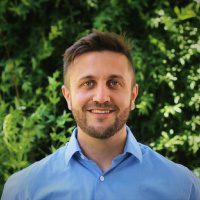
Prem Zalzman Prem es licenciado en Gestión Ambiental por medio de la Universidad de CAECE en Argentina. Siempre motivado y apasionado por generar un impacto positivo, Prem continuó su formación especializándose en gestión de energía e innovación. Cuenta con amplia experiencia en el sector público y de gobierno, trabajando directamente como asesor y coordinador de iniciativas de protección ambiental y para contrarrestar el impacto del cambio climático. Desde hace más de tres años se ha dedicado a crear y crecer Kolibri, una empresa que busca empoderar y conectar a las personas para potenciar la transición hacia una economía socialmente justa y ambientalmente regenerativa. Conectate con Prem en LinkedIn.
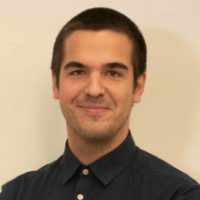
Federico Gomez es economista de formación por la Universidad Torcuato Di Tella en Buenos Aires, Argentina. Siempre apasionado por el empredimiento y por crear soluciones, Federico ha estado involucrado en la fundación de empresas en el entorno de innovación, tecnología y circularidad. Desde hace más de tres años se ha dedicado a crear y crecer Kolibri, una empresa que busca empoderar y conectar a las personas para potenciar la transición hacia una economía socialmente justa y ambientalmente regenerativa. Conectate con Federico en LinkedIn.
